| 4 | To top | ||
 |
4GENE GmbH |
Adamski, Heimo
Biotechnology meets Industry - Today: Overheating Alert Solution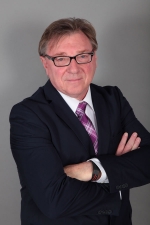
 Abstract Biography |
Young Disruptors |
| A | To top | ||
 |
ABB Semiconductors |
Kraxenberger, Manfred

 Biography |
Fab Management Forum |
 |
Advacam Ltd |
Kalliopuska, Juha
Spectral Imaging Cameras with Application Examples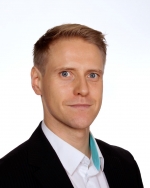
 Abstract Biography |
Finnish Special Session |
 |
AdvancedEPI |
Colston, Gerard
Novel Group IV Epitaxial Materials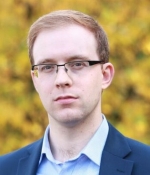
 Abstract Biography |
Exhibitor Presentations |
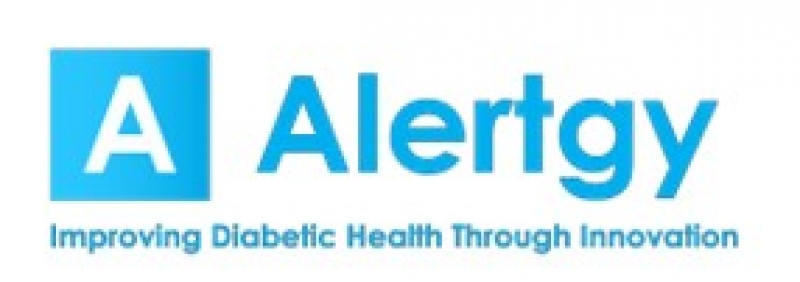 |
Alertgy |
Hubert, John
Non-Invasive Continuous Glucose Monitor (NICGM) for Diabetics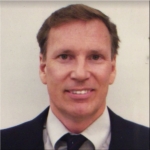
 Abstract Biography |
SMART MedTech |
 |
Amazon Web Services |
Pellerin, David
Cloud-Accelerated Innovation for Semiconductor Design and Verification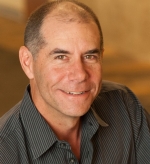
 Abstract Biography |
SMART Design |
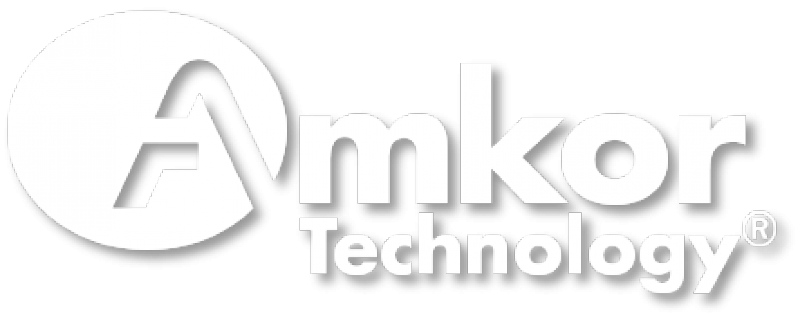 |
Amkor Technology, Inc. |
John, Gerard
Don't Let Your ADAS Chips Crash! Test Them!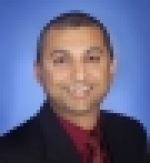
 Abstract Biography |
Advanced Packaging Conference |
 |
ams |
Frederix, Filip
Sensors to Enable Consumer Health Applications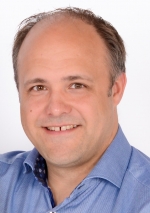
 Abstract Biography |
SMART MedTech |
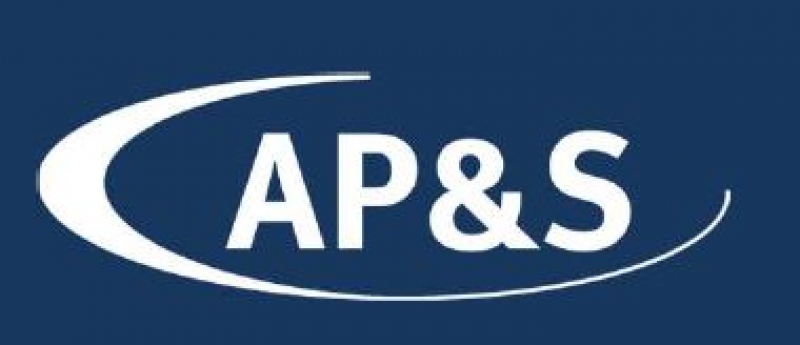 |
Ap-s |
Kluge, Christoph
Use of AI based predictive maintenance solutions to predict failures and tovisualize the required preventive maintenance operations within a shopfloor todetermine the optimal maintenance schedule for a production process chain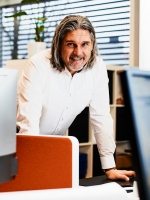
 Abstract Biography |
Fab Management Forum |
 |
APPLE T CO., LTD |
Rah, Elly Kyungjin
Apple T Co., Ltd - TEL Track Used Equipment/Refurbishment & Turnkey Service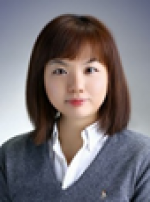
 Abstract Biography |
Connect Korean Suppliers with European Customers |
 |
Applied Material |
Vaughan-Edmunds, Llew
Specialty Markets & More-than-Moore (MtM) Technologies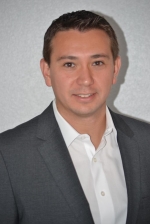
 Abstract Biography |
Challenges of Moores Law |
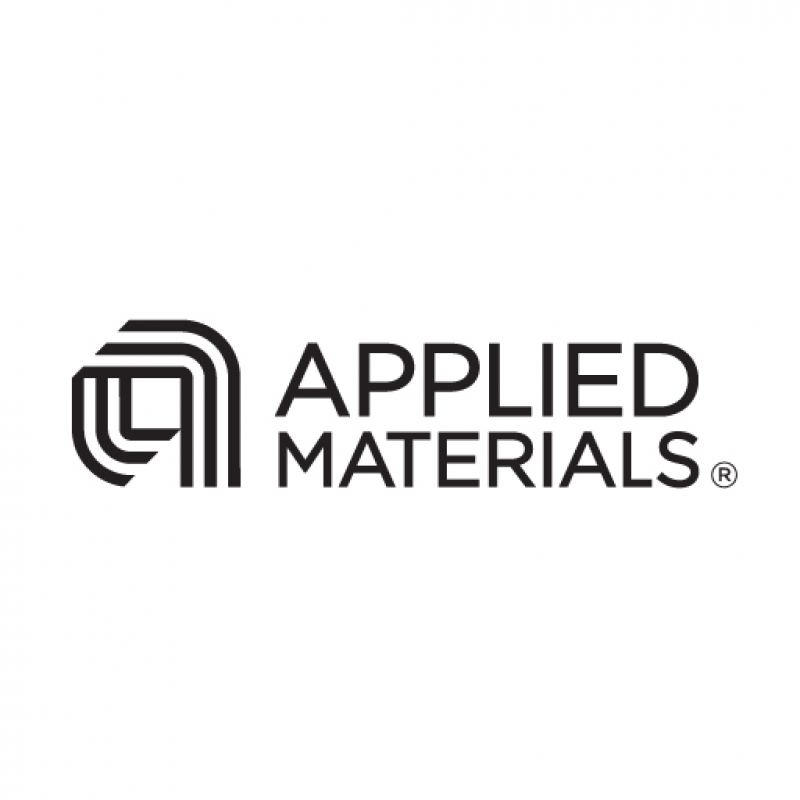 |
Applied Materials |
Ramamurthy, Sundar
Enabling Applications in the IoT Era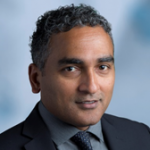
 Abstract Biography |
Opening Ceremony & Keynote |
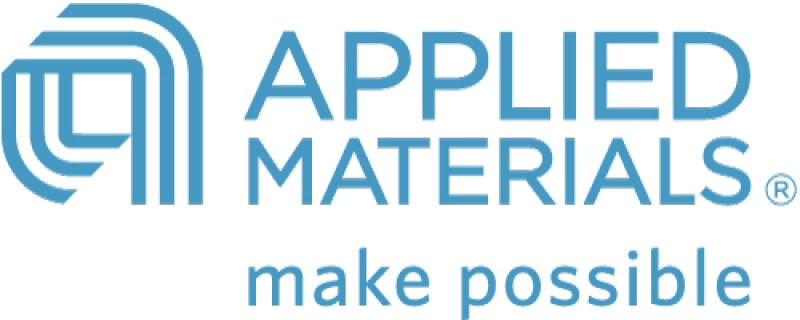 |
Applied Materials Europe |
Robson, James
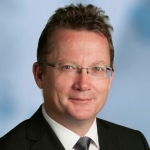
 Biography |
SMART Workforce |
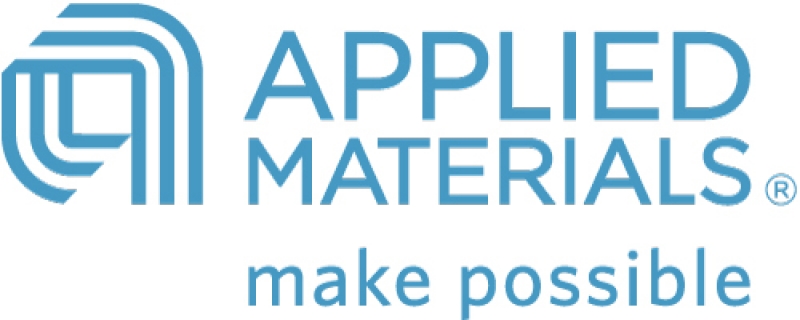 |
Applied Materials GmbH |
Schwuchow, Caroline
Navigating Success in the Semiconductor Industry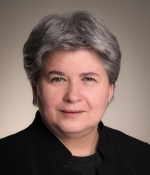
 Abstract Biography |
SMART Workforce |
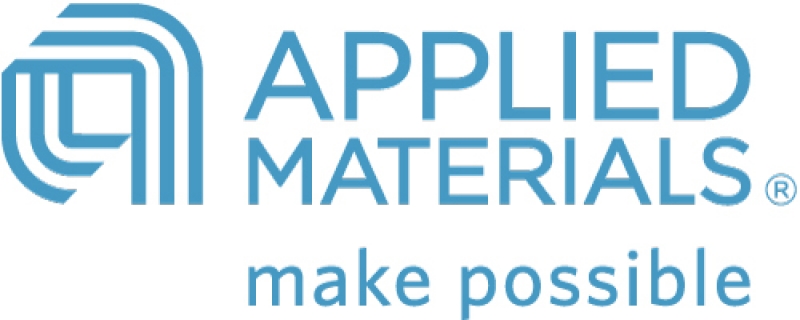 |
Applied Materials GmbH |
Clark, Emily
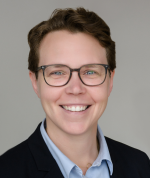
 Biography |
SMART Workforce |
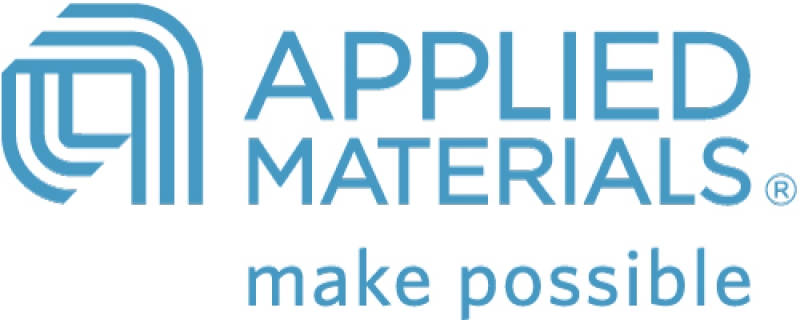 |
Applied Materials India Pvt Ltd |
Malik, Nitin Singh
Metrology Advances for Digitized ECS Industry 4.0 (MADEin4 Overall Concept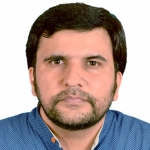
 Abstract Biography |
MADEin4 Session |
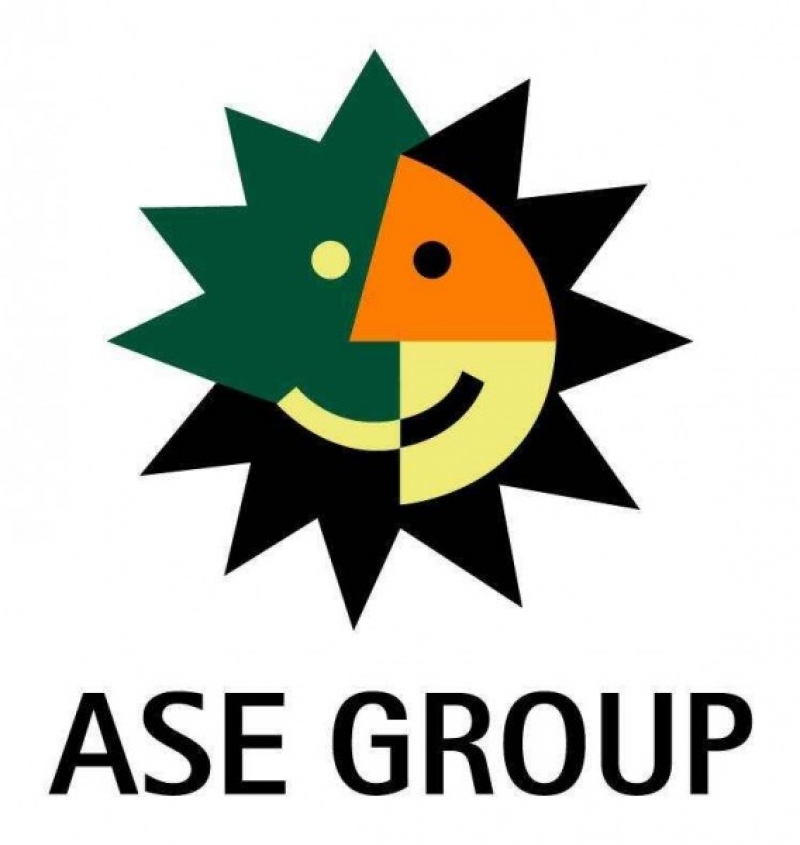 |
Ase |
Chen, William
Heterogenous Integration: the driving force for systems of the future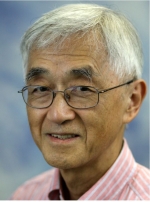
 Abstract Biography |
Advanced Packaging Conference |
 |
ASE Group |
Hunt, John
Innovations in Fan Out for Heterogeneous Integration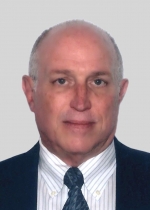
 Abstract Biography |
Strategic Materials Conference |
 |
ASM NEXX |
Hollman, Richard
Innovative Panel Plating for Heterogeneous Integration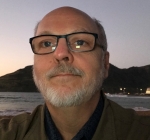
 Abstract Biography |
Advanced Packaging Conference |
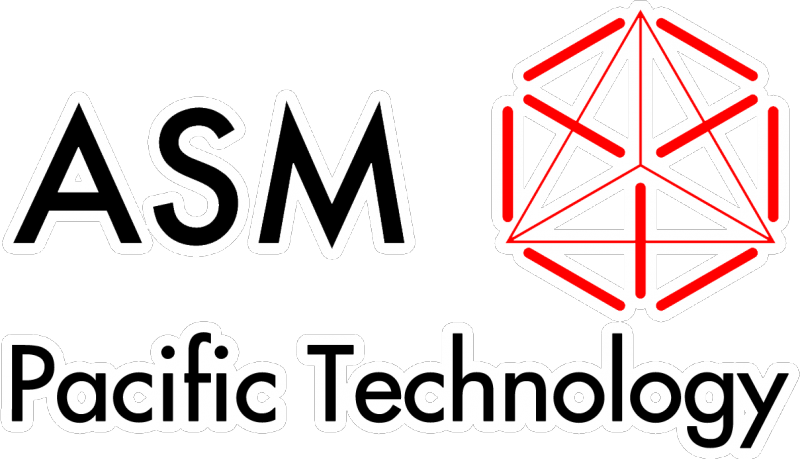 |
Asml |
Song, James
Smart Manufacturing for Packaging Industry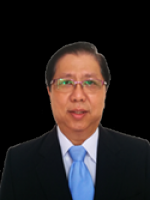
 Abstract Biography |
Smart Manufacturing II (hardware-centric) |
 |
Atotech Deutschland GmbH |
Knaup, Jan M.
Influence of Chemical Copper Surface Treatments on the Mechanical Reliability and Failure Modes in Heterogeneous Integration Packages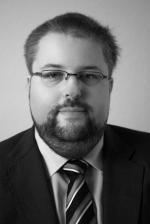
 Abstract Biography |
Strategic Materials Conference |
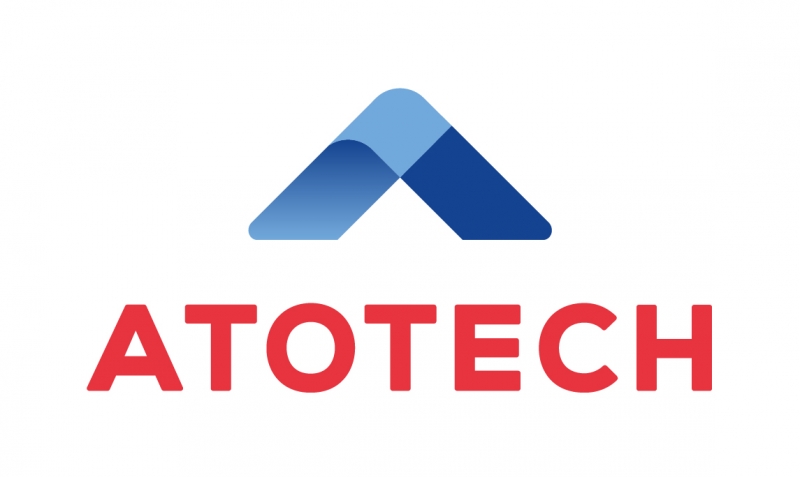 |
Atotech Deutschland GmbH |
Hörburger, Markus
Holistic Approach to Improve the Reliability of Advanced Heterogeneous Packaging by Chemistry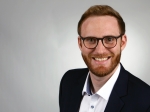
 Abstract Biography |
Advanced Packaging Conference |
 |
Audi AG |
Hellenthal, Berthold
Electrification: HW, SW and boundaries requirements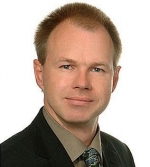
 Abstract Biography |
SMART Transportation Forum Opening Ceremony & Keynote |
| B | To top | ||
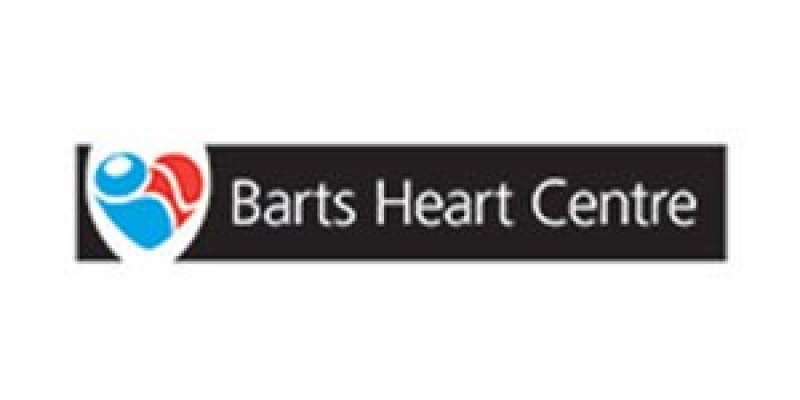 |
Bart's Heart Centre |
Mathur, Anthony
The Clinician’s Point of View
 Abstract Biography |
SMART MedTech |
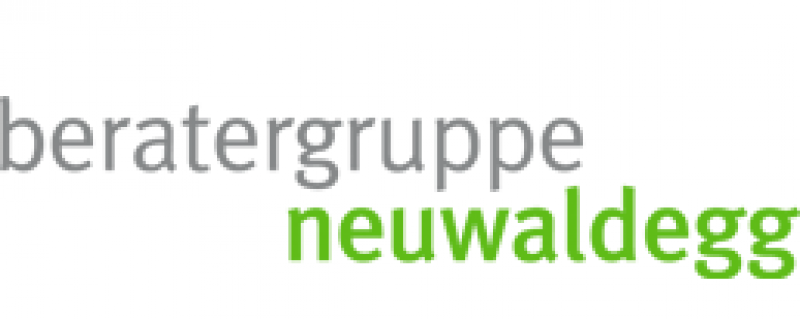 |
Beratergruppe Neuwaldegg GmbH |
Ried, Christian
Self-organization, hype or hope? How to leverage the potential benefits of speeding up in a VUCA world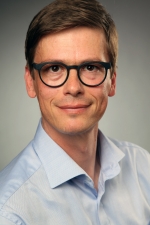
 Abstract Biography |
Fab Management Forum |
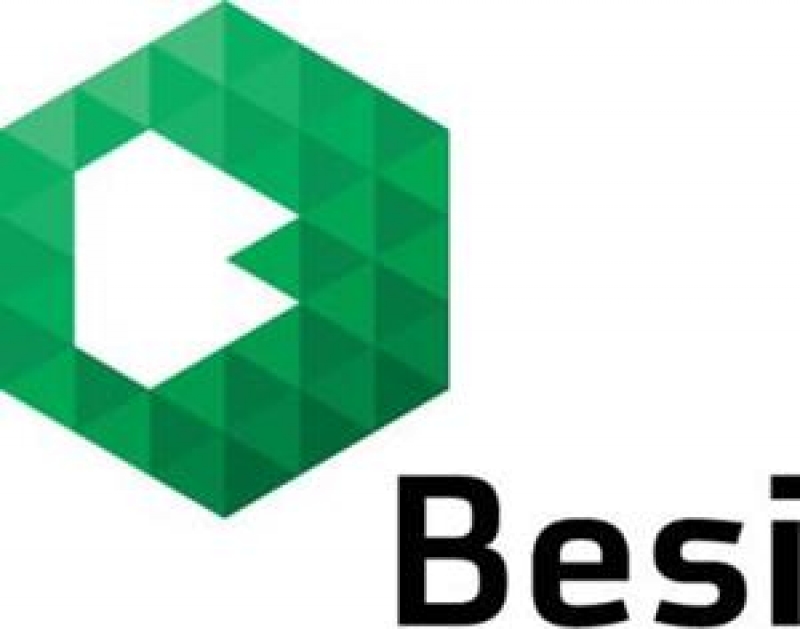 |
BESI Austria GmbH |
Abdilla, Jonathan
Packaging of a MOEMS LIDAR sub assembly for distance metering on a 3D housing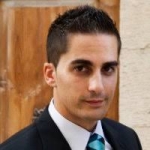
 Abstract Biography |
Advanced Packaging Conference |
 |
Bluefors Oy |
Gunnarsson, David
Cryogenics role in quantum technology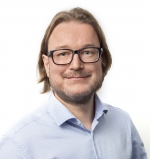
 Abstract Biography |
Finnish Special Session |
 |
BMW Group |
Schambeck, Simon
Effect of harsh temperature ramp rates on solder joints of Wafer-Level CSPs in board level reliability tests.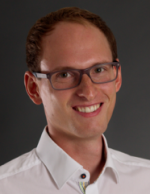
 Abstract Biography |
Advanced Packaging Conference |
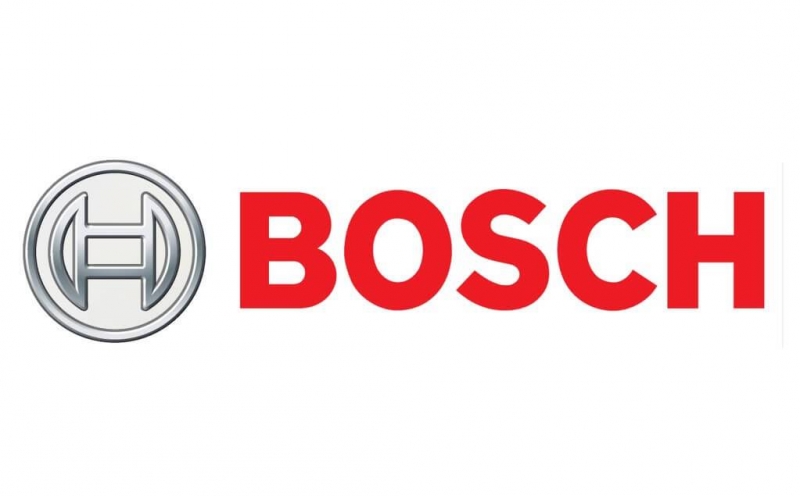 |
Bosch |
Bayer, Sebastian
Full Factory Scheduling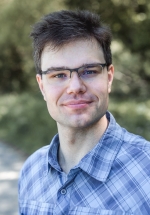
 Abstract Biography |
Fab Management Forum |
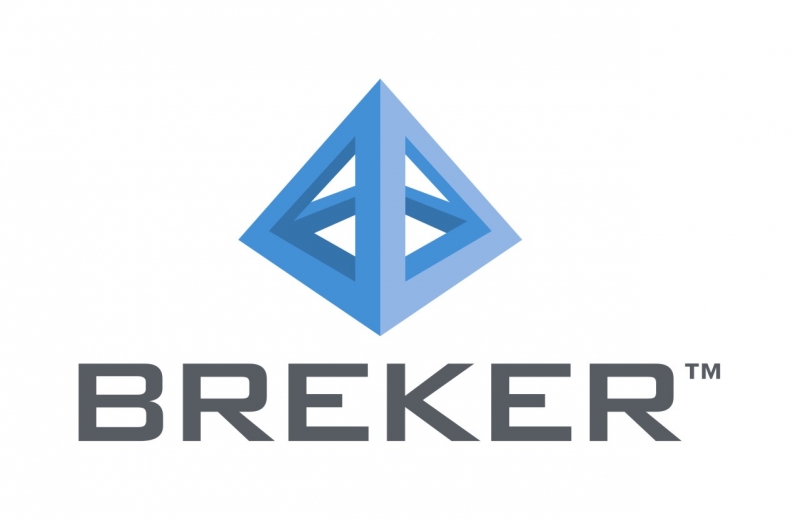 |
Breker Verification Systems |
Hamid, Adnan
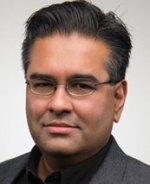
 Biography |
SMART Design |
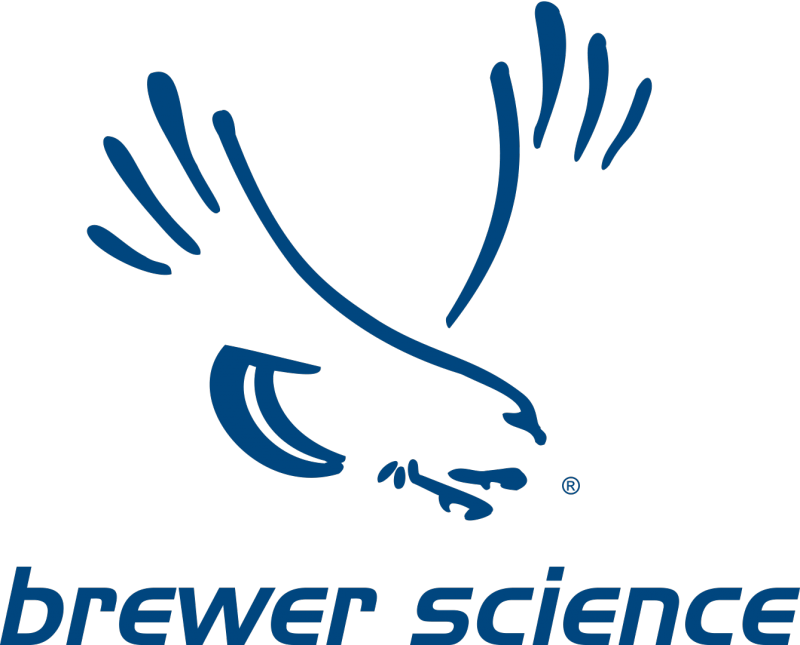 |
Brewer Science, Inc |
Guerrero, Alice
Temporary Bonding Materials: The Future Beyond Temporary Thin Wafer Handling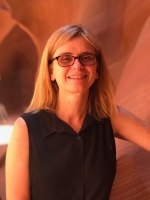
 Abstract Biography |
Strategic Materials Conference |
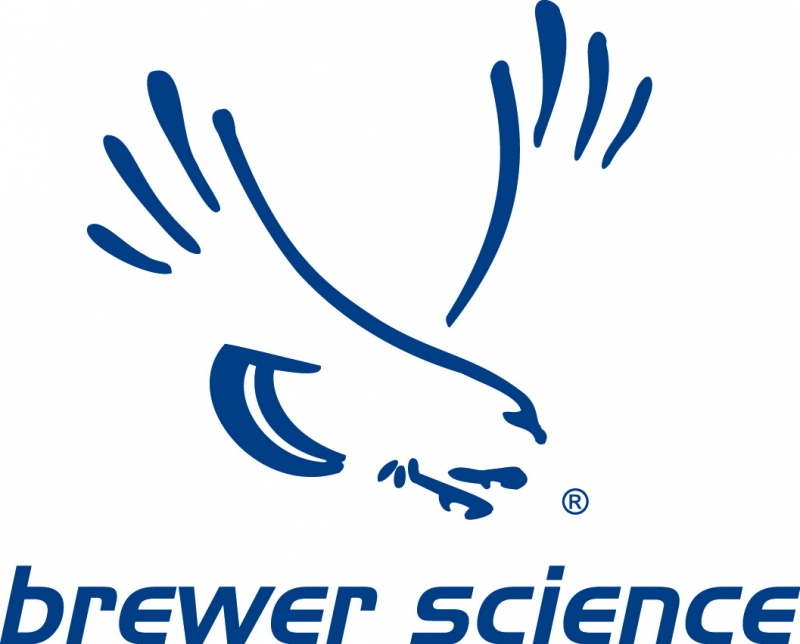 |
Brewer Science, Inc. |
Guerrero, Douglas
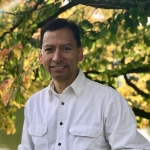
 Biography |
Strategic Materials Conference |
 |
BusinessMediaRussia |
Rubas, Anna
SEMIEXPO Russia 2020 – new instruments for growing business with Russia and CIS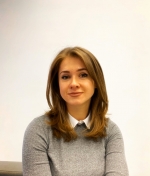
 Abstract Biography |
Russia on the Edge of Digital Transformation |
| C | To top | ||
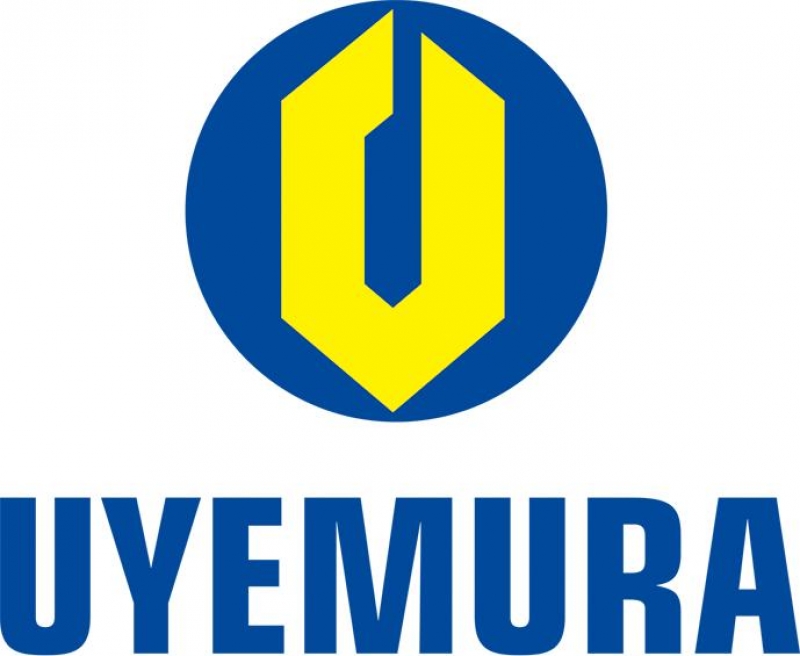 |
C.Uyemura & Co.,Ltd. |
Sakuma, Yuichi
Low Phosphorus Content Of Electroless-Ni for Power Device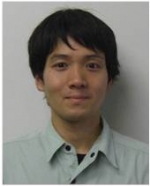
 Abstract Biography |
Advanced Packaging Conference |
 |
Cadence |
Malter, Christian
The Power of purpose built SoCs in Automotive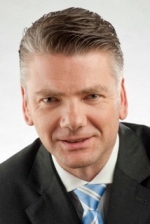
 Abstract Biography |
SMART Transportation Forum |
 |
Cadence Design Systems, Inc. |
Cunningham, Paul
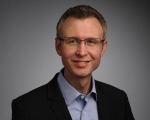
 Biography |
SMART Design |
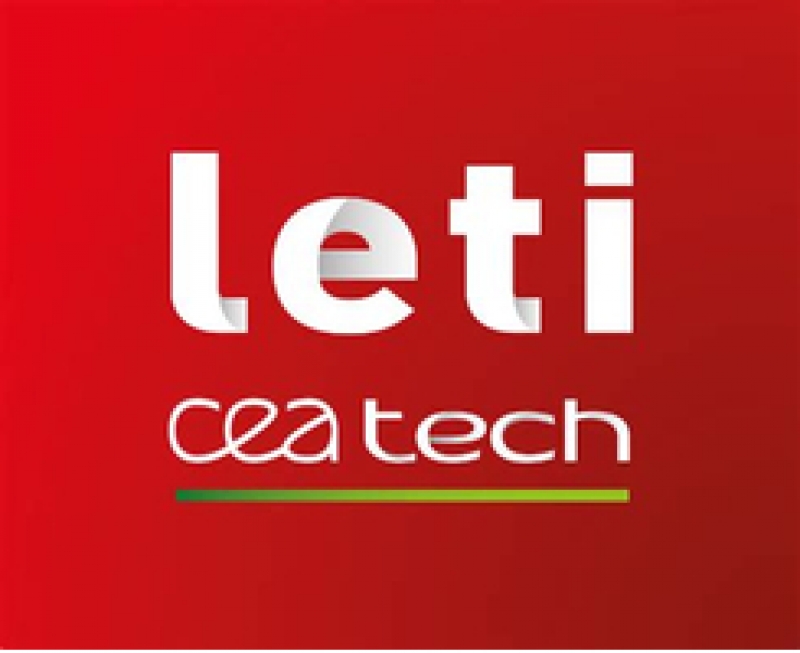 |
CEA |
Vinet, Maud
Silicon for large scale quantum computing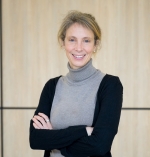
 Abstract Biography |
Disruptive Computing |
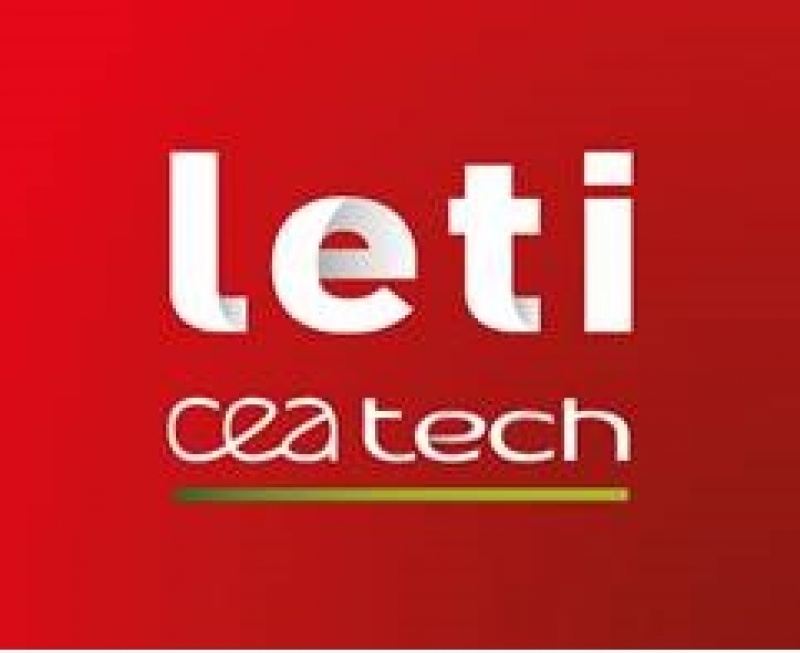 |
CEA-Leti |
Feuillet, Guy
Nanopatterning for Reduced Template Hetero-Epitaxy of Low Defect Density Semiconductors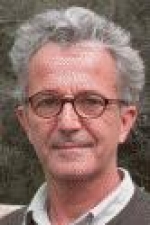
 Abstract Biography |
Strategic Materials Conference |
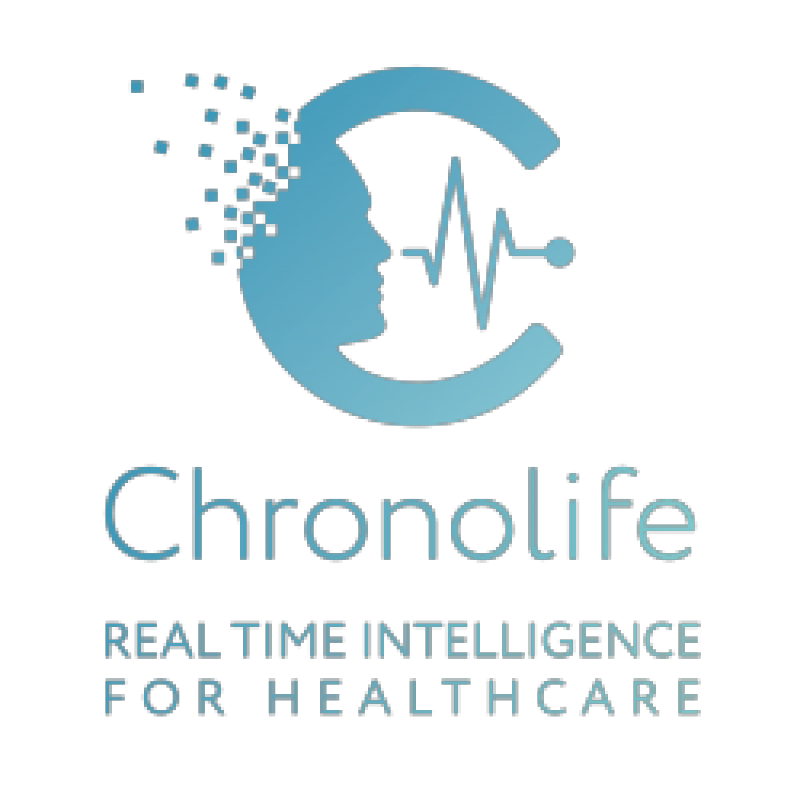 |
Chronolife |
Vandebrouck, Laurent

 Biography |
SMART MedTech |
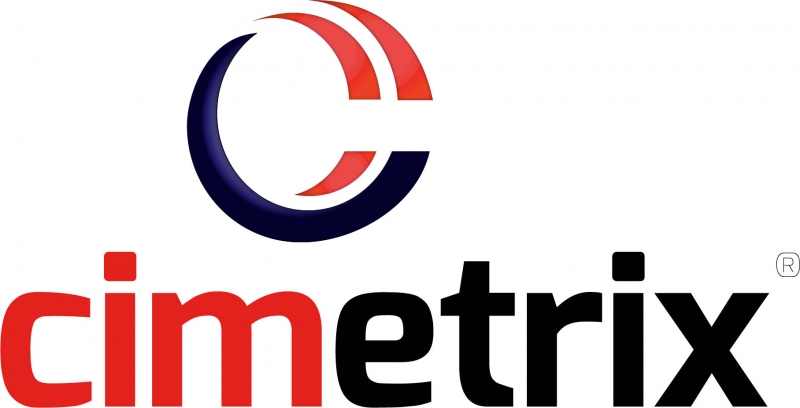 |
Cimetrix Incorporated |
Weber, Alan
Semiconductor Smart Manufacturing: An Evolving Nexus of Business Drivers, Technologies, and Standards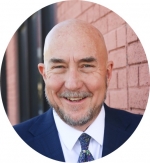
 Abstract Biography |
Exhibitor Presentations |
 |
CNRS-Grenoble INP |
Balestra, Francis
Challenges for the end of Moore Law
 Abstract Biography |
Challenges of Moores Law |
 |
Cobham Advanced Electronics Solutions |
Sayer, Christian
Addressing the "New-Space" Paradigm Shift in Development and Production of High Reliability, Space Grade Semiconductor Components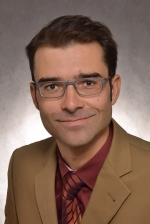
 Abstract Biography |
SMART Design |
 |
Cohu, Inc. |
Cockburn, Peter
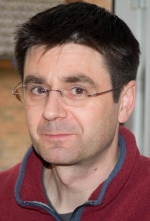
 Biography |
Advanced Packaging Conference |
 |
Convanit GmbH&Co.KG |
Thurner, Ines
A Roadmap for the future inline control and yield management in MEMS production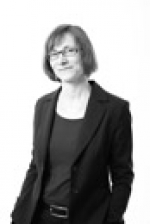
 Abstract Biography |
MEMS along the Value Chain |
 |
CrocusNano Electronics (CNE) |
Salynsky, Nikolay
Disruptive NVM Technologies in Russia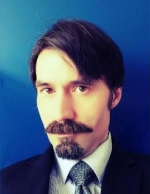
 Abstract Biography |
Russia on the Edge of Digital Transformation |
| D | To top | ||
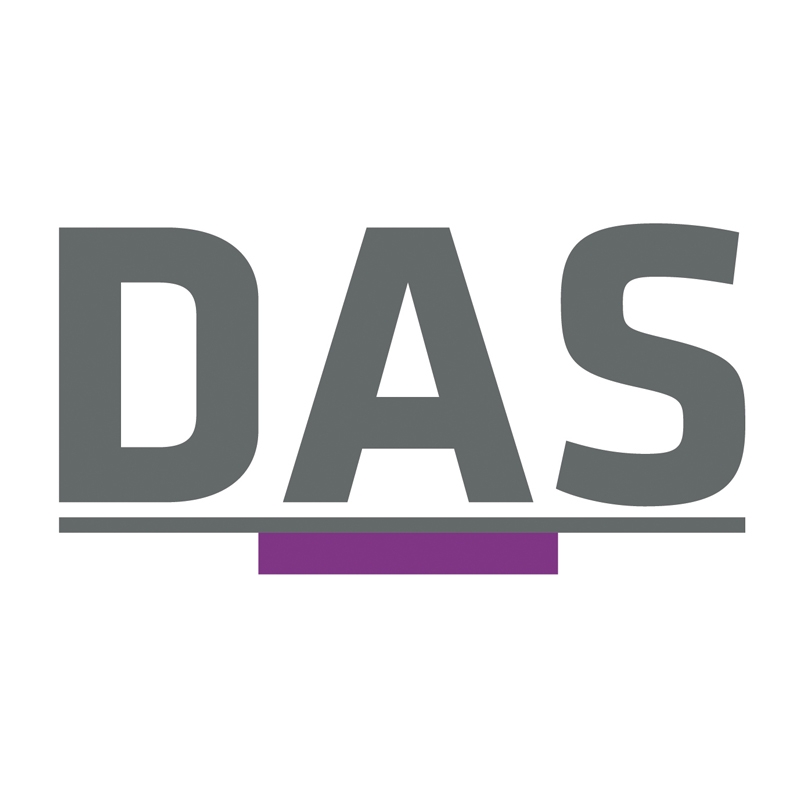 |
DAS Environmental Expert GmbH |
Winter, Jörg
From Resource Saving to Circular Economy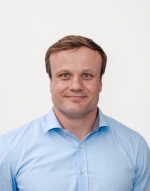
 Abstract Biography |
Building a Circular Economy in the Electronics Manufacturing Industry |
 |
DAS Environmental Experts |
Raithel, Stephan
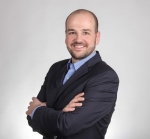
 Biography |
3D Printing |
 |
DBschenker |
Kemmerling, Florian
Long way to visibility - IoT as enabler for full transparency along the supply chain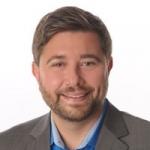
 Abstract Biography |
Smart Manufacturing I (software-centric) |
 |
DECISION Etudes & Conseil |
Coulon, Olivier
Worldwide Electronics Industry Market Trends : Cycles and Recent Evolutions by region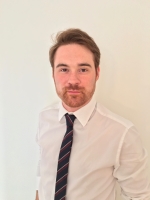
 Abstract Biography |
Global Trade Disputes: a zero-sum game for all ― is there a way out? |
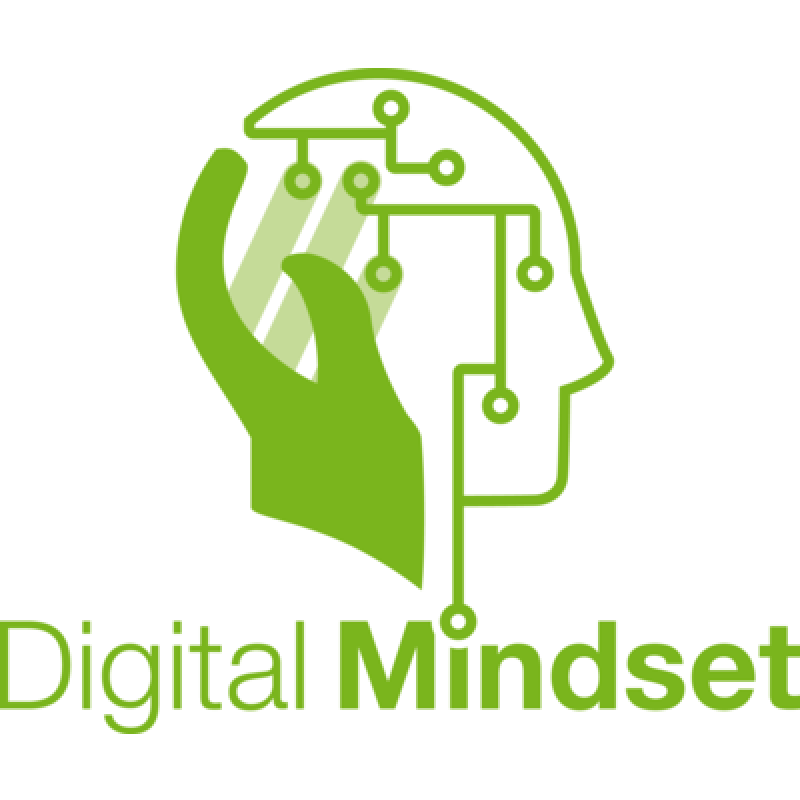 |
Digital Mindset GmbH |
Bredlow, Christian
From now on everybody is #Agile, or what?
 Abstract Biography |
Fab Management Forum |
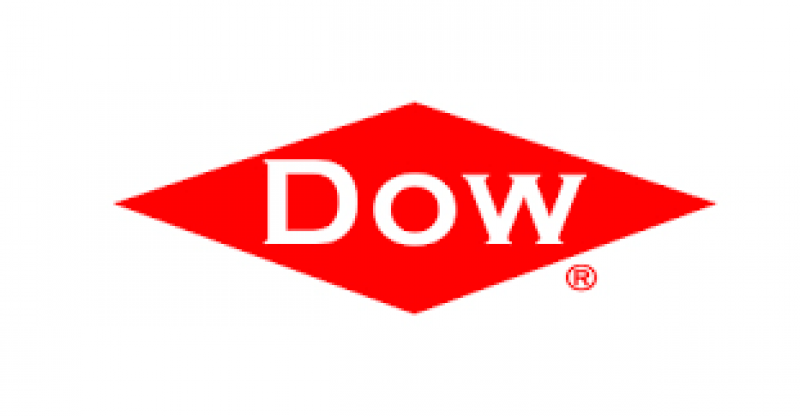 |
DOW Silicones Belgium |
Seldrum, Thomas
Ultra-Low Stress Silicone Die-Attach Film For Stress Sensitive, SiP and Stacked Dies Assembly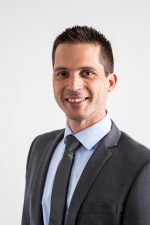
 Abstract Biography |
Strategic Materials Conference |
| E | To top | ||
 |
E tech Solution, Inc |
Lee, Jung Hyun
E-tech Solution is a company dedicated for Used- semiconductor Equipment and Parts business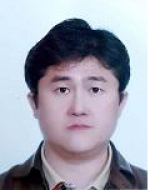
 Abstract Biography |
Connect Korean Suppliers with European Customers |
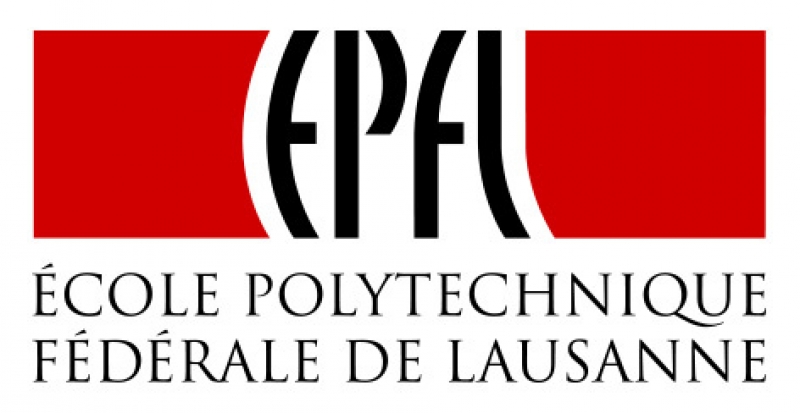 |
Ecole Polytechnique Fédérale de Lausanne (EPFL) |
M. Ionescu, Adrian
Human Avatars, the Next Paradigm in Healthcare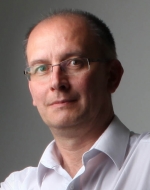
 Abstract Biography |
SMART MedTech |
 |
Edwards |
Czerniak, Mike
The UN IPCC GHG Guidelines (2019) and the Impact on the Semiconductor Industry;What are the Changes & Implications?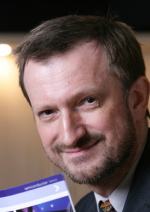
 Abstract Biography |
SMART Workforce |
 |
Edwards |
Lievens, Tom
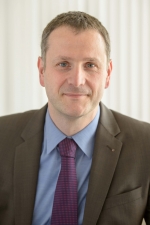
 Biography |
SMART Workforce |
 |
Edwards |
Key, Tony
Transitioning to a circular economy in the Sub Fab supporting EUVL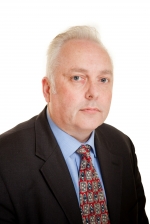
 Abstract Biography |
Building a Circular Economy in the Electronics Manufacturing Industry |
 |
Edwards Vacuum |
Walsh, Niall
More than Moore - Edwards EUVL HVM Availability Programme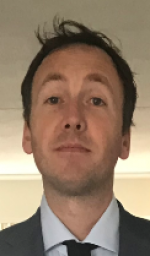
 Abstract Biography |
Fab Management Forum |
 |
Eindhoven University of Technology |
Heemstra de Groot, Sonia
Wireless research beyond 5G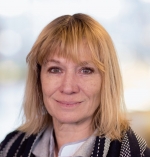
 Abstract Biography |
Technology for Communication |
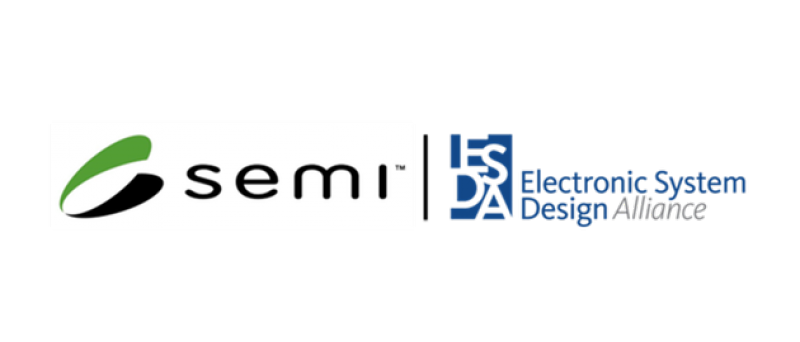 |
Electronic System Design (ESD) Alliance a SEMI Strategic Association Partner |
Smith, Bob
Welcome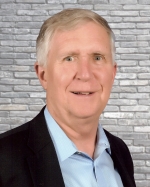
 Abstract Biography |
SMART Design |
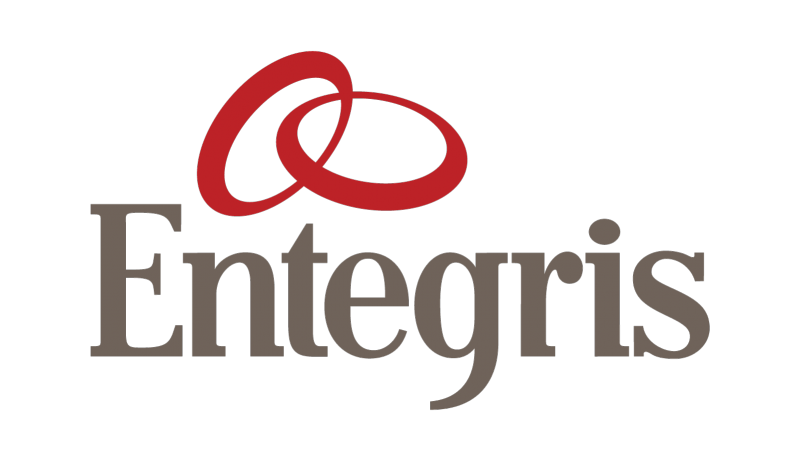 |
Entegris |
Pantazis, Antonis
Measurement of oversize particles in the CMP process.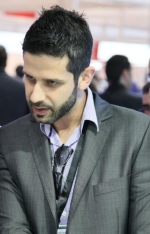
 Abstract Biography |
Exhibitor Presentations |
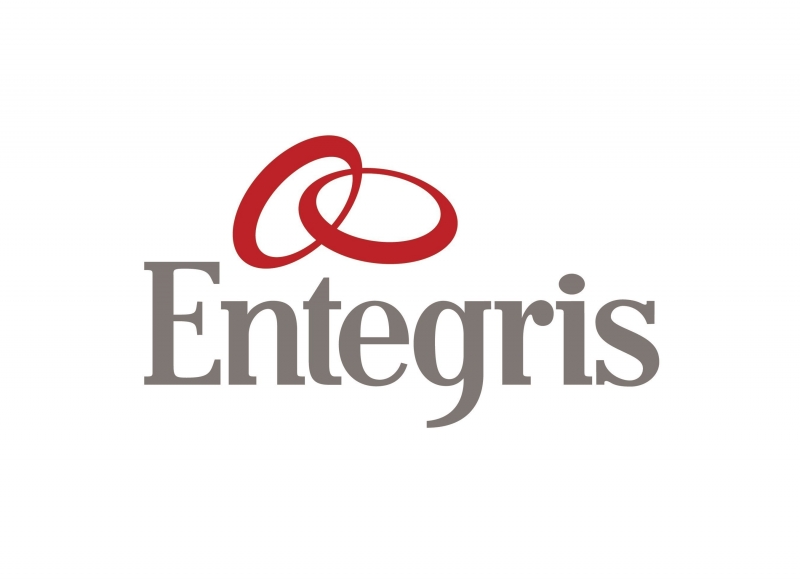 |
Entegris GmbH |
Lundgren, Jorgen
Moisture and AMC reduction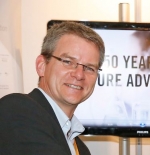
 Abstract Biography |
Exhibitor Presentations |
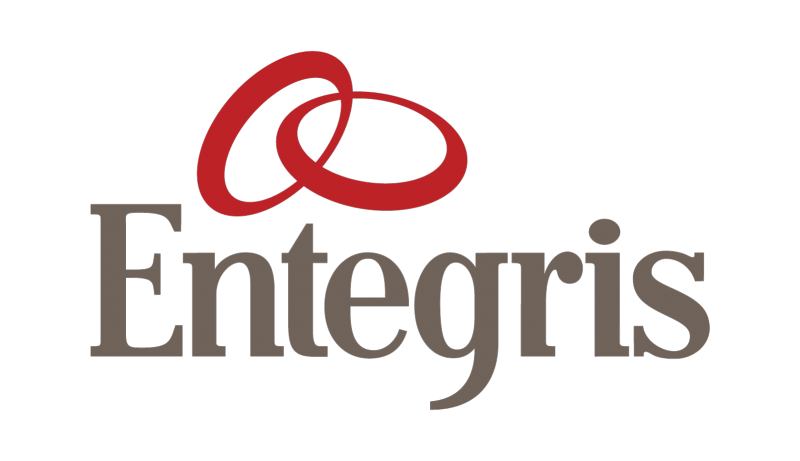 |
Entegris SAS |
Amade, Antoine
A new collaborative approach to defectivity challenges in the automotive industry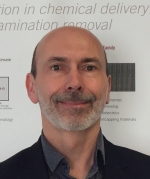
 Abstract Biography |
SMART Transportation Forum |
 |
Ericsson AB |
Tillman, Fredrik
5G radios – commercial challenges and opportunities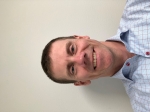
 Abstract Biography |
Technology for Communication |
 |
Eriksholm Research Center |
Hermann, Uwe Andreas
Disruptions Ahead – Hearings Instruments as Multi-Sensor Platforms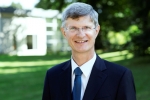
 Abstract Biography |
Disruptive Computing |
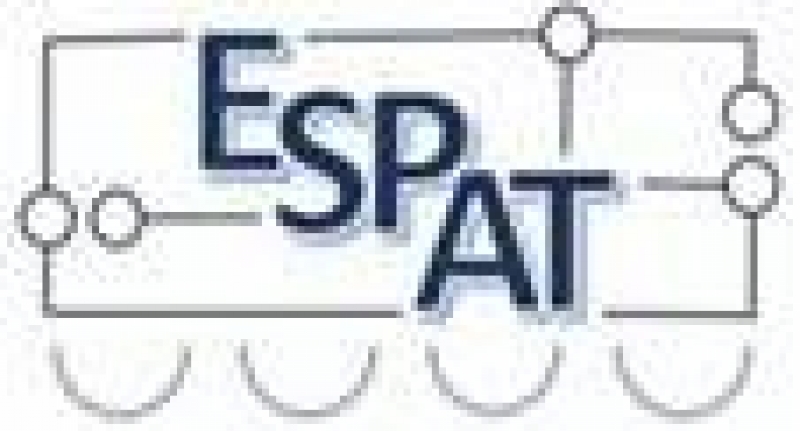 |
ESPAT Consulting |
Kroehnert, Steffen
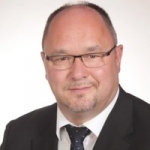
 Biography |
Advanced Packaging Conference |
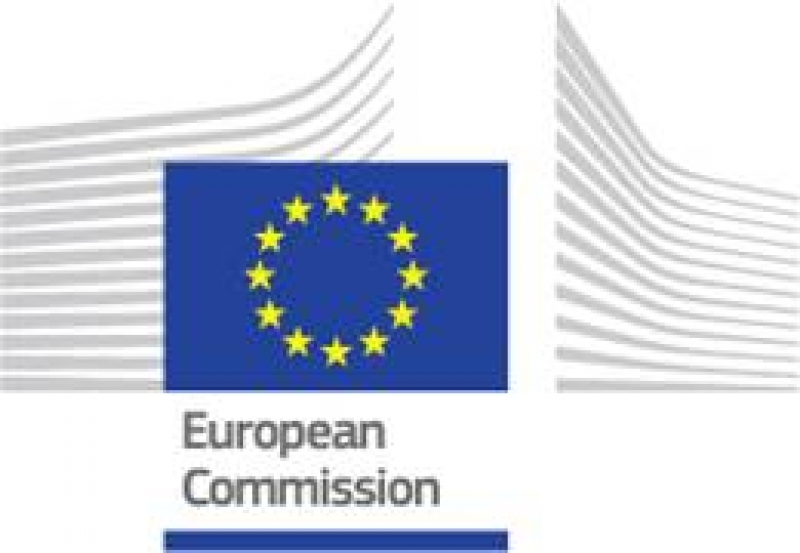 |
European Commission |
Lymberis, Andreas
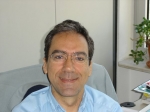
 Biography |
SMART MedTech |
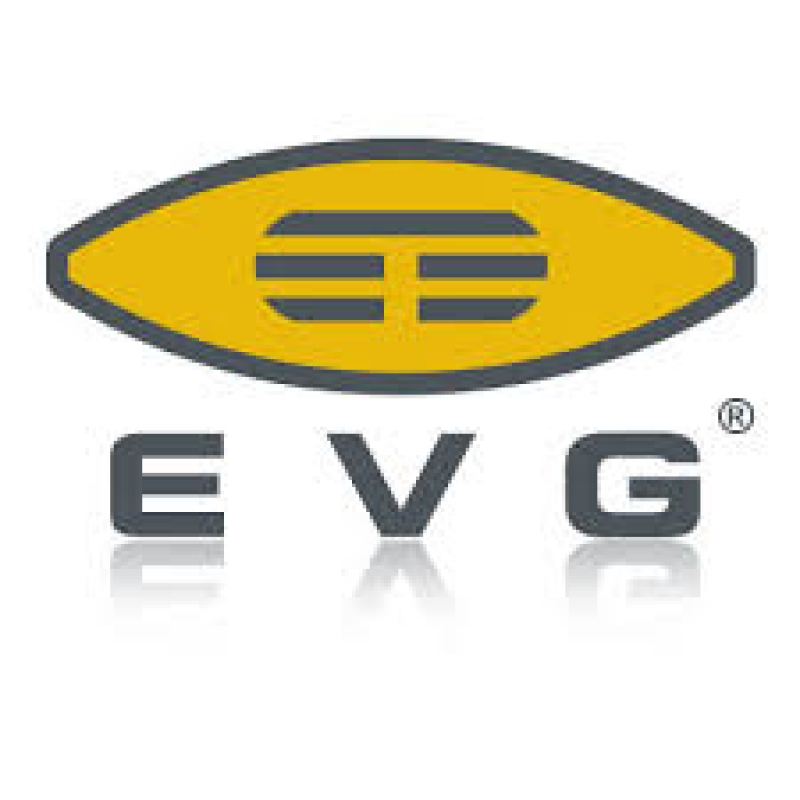 |
Evg |
Brandl, Elisabeth
Mechanical Debonding for ultrathin chiplet manufacturing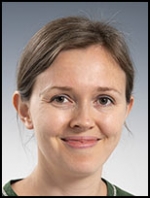
 Abstract Biography |
Advanced Packaging Conference |
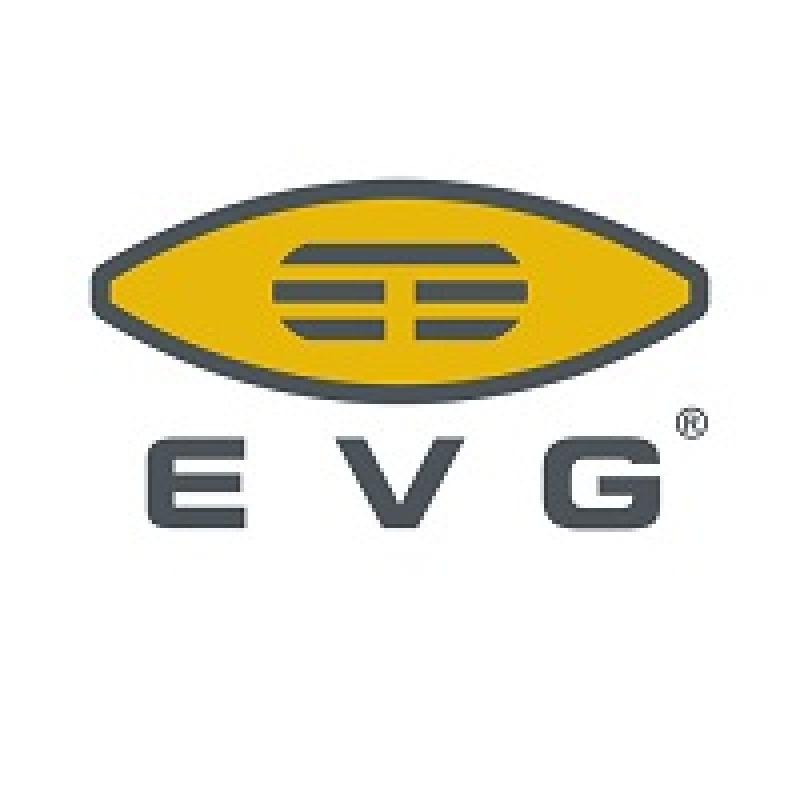 |
Evg |
Matuskova, Bozena
Advanced black resist processing and optimized lithographic patterning for novel optical MEMS devices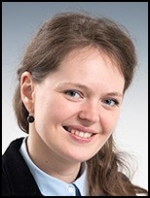
 Abstract Biography |
MEMS along the Value Chain |
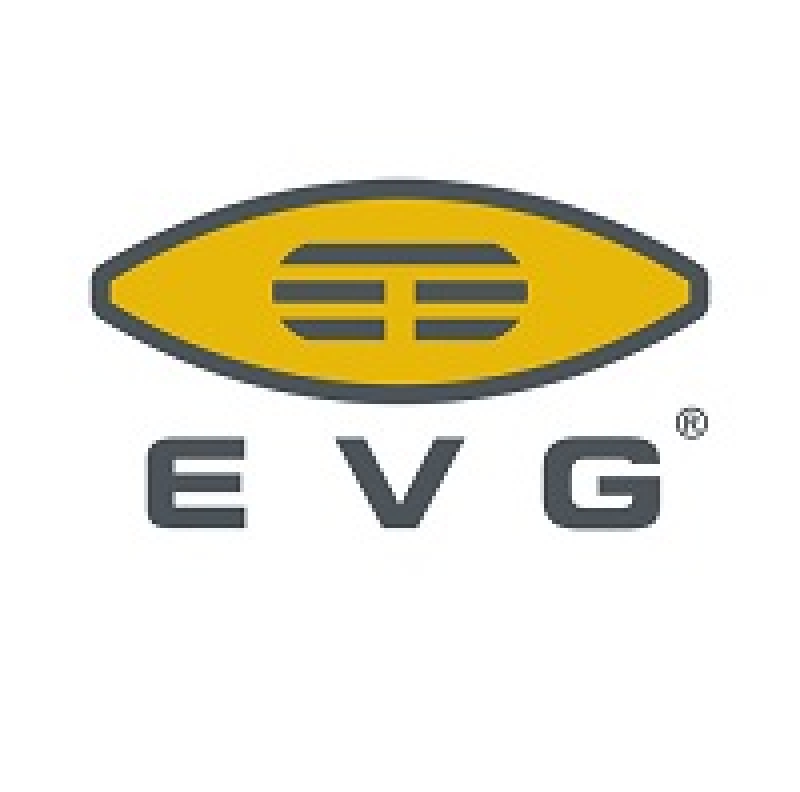 |
EVGroup |
Uhrmann, Thomas
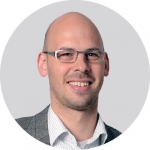
 Biography |
MEMS along the Value Chain |
| F | To top | ||
 |
Fabmatic |
Martin, Heinz
Automate#LikeABosch – BOSCH’s path to entire Fab Automation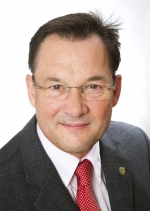
 Abstract Biography |
Smart Manufacturing II (hardware-centric) |
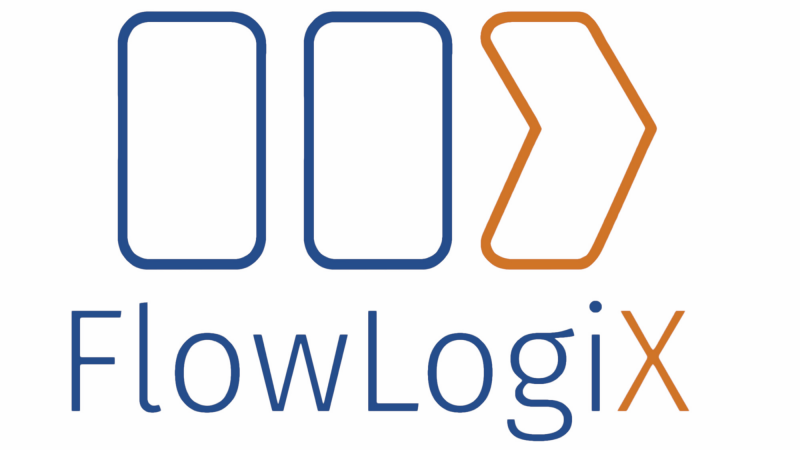 |
FlowLogiX GmbH |
Erler, Martin
A disruptive workflow for planning, monitoring and improving automated material handling systems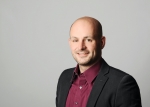
 Abstract Biography |
Young Disruptors |
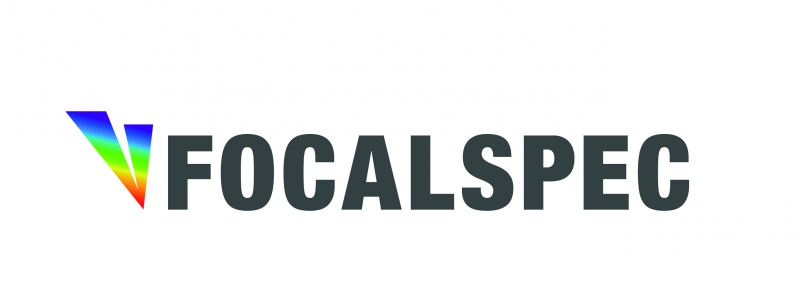 |
FocalSpec Ltd |
Deveci, Murat
Line Confocal Sensors for Industrial Inspection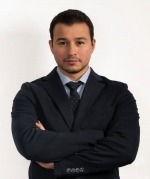
 Abstract Biography |
Exhibitor Presentations |
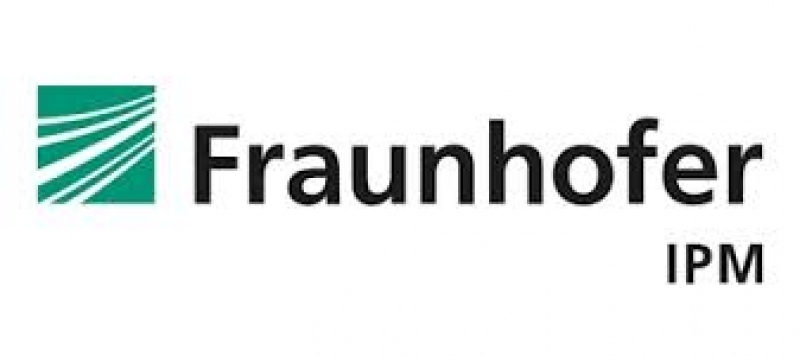 |
Fraunhofe ipms |
Gerlich, Lukas
Interconnects, scaling and integrational aspects in 300mm R&D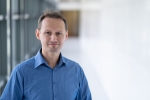
 Abstract Biography |
Challenges of Moores Law |
 |
Fraunhofer-Institut für Integrierte Schaltungen IIS |
Loidl, Karin
5G for industrial Applications
 Abstract Biography |
Smart Manufacturing I (software-centric) |
 |
Fraunhofer EMFT |
Leistner, Henry
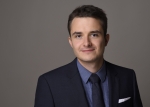
 Biography |
SMART MedTech |
 |
Fraunhofer EMFT |
Richter, Martin
Precise Drug Delivery for Personalized Healthcare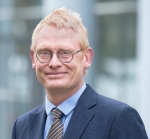
 Abstract Biography |
SMART MedTech |
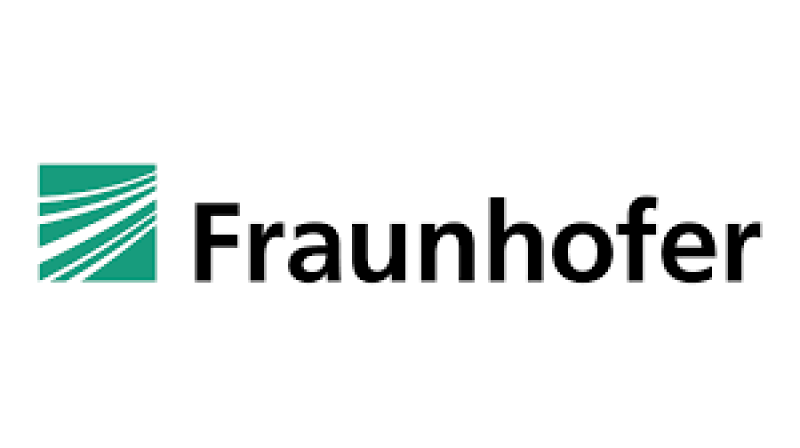 |
Fraunhofer Group for Microelectronics |
Bressler, Patrick
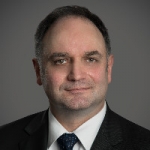
 Biography |
Disruptive Computing |
 |
Fraunhofer IISB |
Pfeffer, Markus

 Biography |
Challenges of Moores Law |
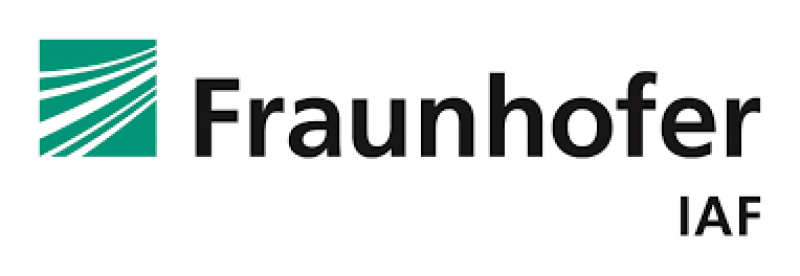 |
Fraunhofer Institute |
Quay, Rüdiger
Diamond for Quantum Computing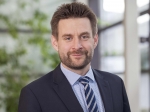
 Abstract Biography |
Disruptive Computing |
 |
Fraunhofer IPMS |
Lakner, Hubert
Next Generation Computing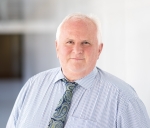
 Abstract Biography |
Opening Ceremony & Keynote |
 |
Fraunhofer IZM |
Schischke, Karsten
A Circular Economy for Smartphones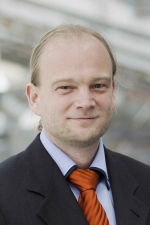
 Abstract Biography |
Building a Circular Economy in the Electronics Manufacturing Industry |
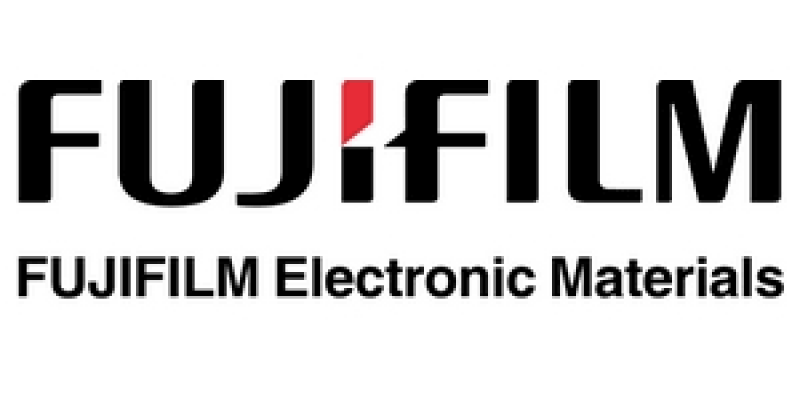 |
Fujifilm Electronic Materials |
Vanclooster, Stefan
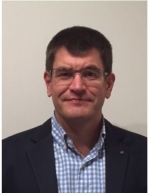
 Biography |
Strategic Materials Conference |
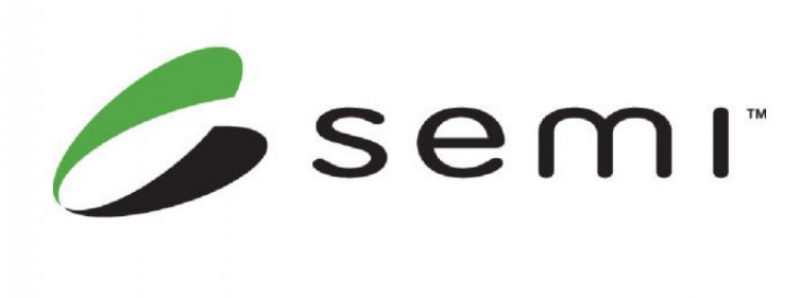 |
Future Horizons |
Penn, Malcolm
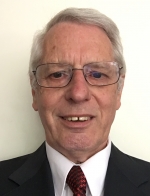
 Biography |
Global Trade Disputes: a zero-sum game for all ― is there a way out? |
 |
Fyla laser |
Naujalis, Paulius
Two-photon absorption in semiconductors design and manufacturing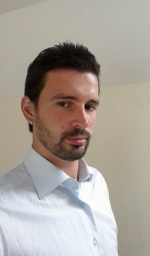
 Abstract Biography |
Exhibitor Presentations |
| G | To top | ||
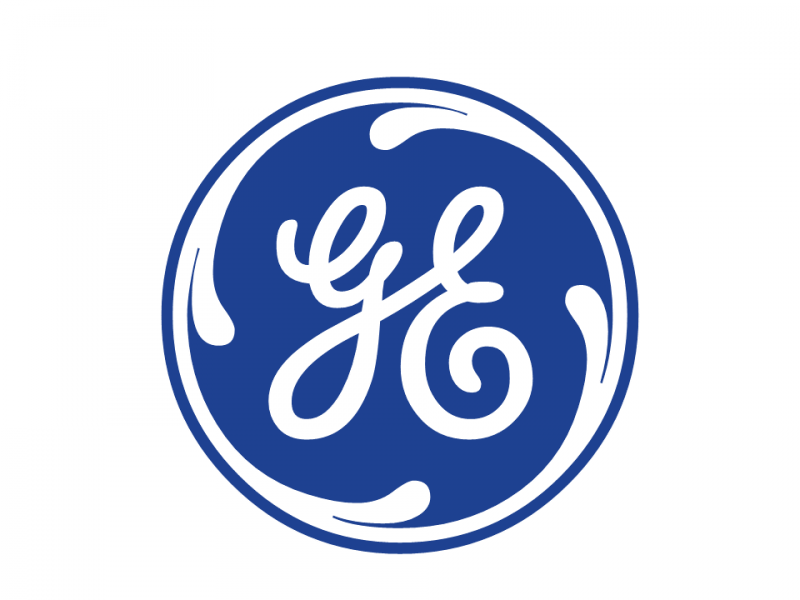 |
GE Research |
Potyrailo, Radislav
Bridging the Gap from Semiconductors to Medical Technologies: GE Research Advances in Multiparameter Gas, Physiological, and Biological Sensing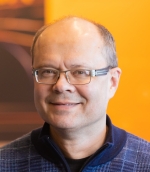
 Abstract Biography |
SMART MedTech |
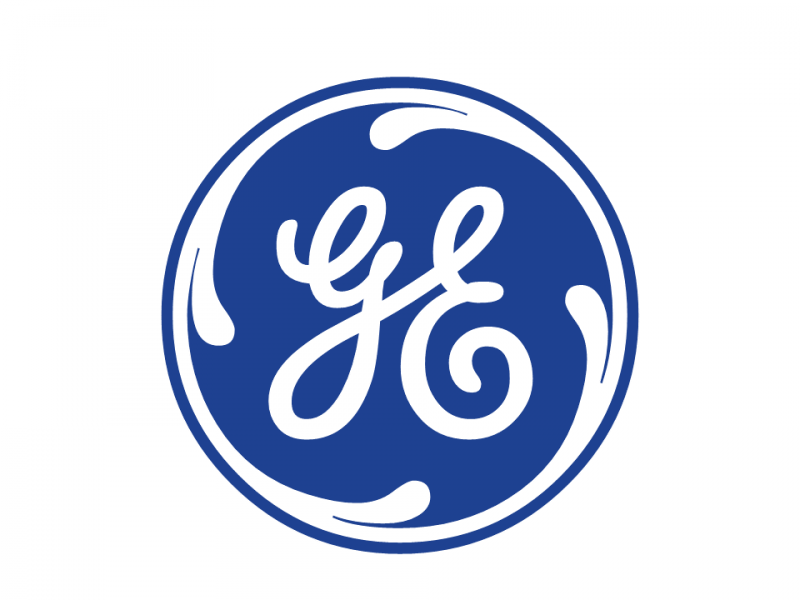 |
GE Research |
Cho, Sanghee
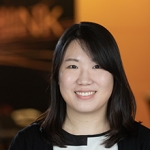
 Biography |
SMART MedTech |
 |
Global ZEUS |
Chung, Mark
ZEUS (Cleaning Equipment)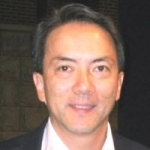
 Abstract Biography |
Connect Korean Suppliers with European Customers |
 |
Globalfoundries |
Capecchi, Simone
Chip Package Interaction Test structure design to address challenges from products with RF specific back end of line metallization options on Flip Chip ETS substrate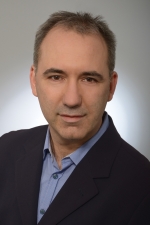
 Abstract Biography |
Advanced Packaging Conference |
 |
Globalfoundries |
Madani, Ramin
Digital Twin / Ion Source Prediction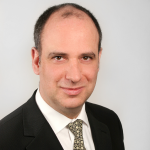
 Abstract Biography |
Fab Management Forum |
| H | To top | ||
 |
Harbor Electronics |
Bleakley, Tom
Stretching the Performance Envelope of ATE PCBs
 Abstract Biography |
Advanced Packaging Conference |
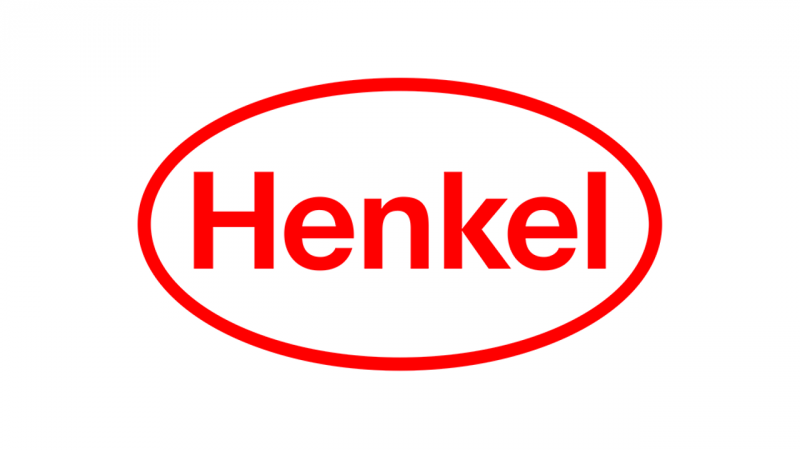 |
Henkel Corporation |
Trichur, Ramachandran
Advanced Assembly Materials for Enabling Heterogeneous Integration and System-in-Package (SiP) Applications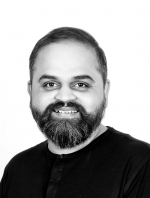
 Abstract Biography |
Advanced Packaging Conference |
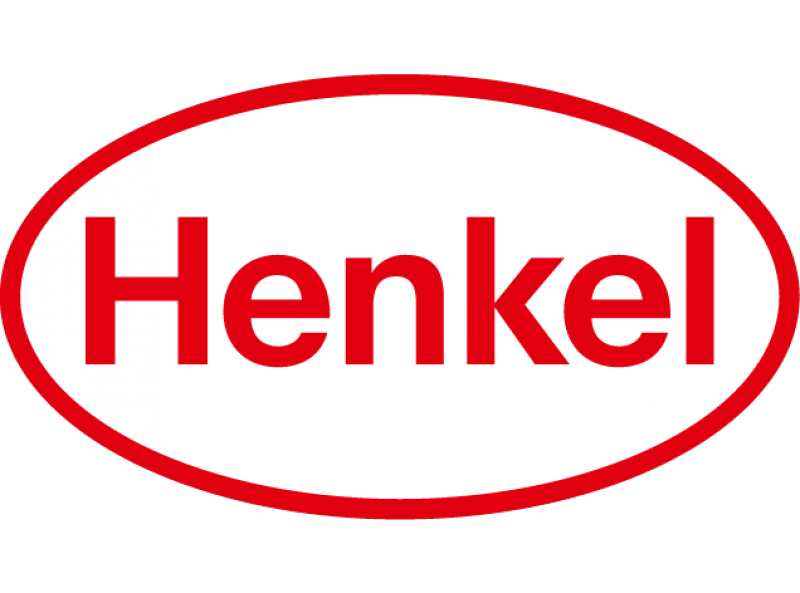 |
Henkel Electronic Materials |
de Wit, Ruud
Innovative Interconnect and Encapsulation Developments for Wafer Level Packaging
 Abstract Biography |
Strategic Materials Conference |
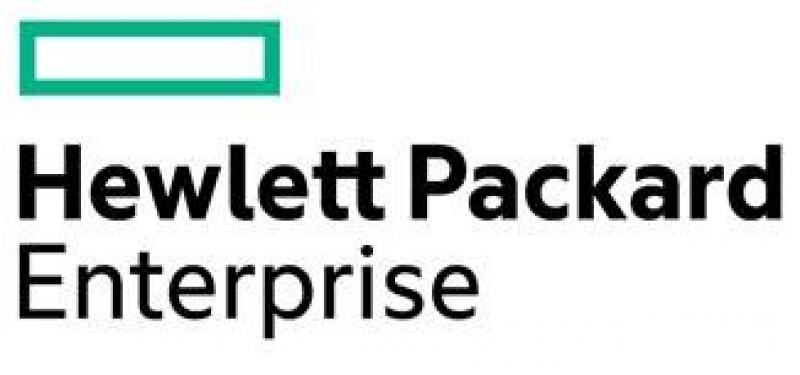 |
Hewlett Packard Enterprise |
Esteban, Susana
Advancing the Way People Live and Work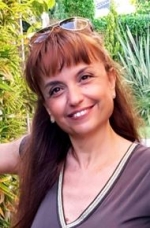
 Abstract Biography |
SMART Workforce |
 |
HQ-Dielectrics GmbH |
Niess, Juergen
Thermal Treatments in MEMS Fabrication:Challenges and Benefits of Rapid Thermal Processing (RTP)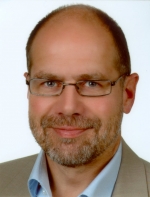
 Abstract Biography |
MEMS along the Value Chain |
| I | To top | ||
 |
Ibm |
Corti, Elisabetta
Advances in Energy Efficient Neuromorphic Computing: Ready for Artificial Intelligence at the Edge?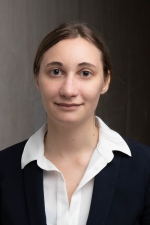
 Abstract Biography |
Disruptive Computing |
 |
IBM Research |
Curioni, Alessandro
Future of Computing: bits + neurons + qubits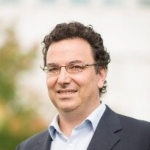
 Abstract Biography |
Opening Ceremony & Keynote |
 |
Ibm Services |
Kobusch, Ingo
Democratizing AI to accelerate the journey towards smart manufacturing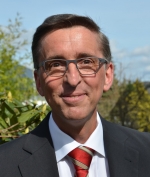
 Abstract Biography |
Smart Manufacturing I (software-centric) |
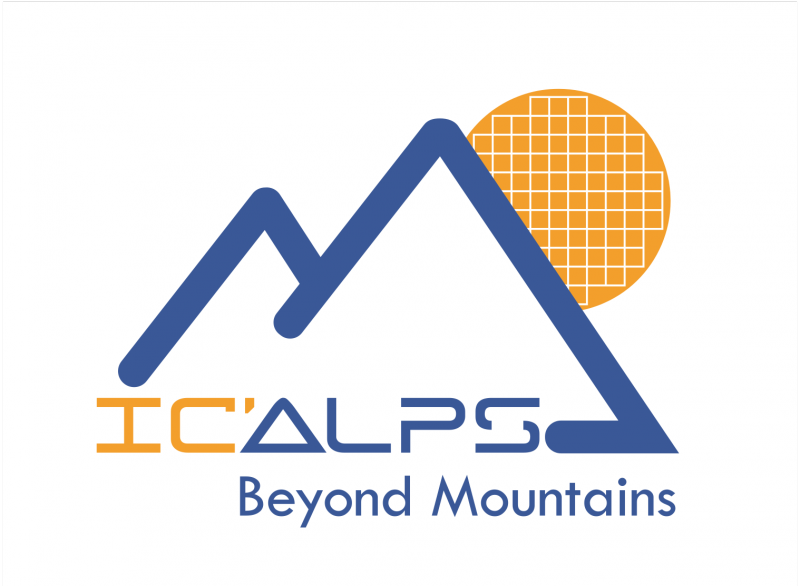 |
IC'Alps |
Girin, Remy
Enabling Smart MD with Custom Integrated Circuit (ASIC)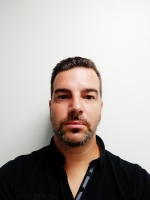
 Abstract Biography |
SMART MedTech |
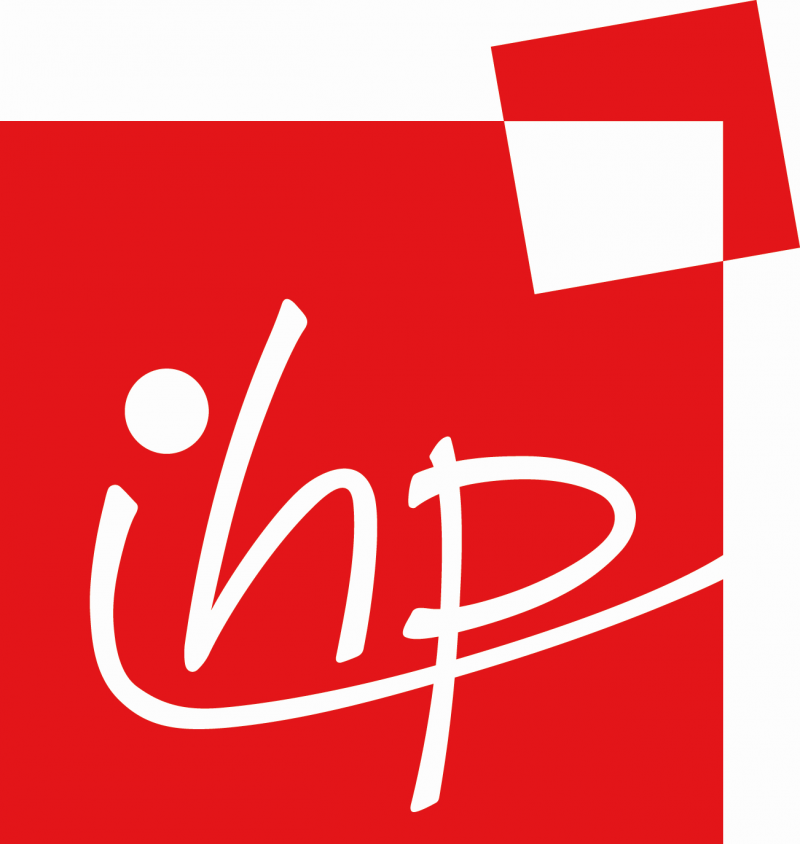 |
IHP |
Mai, Andreas
High performance photonic technologies for communication and sensing applications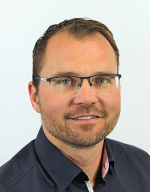
 Abstract Biography |
Smart Photonics |
 |
IHS Markit |
Akhtar, Noman
Factors Affecting the Market Landscape for Sensors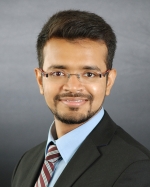
 Abstract Biography |
MEMS along the Value Chain |
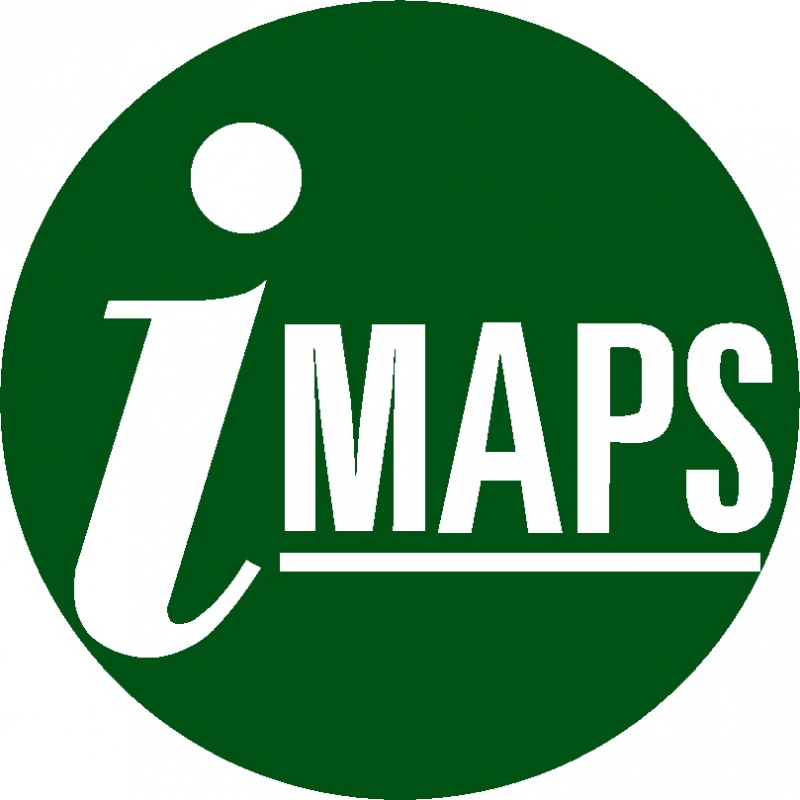 |
IMAPS Germany |
Mueller, Jens
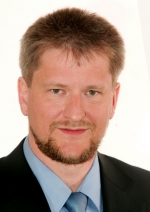
 Biography |
Advanced Packaging Conference |
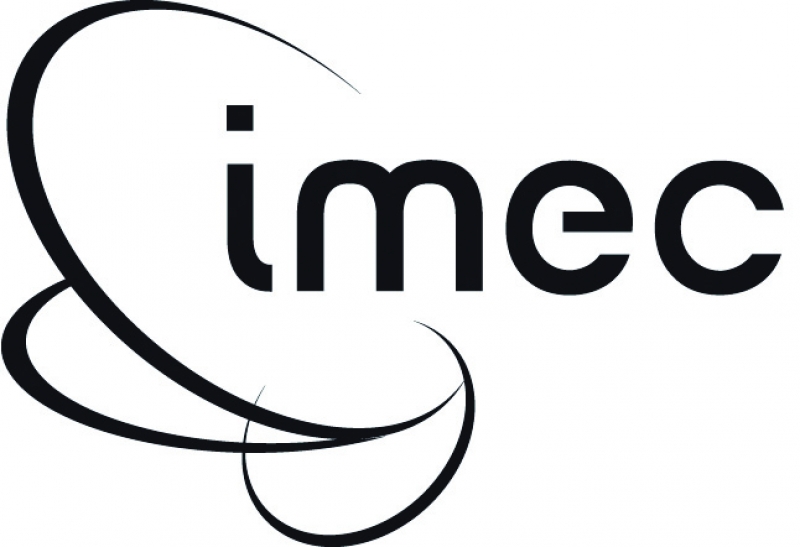 |
imec |
Leray, Philippe
EUV lithography insertion for future nodes in imec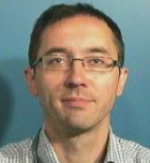
 Abstract Biography |
Strategic Materials Conference |
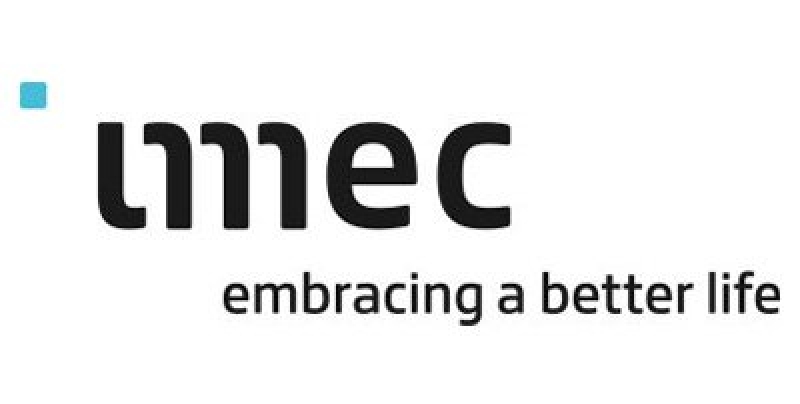 |
imec |
Shahriari, Navid
Connected Health for a Bright Future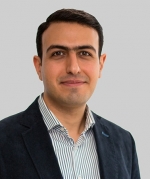
 Abstract Biography |
SMART MedTech |
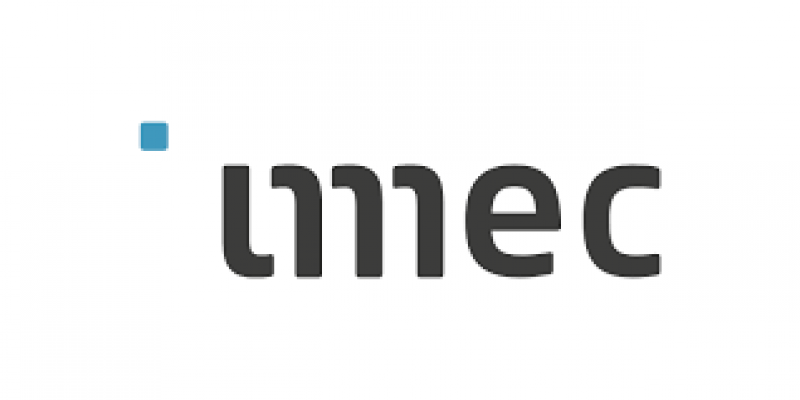 |
imec |
Van den Bosch, Anne
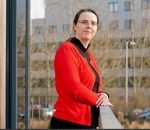
 Biography |
SMART MedTech |
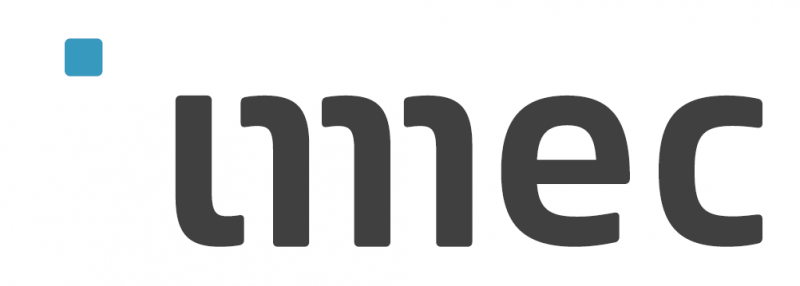 |
imec |
Boullart, Werner
EU consortia joining forces to tackle challenges of advanced technology nodes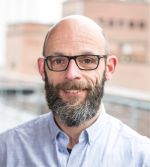
 Abstract Biography |
Challenges of Moores Law |
 |
imec |
Pauwelyn, Thomas
Microfluidic, CMOS Microelectrode Array-based Organ-on-chip System: a Platform for Personalized Medicine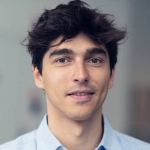
 Abstract Biography |
SMART MedTech |
 |
imec |
Mallik, Arindam
Enablement of Energy-efficient Machine Learning hardware through System-Technology Co-optimization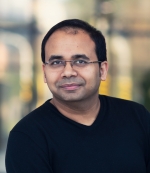
 Abstract Biography |
Disruptive Computing |
 |
imec |
Peeters, Michael
From 4G to 6G: do the networks of the future care about the technologies of the past?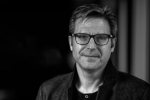
 Abstract Biography |
Technology for Communication |
 |
imec |
Stassen, Andim
CMOS Compatible SiN Photonics Platform for Life Science Applications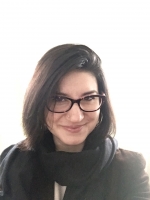
 Abstract Biography |
SMART MedTech |
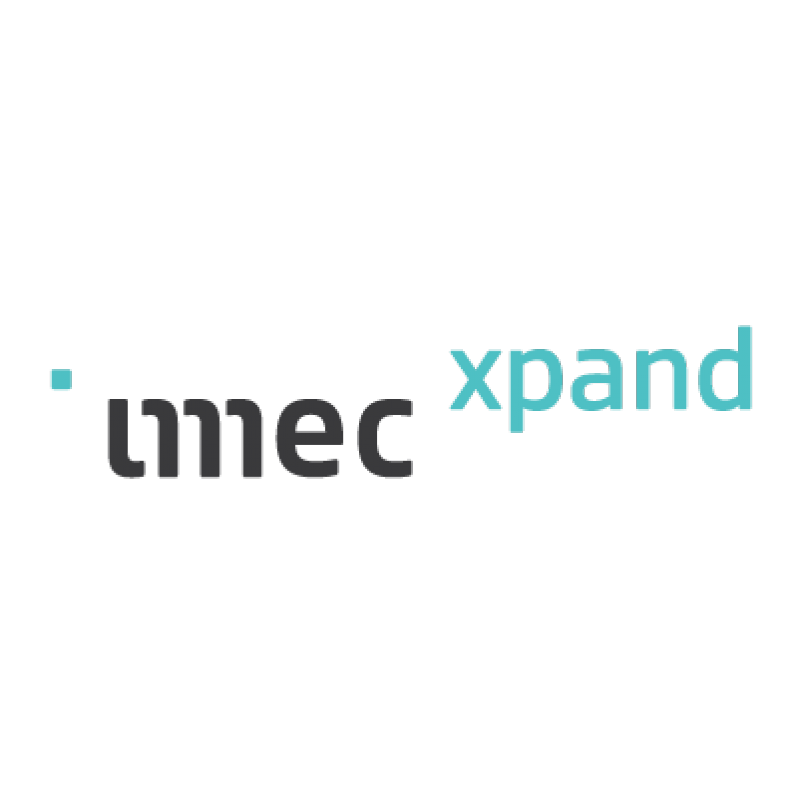 |
imec.xpand |
Vanhoutte, Tom
Smart Investments in Health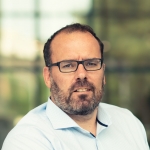
 Abstract Biography |
SMART MedTech |
 |
Industry Hunter |
Soloviev, Alexander
How to build contact network with potential customers in Russia? New platforms for growing business overseas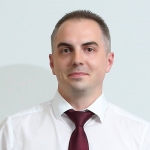
 Abstract Biography |
Russia on the Edge of Digital Transformation |
 |
Inficon |
Behnke, John R
Why is everyone talking about scheduling their fabs?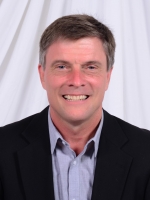
 Abstract Biography |
SMART Transportation Forum Smart Manufacturing I (software-centric) |
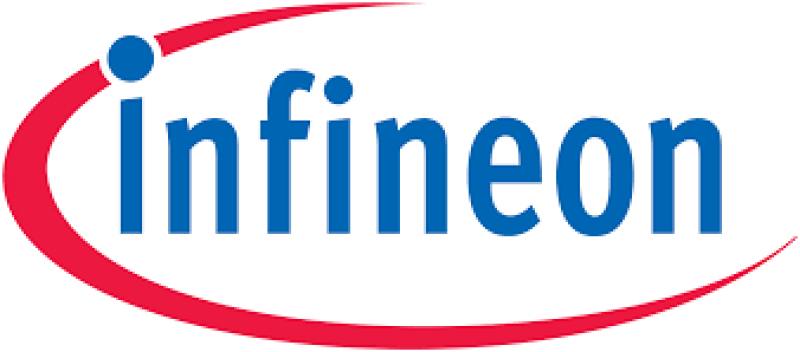 |
Infineon |
Pressel, Klaus
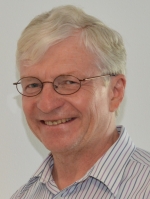
 Biography |
Advanced Packaging Conference |
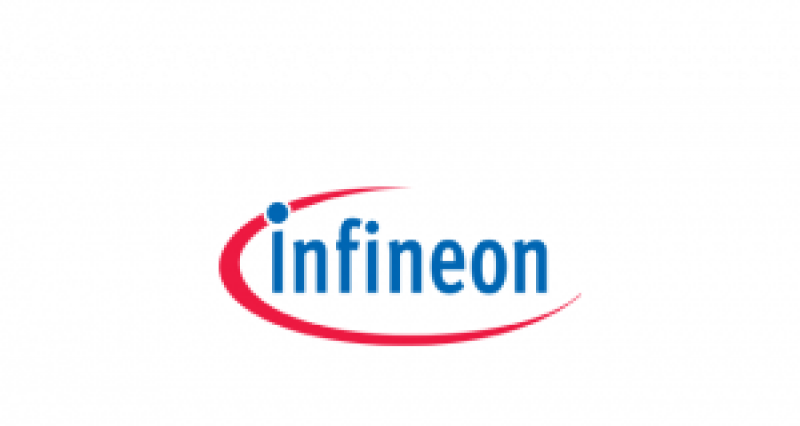 |
Infineon |
Pairitsch, Herbert
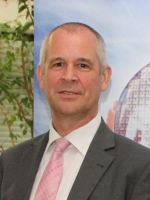
 Biography |
Strategic Materials Conference |
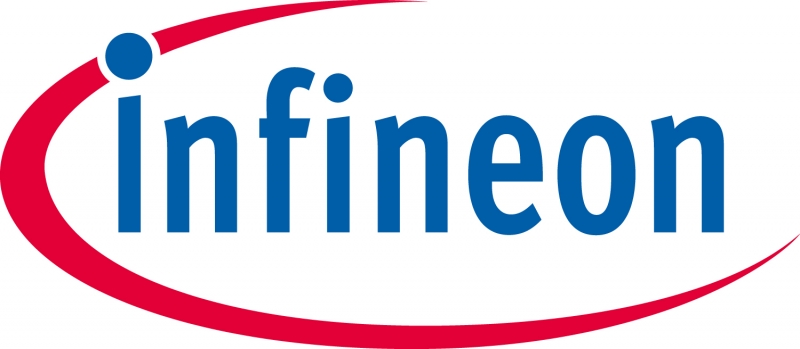 |
Infineon Technologies AG |
Robl, Werner
Challenges for Cu-Metallization in More than Moore Applications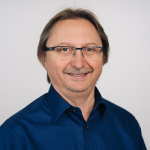
 Abstract Biography |
Strategic Materials Conference |
 |
InformaTech (former IHS Markit Technology) |
De Ambroggi, Luca
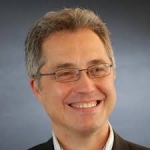
 Biography |
SMART Transportation Forum |
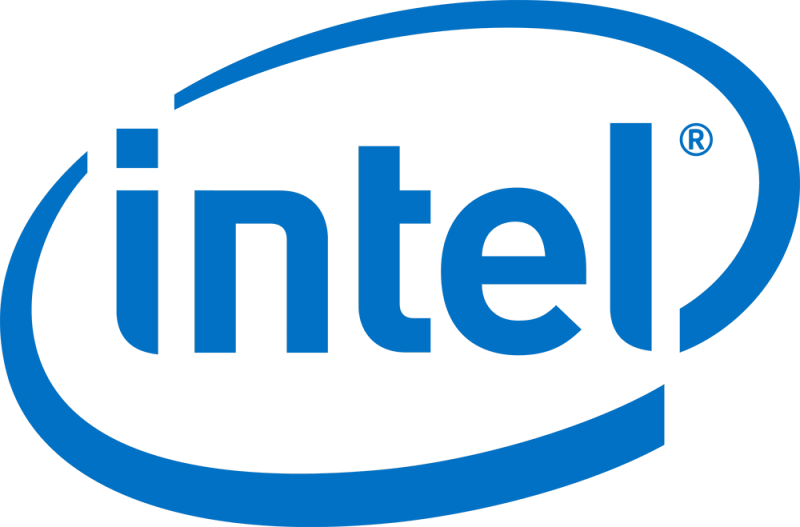 |
Intel Deutschland GmbH |
Seidemann, Georg
Product on Board Test Method for Advanced Reliability Performance of a Large 0.3 mm Pitch Wafer Level Chip Scale Package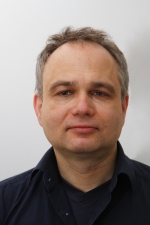
 Abstract Biography |
Advanced Packaging Conference |
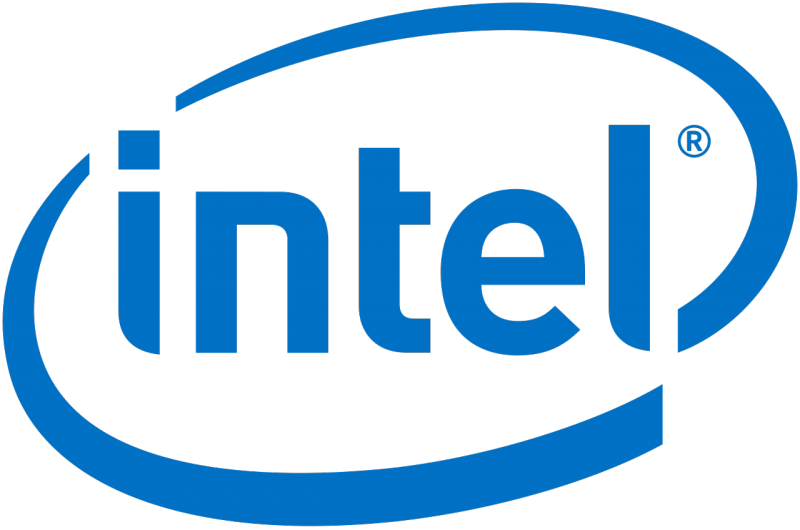 |
Intel Research and Development Ireland Ltd |
Capraro, Bernie
Semiconductor Manufacturing – Enabling the Data Revolution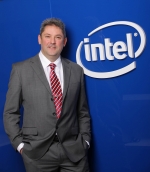
 Abstract Biography |
SMART Workforce |
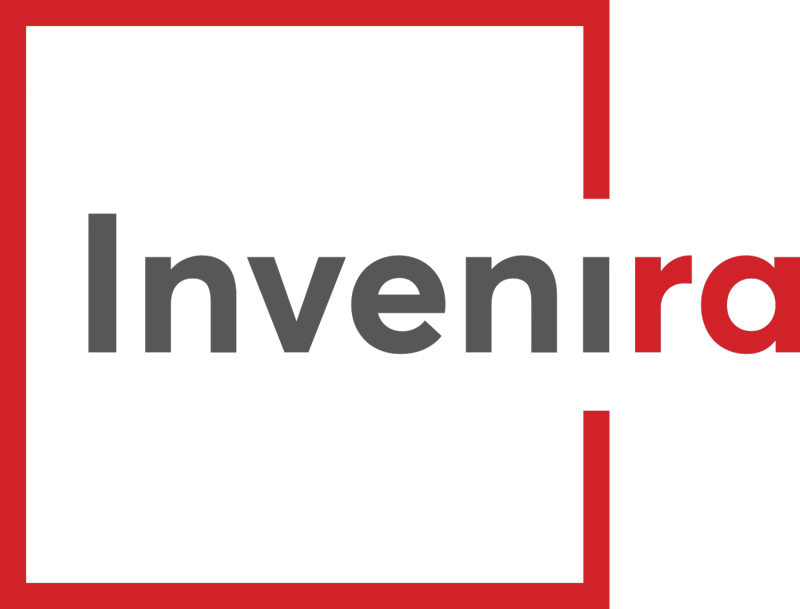 |
Invenira |
Bosmans, Niels
Depth View Pro TM - A high-speed and high-resolution imaging system with up to 20 times extended depth of field
 Abstract Biography |
Young Disruptors |
 |
IQM Quantum Computers |
Goetz, Jan
Shaping the Quantum Future from Europe
 Abstract Biography |
Young Disruptors |
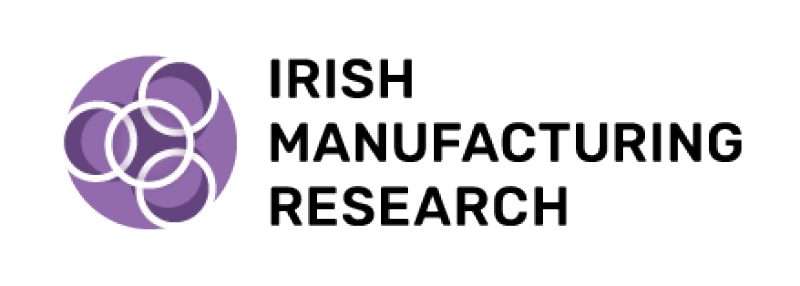 |
Irish Manufacturing Research |
Harnett, Mark
The implementation of Additive Manufacturing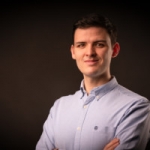
 Abstract Biography |
3D Printing |
| J | To top | ||
 |
Johnson & Johnson |
Wiegand, Benjamin
From Disease Care to Health Care
 Abstract Biography |
SMART MedTech |
 |
JSRmicro N.V. |
Jakus, Catherine
The use of chemicals in the Semi conductor industry and the regulatory requirements or concerns
 Abstract Biography |
Strategic Materials Conference |
| K | To top | ||
 |
KLA Corporation |
Donzella, Oreste

 Biography |
SMART Transportation Forum |
 |
KU Leuven |
Van der Perre, Liesbet
IoT with a Soft Touch: Connecting for a Sustainable Future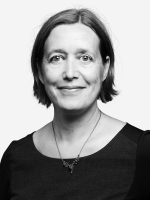
 Abstract Biography |
SMART Workforce |
| L | To top | ||
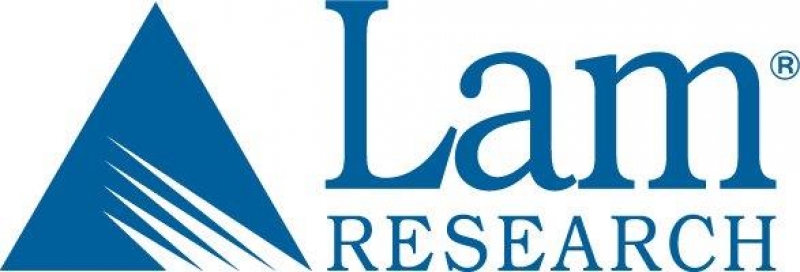 |
Lam Research Corporation |
Della Pia, Marcello
Innovations to Enable Industry 4.0 for Semiconductor Process Tools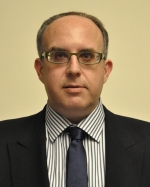
 Abstract Biography |
Fab Management Forum |
 |
Leibniz-Institute for Crystal Growth (IKZ) |
Sumathi, R. Radhakrishnan
Germanium as an emerging strategic material for next-generation devices and applications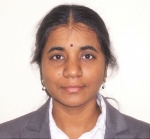
 Abstract Biography |
Strategic Materials Conference |
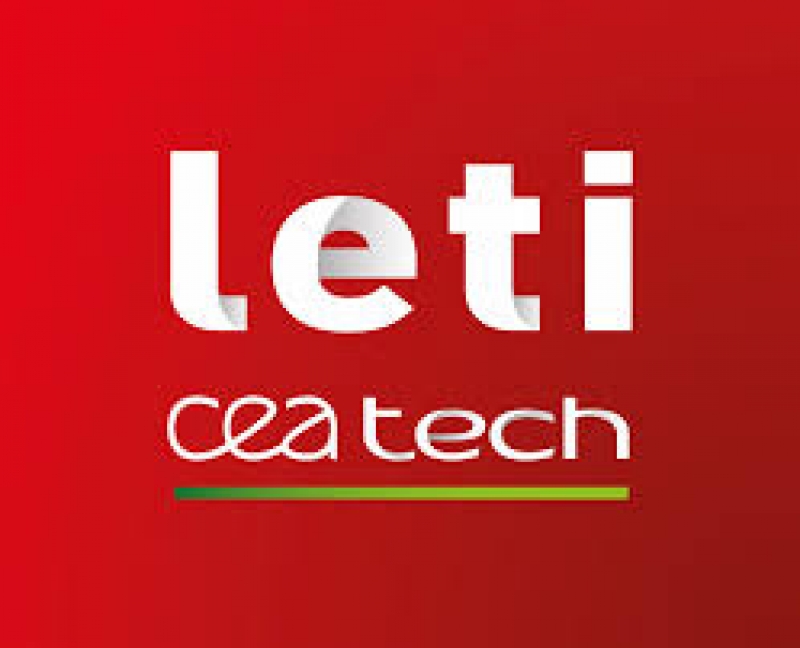 |
Leti |
Louis, Didier
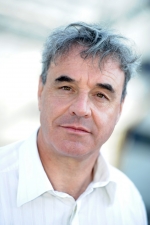
 Biography |
Smart Photonics |
| M | To top | ||
 |
Materials Center Leoben Forschung GmbH |
Defregger, Stefan
Temperature-dependent thermal properties of nm-thin Nb2O5 using a novel thermal impedance approach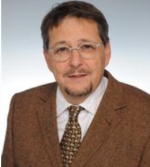
 Abstract Biography |
Strategic Materials Conference |
 |
Maxim Integrated |
Mulpuru, Sudhir
Can Wearables Help Prevent the Silent Killer (BP)?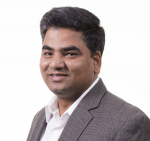
 Abstract Biography |
SMART MedTech |
 |
McLaren Applied Technologies |
Lambert, Stephen
Introduction to ESCAPE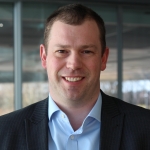
 Abstract Biography |
SMART Transportation Forum |
 |
Medspray BV |
Nijdam, Wietze
New technology for inhalers and sprays for a healthier world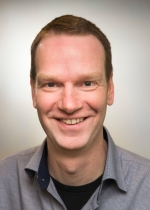
 Abstract Biography |
MEMS along the Value Chain |
 |
MedTech Europe |
Boisseau, Patrick

 Biography |
SMART MedTech |
 |
MedTech Europe |
Strübin, Michael
Perspectives on Healthcare, the Medtech Industry, and Digital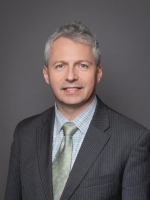
 Abstract Biography |
SMART MedTech |
 |
Mentor a Siemens business |
Chomat, Michael
Digitized Electronics & Industry 4.0: Electronic Design perspective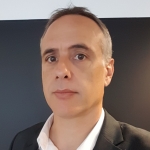
 Abstract Biography |
MADEin4 Session |
 |
Mentor Graphics |
Pulini, Gabriele
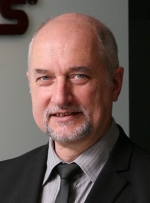
 Biography |
SMART Design |
 |
merconics - distributor of Nextin |
Moder, Harald
NEXTIN Inspection System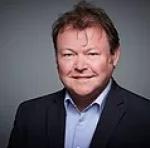
 Abstract Biography |
Connect Korean Suppliers with European Customers |
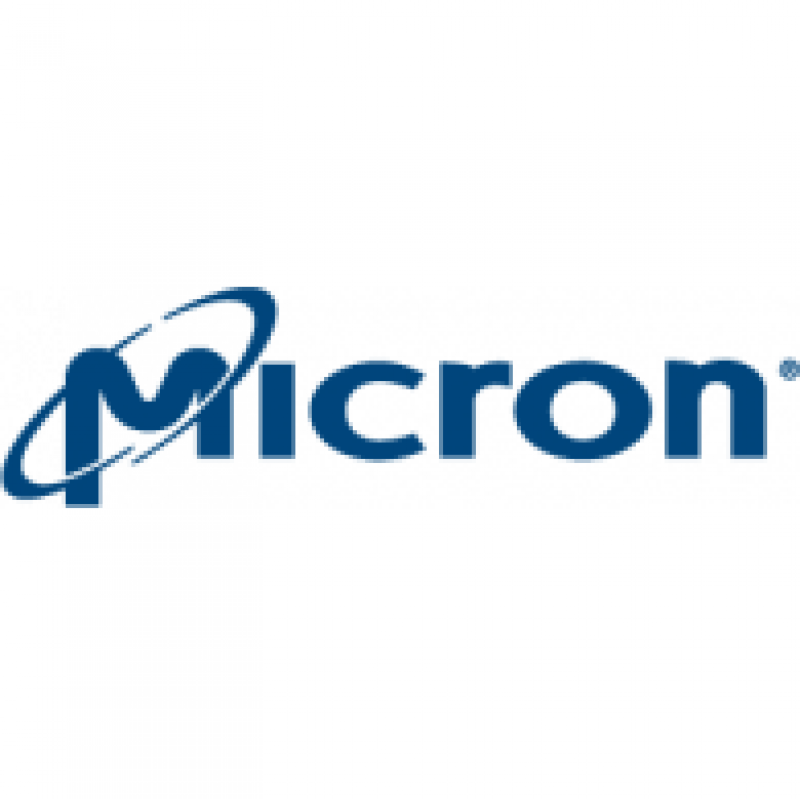 |
Micron Technology Inc. |
Tiziani, Federico
Overview of the Automotive market and future challenges from memory perspectives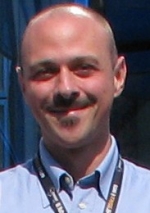
 Abstract Biography |
SMART Transportation Forum |
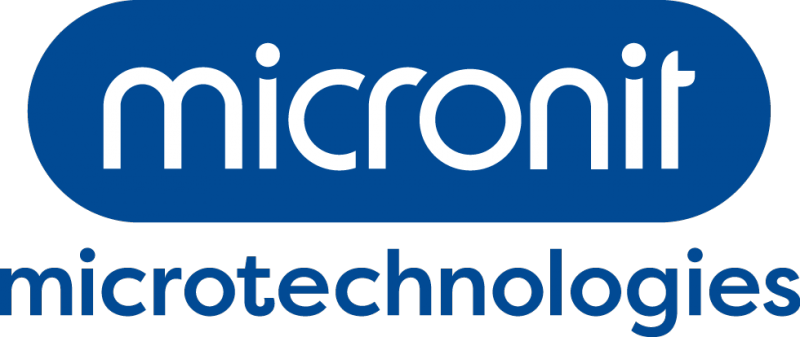 |
Micronit |
van’t Oever, Ronny
Personalised Health Management Enabled by Nanotechnology and Laboratory on a “Chip” Products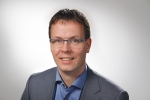
 Abstract Biography |
SMART MedTech |
 |
Minima Processor |
Koskinen, Lauri
Near-Threshold Logic Benefits the Full Application Stack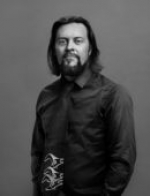
 Abstract Biography |
SMART Design |
 |
Ministry of Industry and Trade of Russian Federation |
Shpak, Vasiliy
From National Russian Projects to Global Markets: International Cooperation in Manufacturing of Electronics and Radio-electronics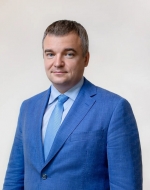
 Abstract Biography |
Russia on the Edge of Digital Transformation |
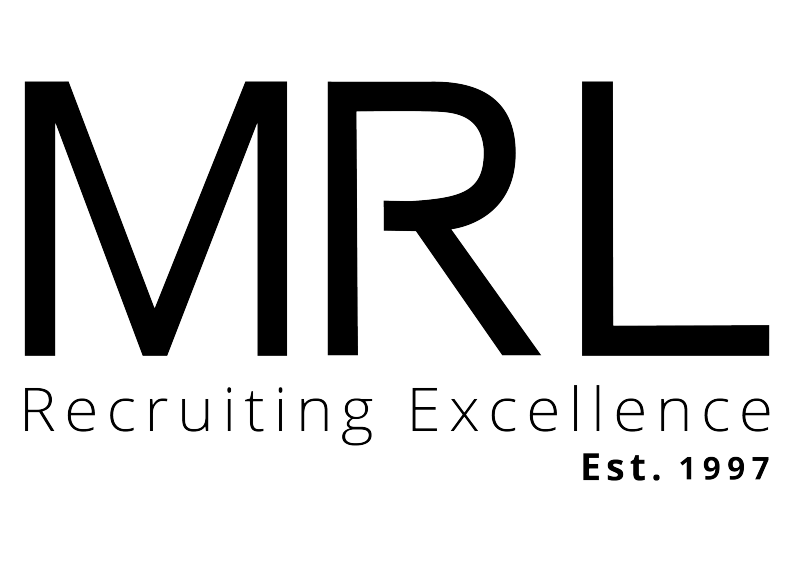 |
MRL Consulting Group |
Rudnick, Enrico
How to Approach the Semiconductors Skills Shortage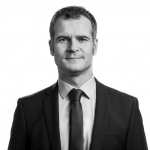
 Abstract Biography |
SMART Workforce |
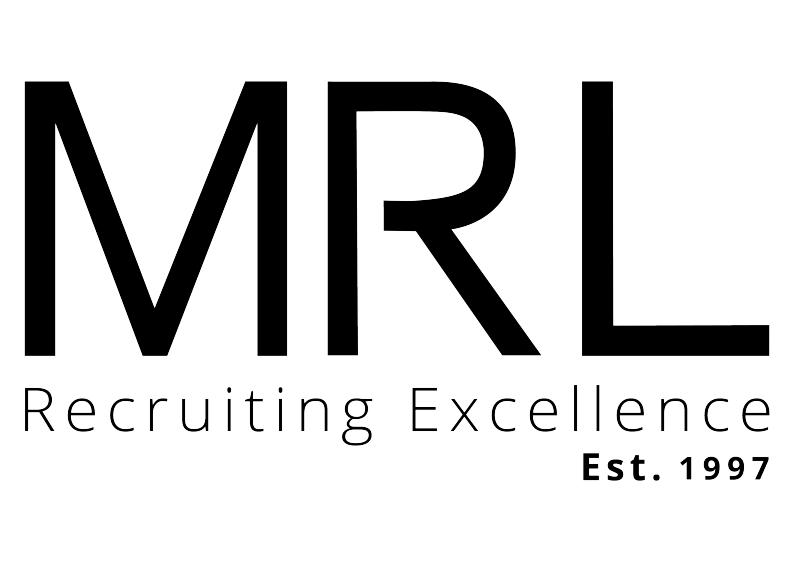 |
MRL Consulting Group |
Stone, David
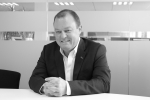
 Biography |
SMART Workforce |
 |
Mycronic AB |
Cabello, Javier
Deep Learning for Electronics Manufacturing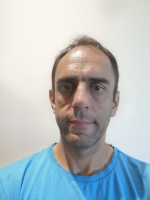
 Abstract Biography |
SMART Design |
| N | To top | ||
 |
Nano-Join GmbH |
Rábay, Battist
New approaches in the field of pressure less/ low pressure sintering for large surface area sintering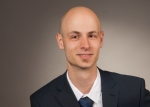
 Abstract Biography |
Young Disruptors |
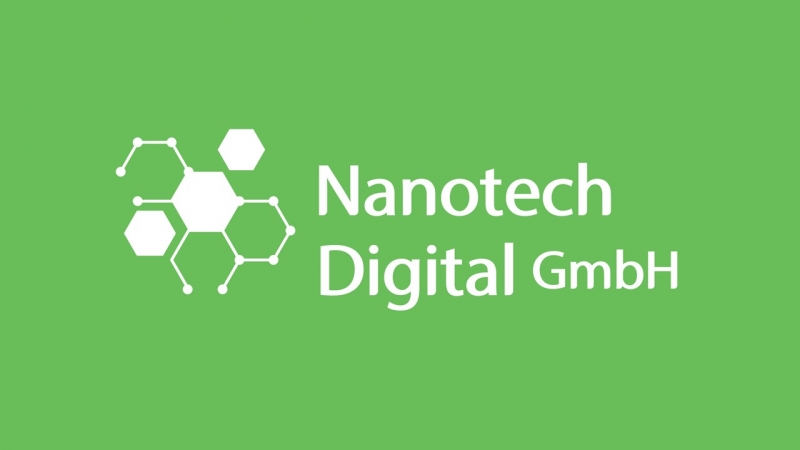 |
Nanotech Digital GmbH (SEC Europe Head Office) |
Jung, Yoo Yeob
3D Automatic X-Ray Inspection System
 Abstract Biography |
Exhibitor Presentations |
 |
NXP |
Kamphuis, Tonny
Board Level Reliability results for a two side molded WLCSP
 Abstract Biography |
Advanced Packaging Conference |
| O | To top | ||
 |
oculavis GmbH |
Mirbach, Daniel
Rollout of Remote Expert Support Solutions – Challenges and Success Factors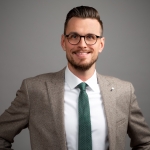
 Abstract Biography |
Young Disruptors |
 |
Okmetic Oy |
Sievilä, Päivi
Recent advancements in tailor-made silicon substrate manufacturing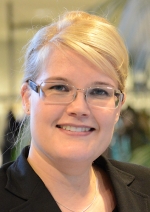
 Abstract Biography |
Strategic Materials Conference |
 |
OnePlanet | Connected Health Solutions |
Rios Velazquez, Emmanuel
Digital Health: Tracking Mental Stress and Mood Using Wearable Data and Machine Learning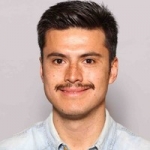
 Abstract Biography |
SMART MedTech |
 |
onepoint X weave |
Thuillez, Nicholas
Young Talents, generational conflict and increasing digitization: transformation models for high performing organization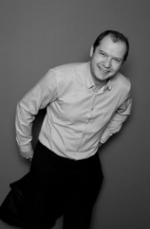
 Abstract Biography |
Fab Management Forum |
 |
Onera |
Adnane, Soukaina
Introducing the Next Generation of Sleep Diagnostics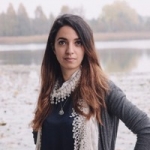
 Abstract Biography |
SMART MedTech |
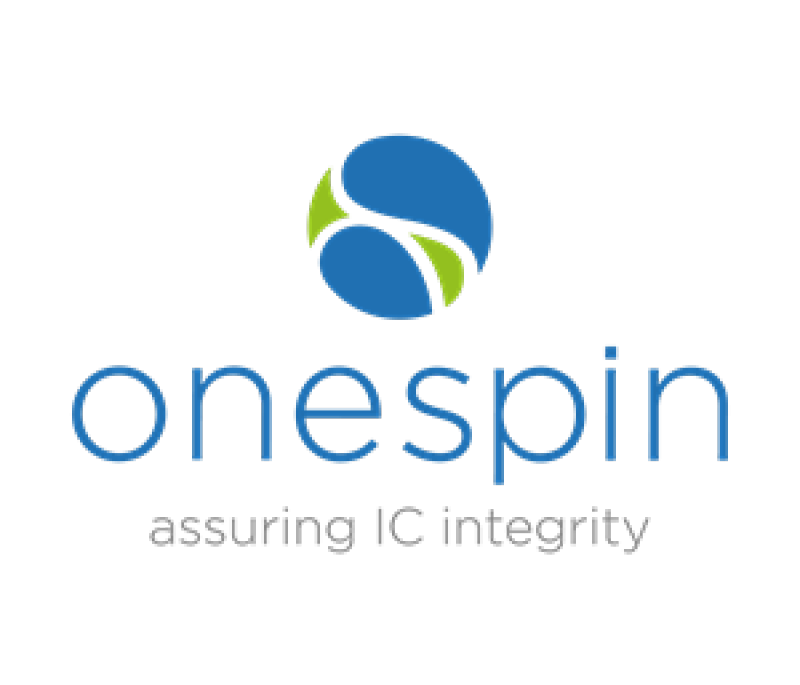 |
OneSpin Solutions |
Brinkmann, Raik
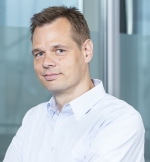
 Biography |
SMART Design |
 |
OnScale |
Campbell, Ian
Cloud Engineering Simulation: A Game Changer for Engineers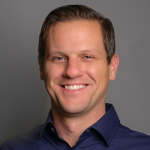
 Abstract Biography |
SMART Design |
 |
Optimal Plus |
Schuldenfrei, Michael
Semiconductors in a world where safety rules supreme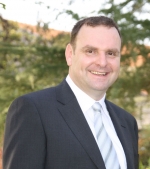
 Abstract Biography |
Advanced Packaging Conference |
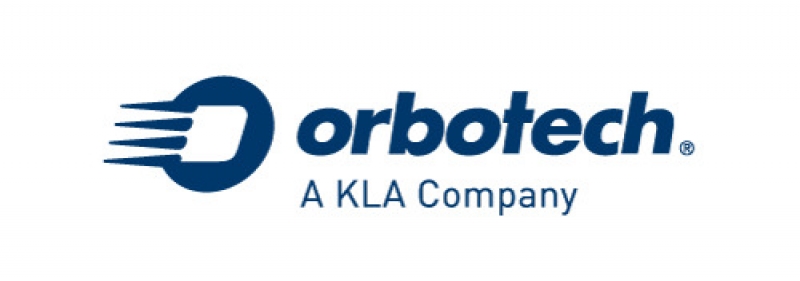 |
Orbotech Ltd. a KLA company |
Maayan, Lior
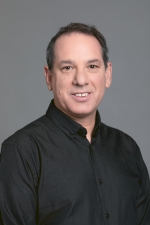
 Biography |
SMART Workforce |
 |
OSRAM |
Weiher, Susan
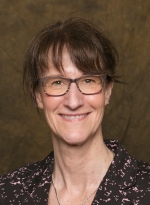
 Biography |
SMART Workforce |
| P | To top | ||
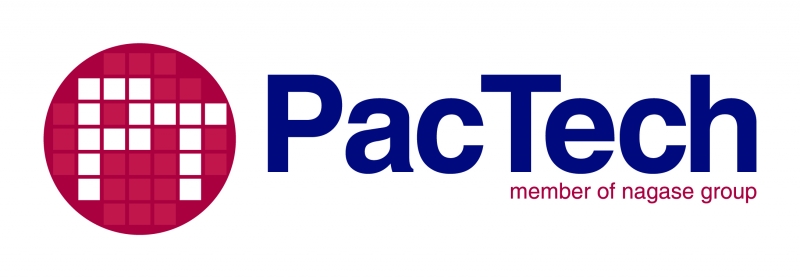 |
PacTech - Packaging Technologies GmbH |
Oppert, Thomas
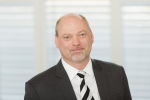
 Biography |
Advanced Packaging Conference |
 |
Panasonic Industry Europe GmbH |
Weber, James
Cutting-edge Plasma Dicing for wafer singulation applied to MEMS devices
 Abstract Biography |
MEMS along the Value Chain |
 |
Panasonic Smart Factory Solutions |
Okita, Shogo
Suitable Total Process Integration of Plasma Dicing for Each Device Category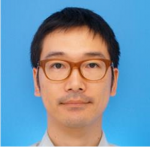
 Abstract Biography |
Advanced Packaging Conference |
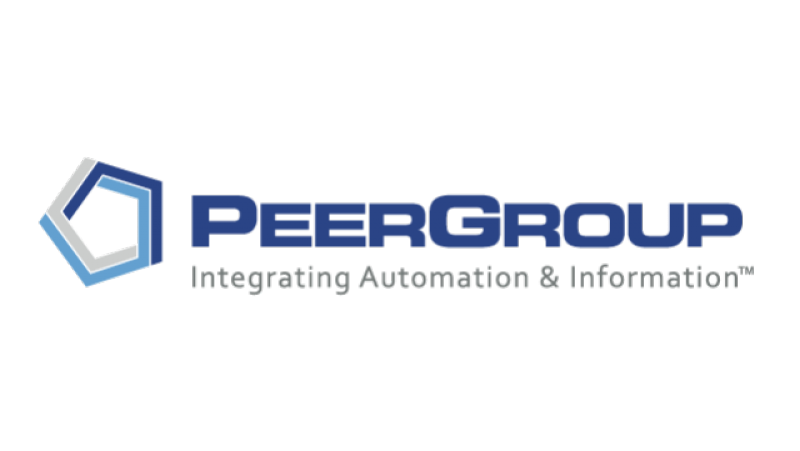 |
PEER Group |
Suerich, Doug
Practical Machine Learning for Tools
 Abstract Biography |
Exhibitor Presentations Smart Manufacturing II (hardware-centric) |
 |
Pfeiffer Vacuum SAS |
Didierjean, Manuel
Real time compounds monitoring in clean room environment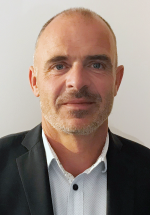
 Abstract Biography |
Fab Management Forum |
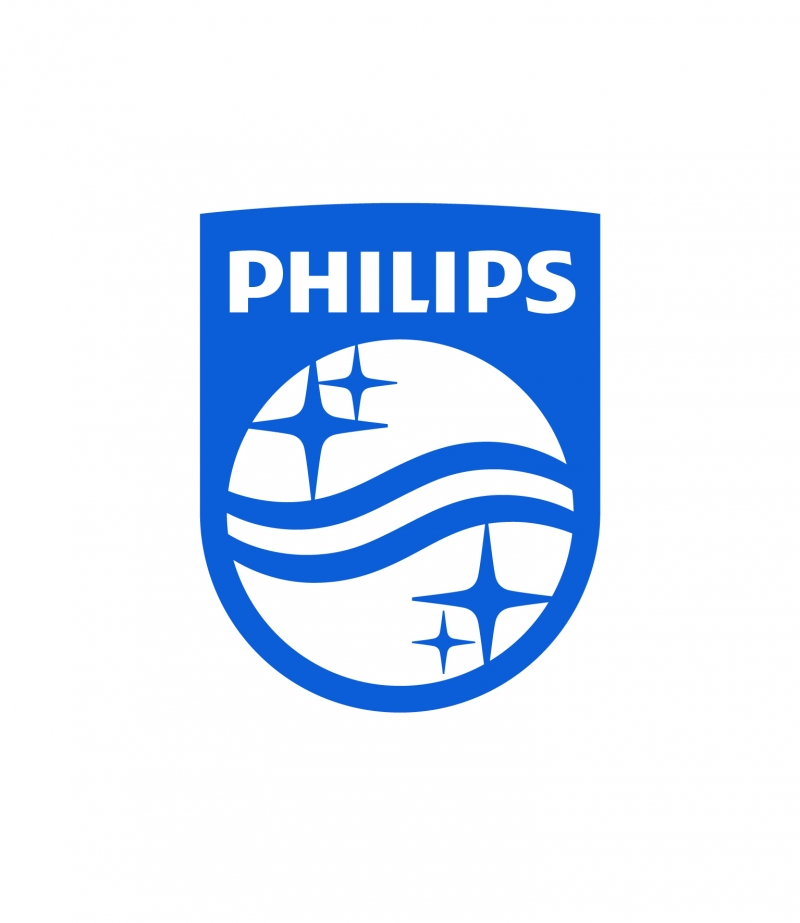 |
Philips |
Janssen, Ger
The Digital Patient: Will We One Day Have our Own Health Avatar?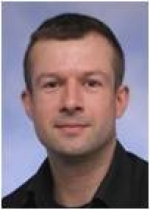
 Abstract Biography |
SMART MedTech |
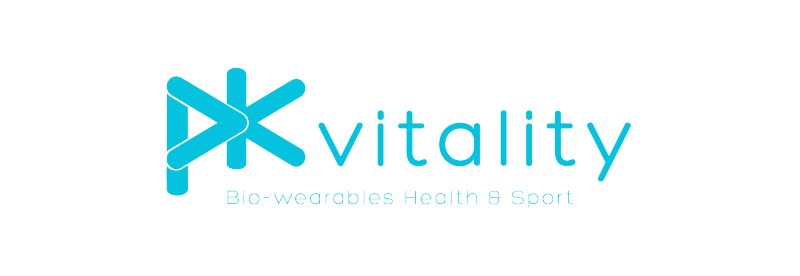 |
PKvitality |
Pierart, Luc
K'Watch, World First Painless Continuous Glucose Monitoring Smartwatch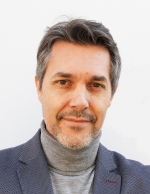
 Abstract Biography |
SMART MedTech |
 |
Plan Optik AG |
Wesselkamp, Carsten
Carrier Wafers for thin wafer handling using temporary bonding technologies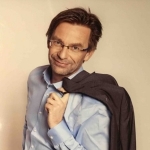
 Abstract Biography |
Exhibitor Presentations |
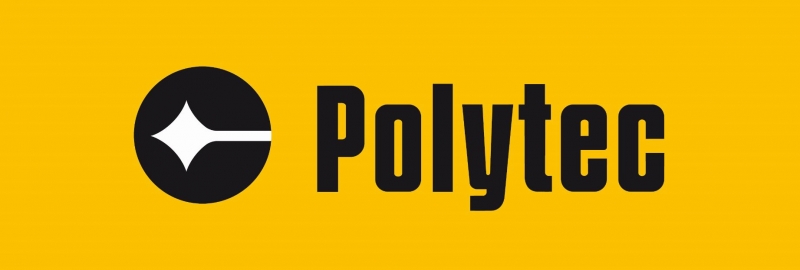 |
Polytec GmbH |
Heilig, Markus
Pushing the Limits: Recent Advancements in the Optical Characterization of MEMS Devices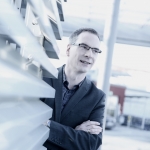
 Abstract Biography |
MEMS along the Value Chain |
 |
Polyteknik AS |
Kjelde, Christian
Towards Research 4.0 - Automating R&D with Flextura PVD and Integrated Advanced Analytics
 Abstract Biography |
Exhibitor Presentations |
| R | To top | ||
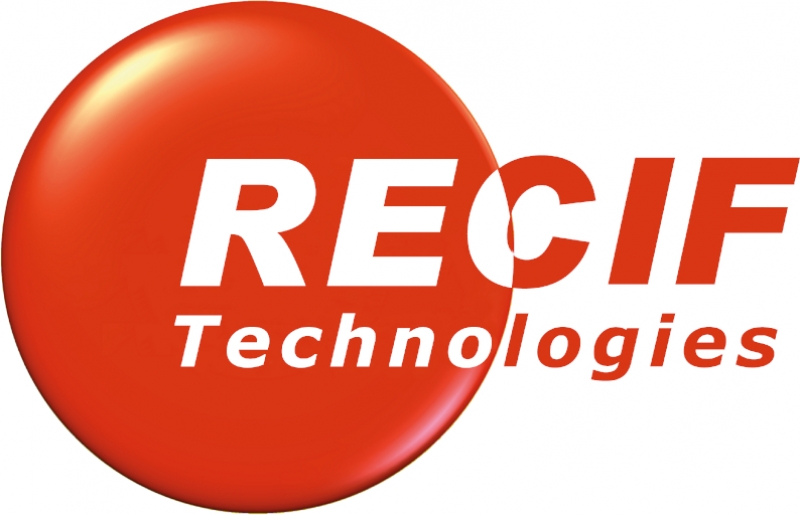 |
Recif Technologies |
Brillouet, Thomas
Wafer-Level Package handling and inspection/metrology platforms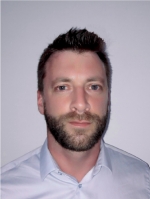
 Abstract Biography |
Smart Manufacturing II (hardware-centric) |
 |
Robert Bosch GmbH |
Gromala, Przemyslaw
Reliability Requirements of Advanced Packaging in the Era of Electrified, Automated and Connected Driving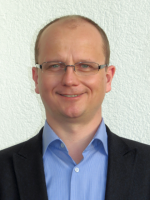
 Abstract Biography |
Advanced Packaging Conference |
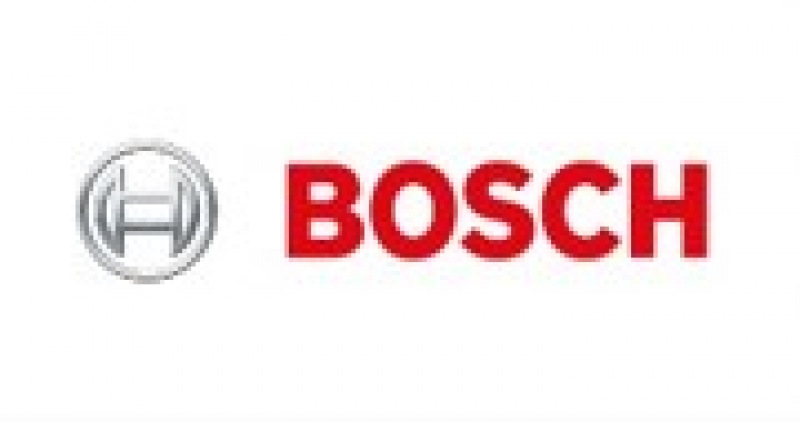 |
Robert Bosch GmbH |
Richter, Thomas
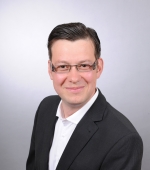
 Biography |
Fab Management Forum Connect Korean Suppliers with European Customers |
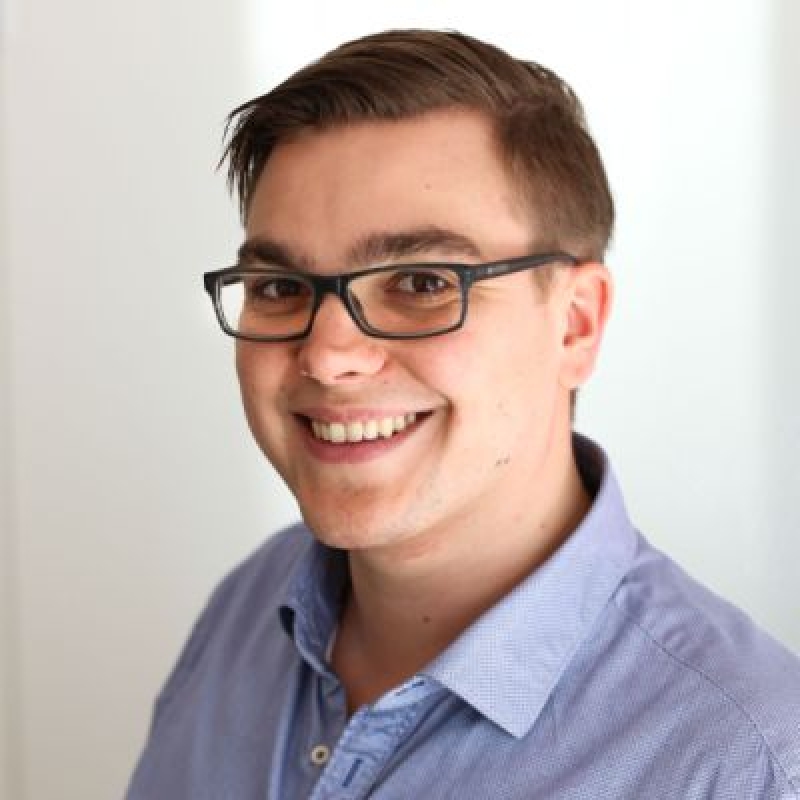 |
Robert Bosch GmbH |
Winkler, Jonathan
New Prospects for Temperature and Current Sensing for Wide Bandgap Semiconductors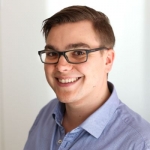
 Abstract Biography |
Strategic Materials Conference |
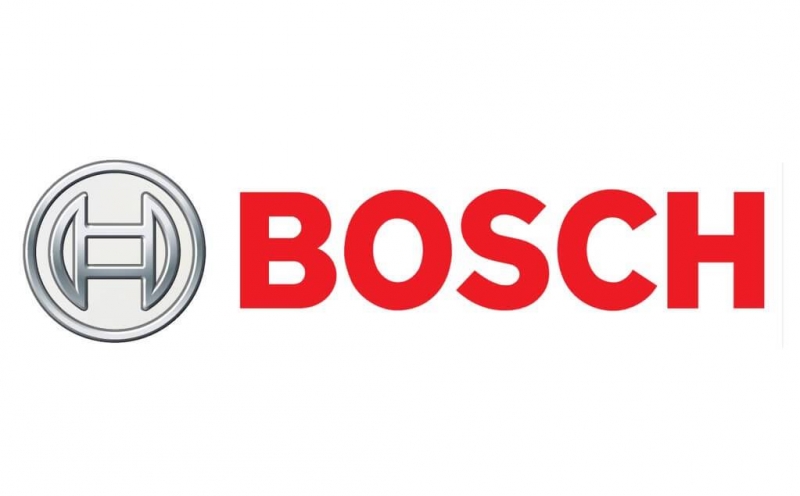 |
Robert Bosch GmbH Stuttgart, Corporate Sector Research & Advance Engineering |
Laermer, Franz
The Future of Personalized Treatment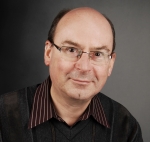
 Abstract Biography |
SMART MedTech |
| S | To top | ||
 |
Schrödinger Inc |
Elliott, Simon
More novelty and less risk with materials modelling for the semiconductor roadmap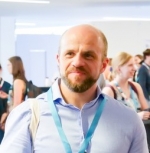
 Abstract Biography |
Strategic Materials Conference |
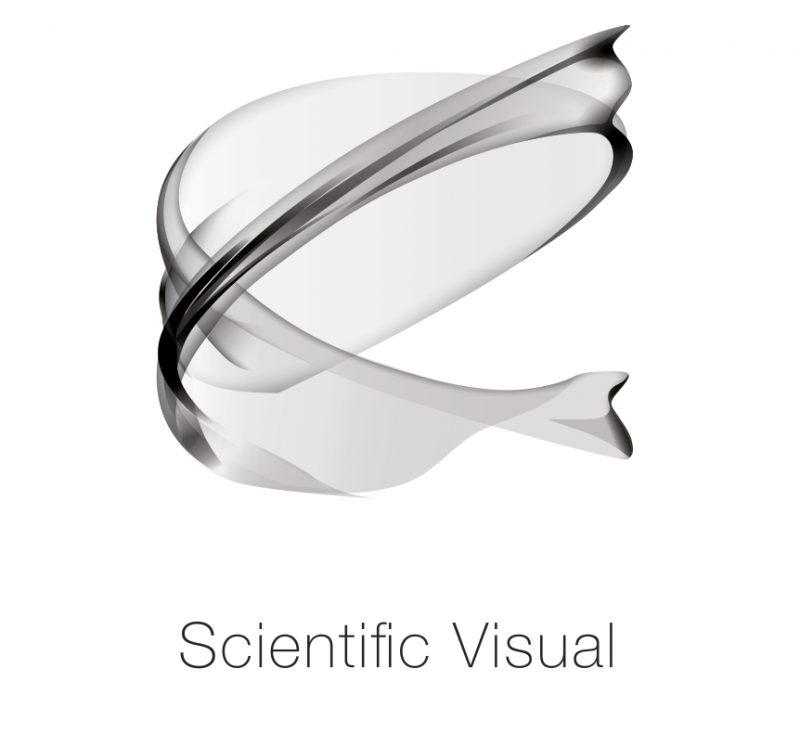 |
Scientific Visual |
Orlov, Ivan
Quality control in sapphire production: From automated defect detection to big data approach.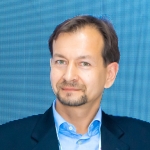
 Abstract Biography |
Strategic Materials Conference |
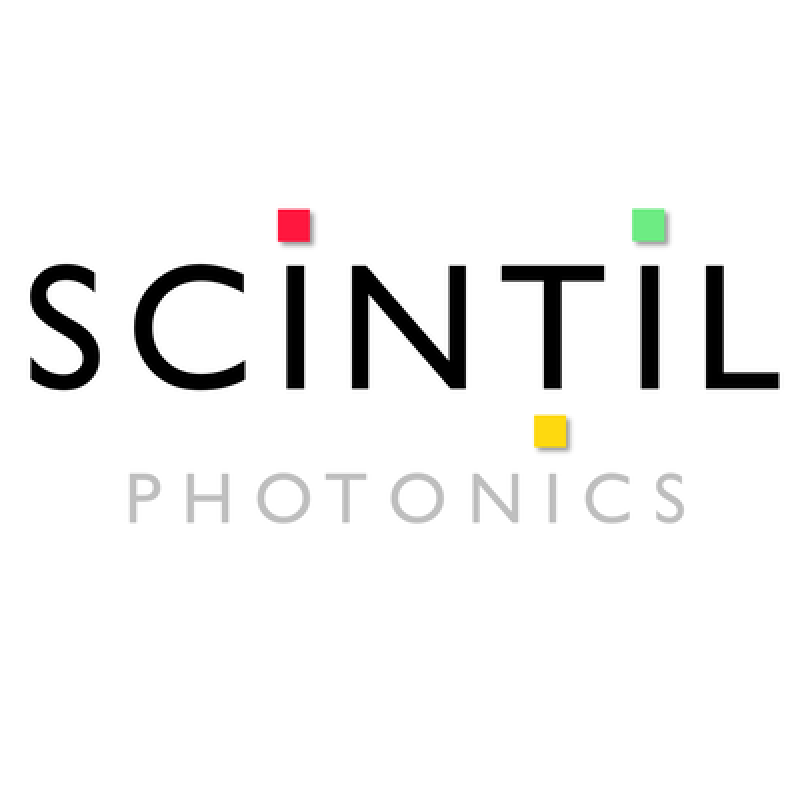 |
Scintil Photonics SAS |
Langlois, Pascal
COMMUNICATE, SENSE WITH LIGHTGenerating, Modulating, Routing, Filtering, and Detecting Light on Siliconwith Mass Manufacturable Semiconductor Integrated Circuit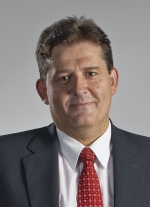
 Abstract Biography |
Smart Photonics |
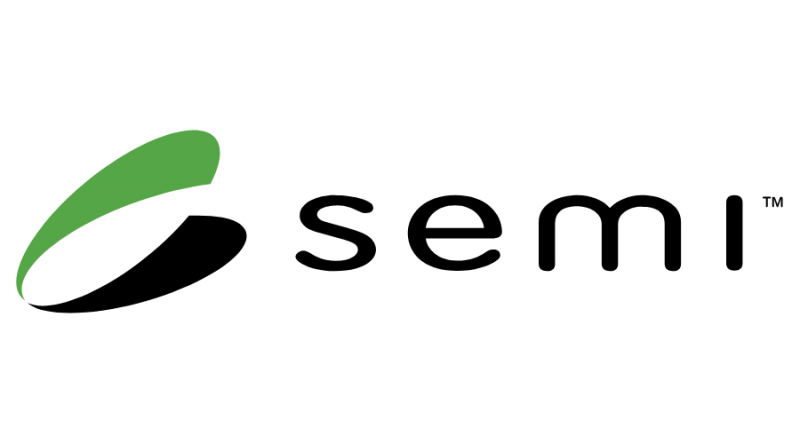 |
SEMI |
Salmon, Tom
Opening and Welcome Remarks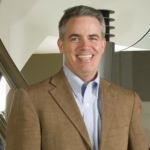
 Abstract Biography |
Advanced Packaging Conference Fab Management Forum |
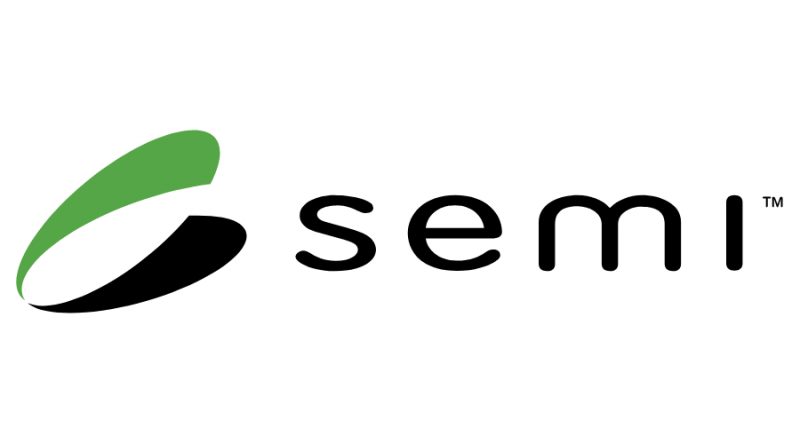 |
SEMI |
Hamajima, Jim
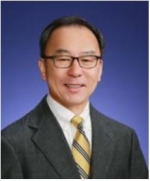
 Biography |
Strategic Materials Conference |
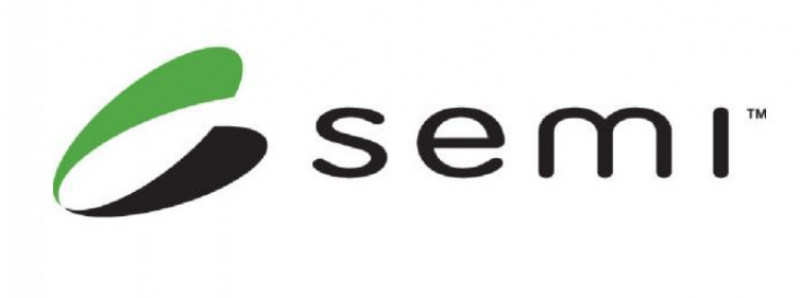 |
SEMI |
Demircan, Emir
SEMI Advocacy Program Helps Members Grow | An Overview of Policies Affecting the Semiconductor Manufacturing Industry
 Abstract Biography |
Global Trade Disputes: a zero-sum game for all ― is there a way out? Building a Circular Economy in the Electronics Manufacturing Industry SMART Workforce |
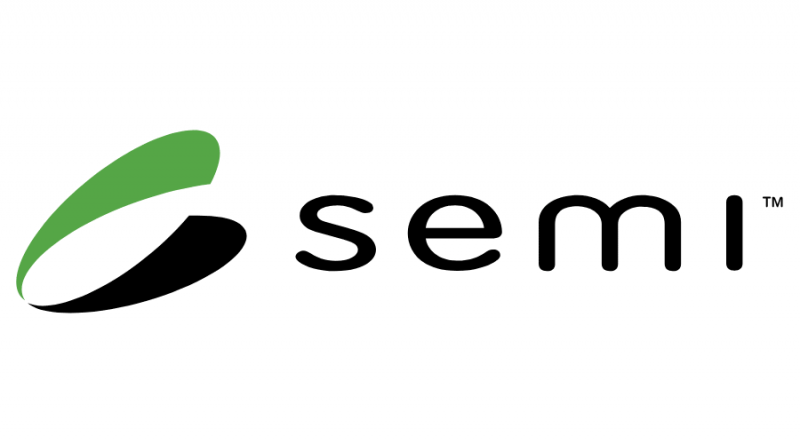 |
SEMI |
Jackman, Jim
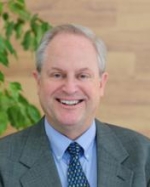
 Biography |
Exhibitor Presentations |
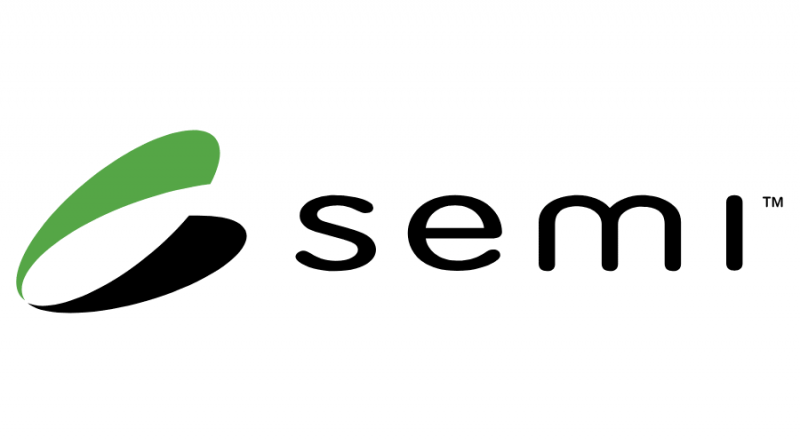 |
SEMI |
Rude, Eric
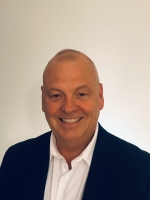
 Biography |
Market Briefing |
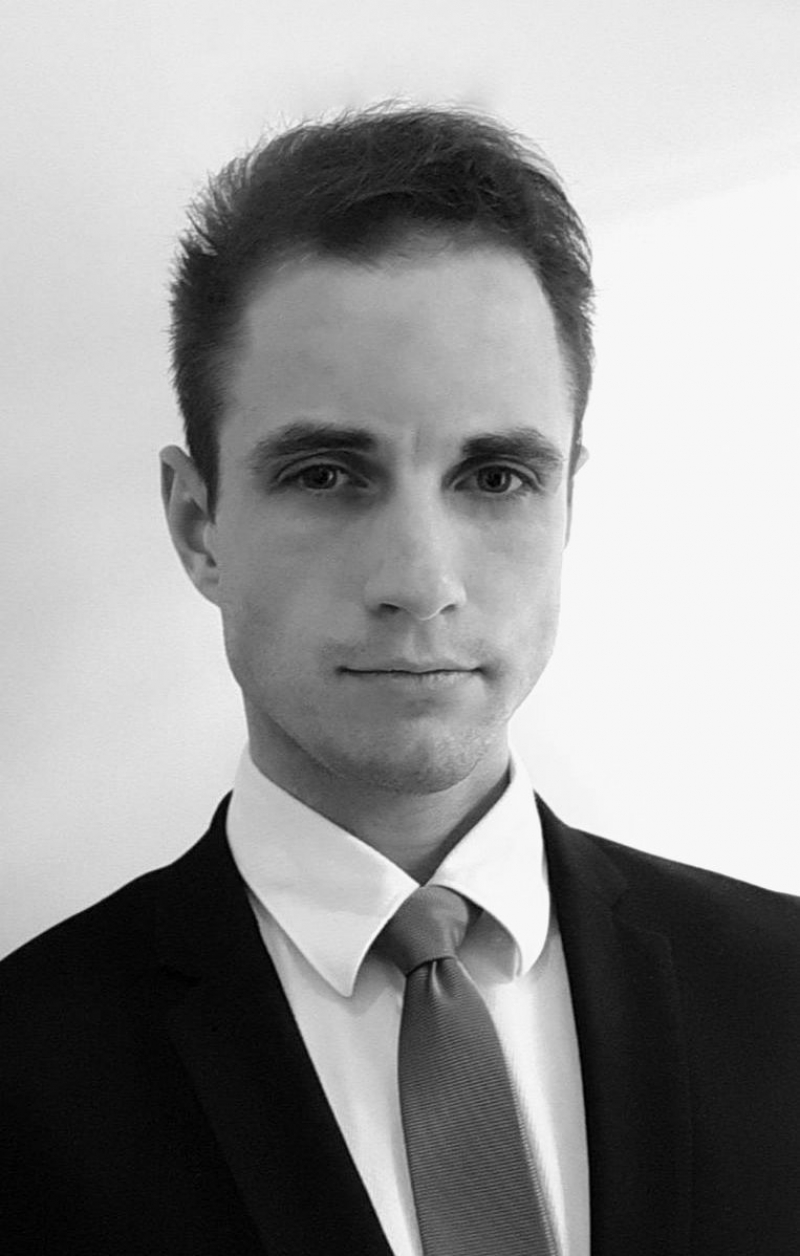 |
SEMI |
Kysela, Marek
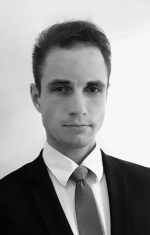
 Biography |
MADEin4 Session |
 |
SEMI |
Chamness, Lara
2019/2020 Market Outlook: A Summary of Market Trends and Forecasts
 Abstract Biography |
Fab Management Forum Market Briefing Member session: SEMI: Delivering Member Value |
 |
SEMI |
Dossi, Roberto
Strategic Engagement through SEMI Technology Communities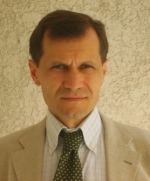
 Abstract Biography |
Member session: SEMI: Delivering Member Value |
 |
SEMI |
Thoe, Eric
Navigating the New Member Directory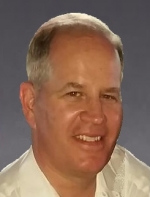
 Abstract Biography |
Member session: SEMI: Delivering Member Value |
 |
SEMI Americas |
Cohen, Paul
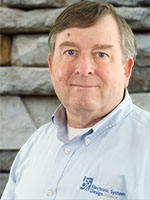
 Biography |
SMART Design |
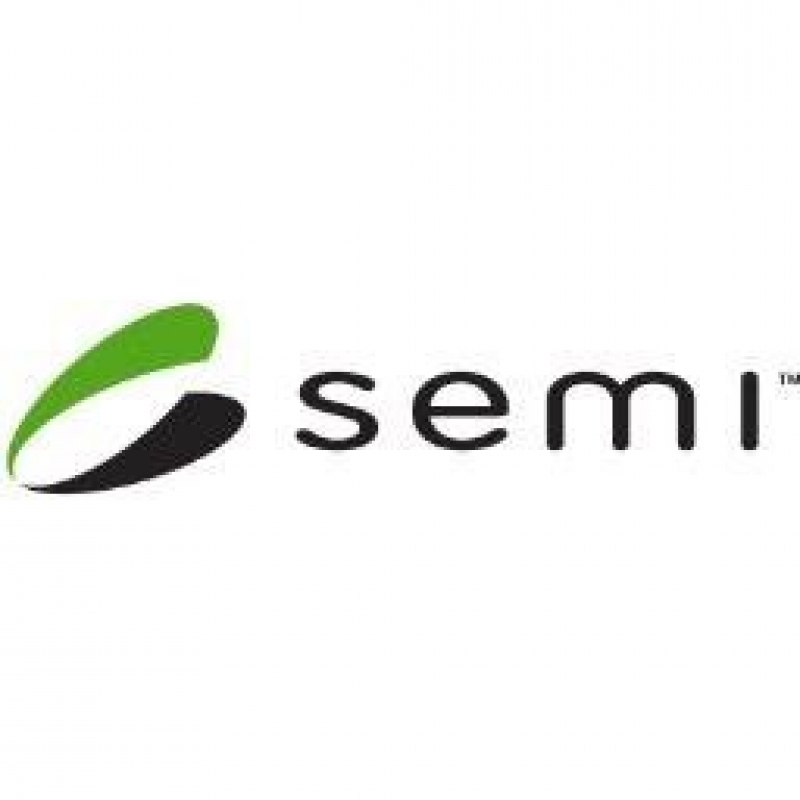 |
SEMI Europe |
Altimime, Laith
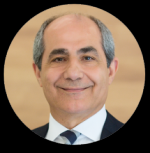
 Biography |
Opening Ceremony & Keynote SMART Transportation Forum Connect Korean Suppliers with European Customers Global Trade Disputes: a zero-sum game for all ― is there a way out? |
 |
SEMI Europe |
Melvin, Cassandra
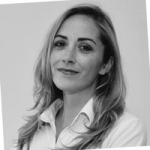
 Biography |
SMART MedTech SMART Workforce |
 |
SEMI Europe |
Demircan, Emir
METIS: MicroElectronics Training, Industry and Skills: Europe’s Newest and Largest Electronics Education Initiative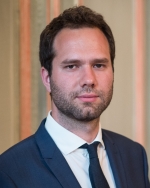
 Abstract Biography |
SMART Workforce |
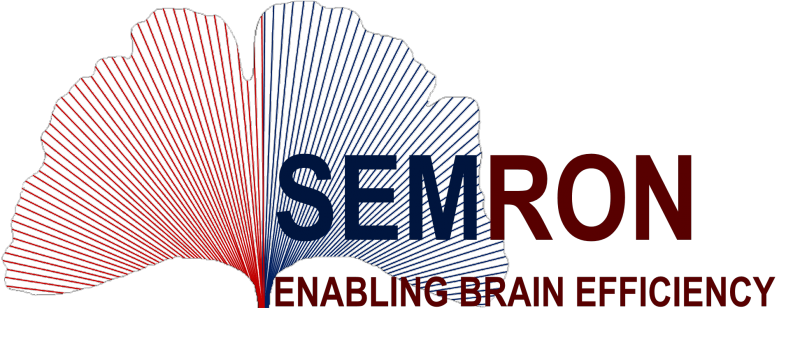 |
Semron Demasius Kirschen GbR |
Demasius, Kai-Uwe
Brain efficient networks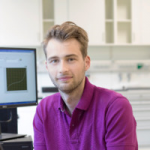
 Abstract Biography |
Young Disruptors |
 |
SENORICS GmbH |
Timmreck, Ronny
Transforming Spectroscopy from the lab into mass market applications with SENORICS disruptive photodetector technology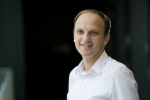
 Abstract Biography |
Young Disruptors |
 |
Sensome |
Bozsak, Franz
Sensome: Medical Devices Enhanced by Microelectronics to Revolutionize the Treatment of Stroke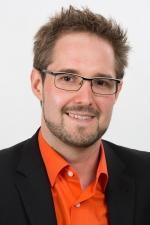
 Abstract Biography |
SMART MedTech |
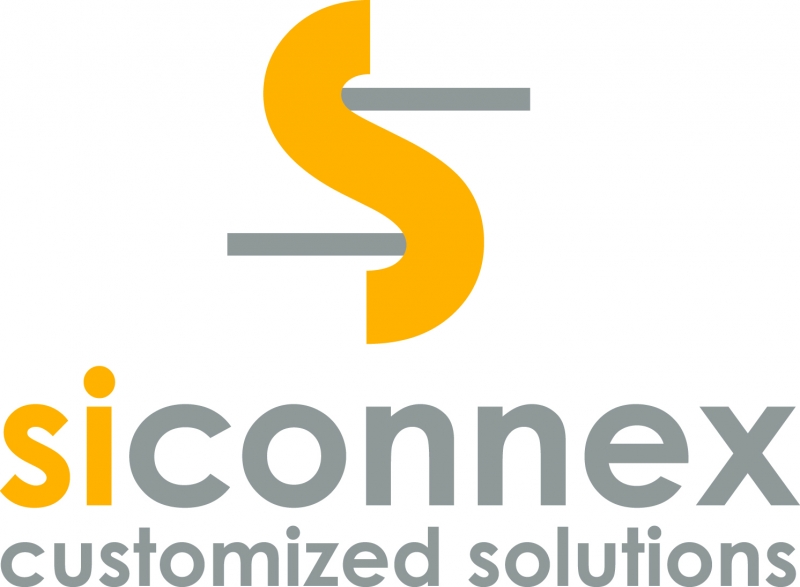 |
Siconnex |
Woerndl, Fabio
Fab cost saving programs with Siconnex Batchspray® Technology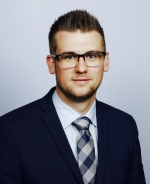
 Abstract Biography |
Fab Management Forum |
 |
Siemens |
Ohbuchi, Fumiyasu
Machine to Machine communication (M2M) and SMT application “SEMI SMT-ELS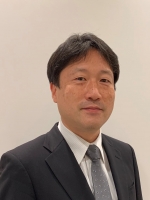
 Abstract Biography |
Smart Manufacturing I (software-centric) |
 |
Siemens Healthineers |
Heidenreich, Georg
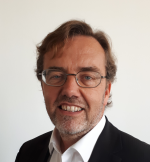
 Biography |
SMART MedTech |
 |
Silvaco Inc |
Taheri, Babak
Next Generation SoC Design: From Atoms to Systems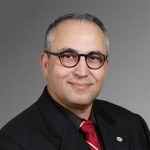
 Abstract Biography |
SMART Design |
 |
Singulus Technologies AG |
Ocker, Berthold
Sub-Angström controlled Sputtering Process for Magnetic Sensor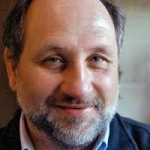
 Abstract Biography |
Exhibitor Presentations |
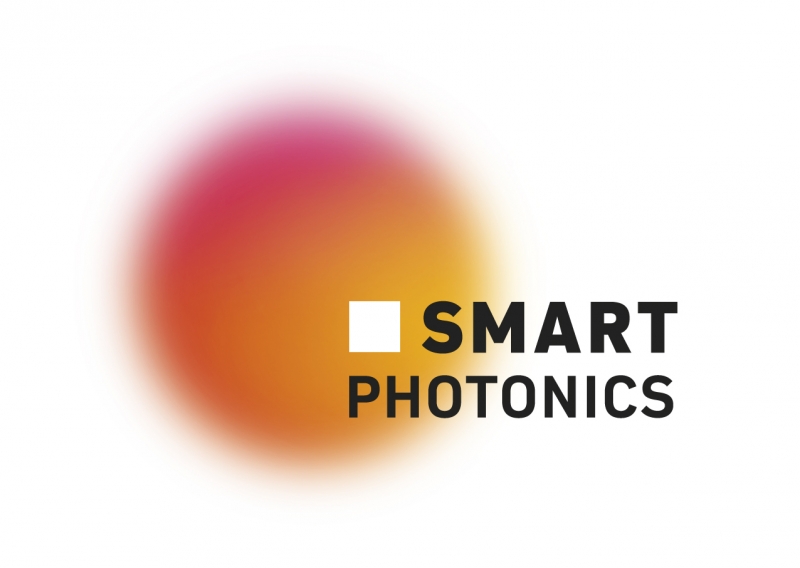 |
SMART Photonics |
Augustin, Luc
Foundry model for low-cost versatile photonic integrated circuits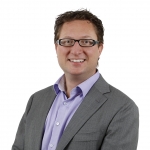
 Abstract Biography |
Smart Photonics |
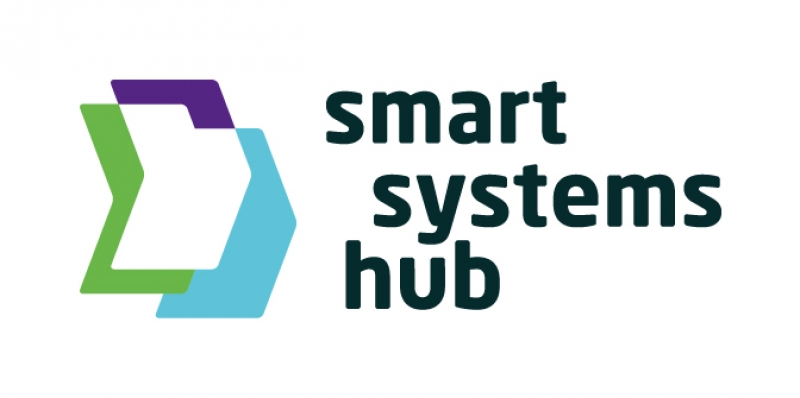 |
Smart Systems Hub GmbH |
Kaiser, Michael
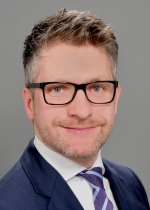
 Biography |
Young Disruptors SMART MedTech |
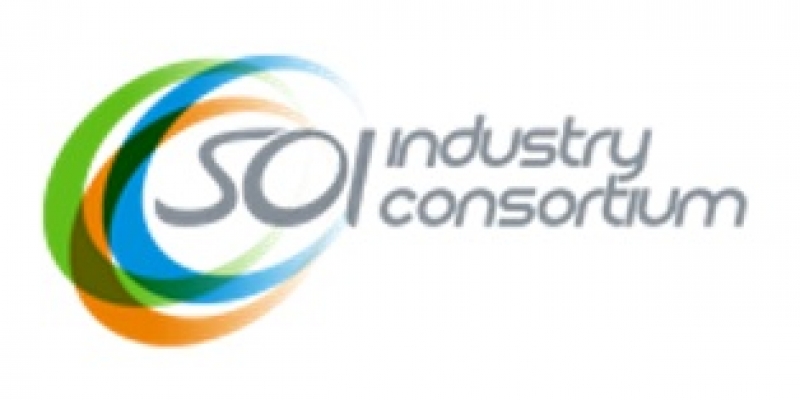 |
SOI Consortium |
Mazure, Carlos
SOI: A Unique Opportunity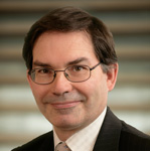
 Abstract Biography |
Opening Ceremony & Keynote |
 |
Soitec |
Radu, Ionut
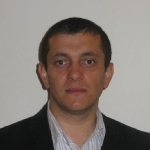
 Biography |
Technology for Communication |
 |
Soitec |
Brunier, Francois
Building European ecosystem on SOI to answer Societal challenges of Smart Mobility and Communication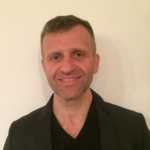
 Abstract Biography |
Technology for Communication |
 |
Soitec |
Maleville, Christophe
Expanding the engineered substrates era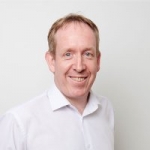
 Abstract Biography |
Strategic Materials Conference |
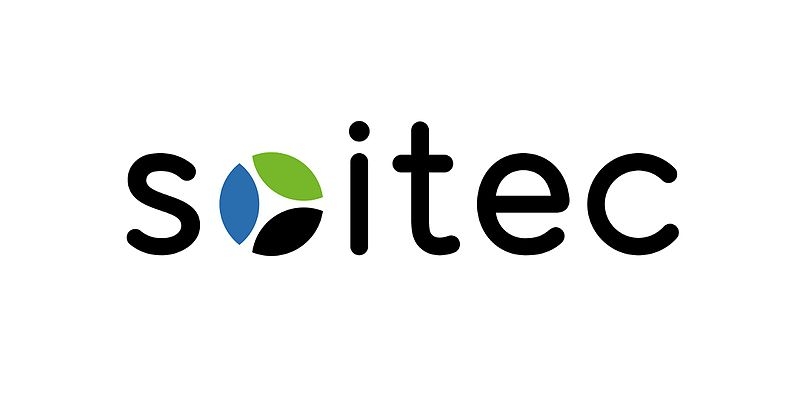 |
Soitec |
Piliszczuk, Thomas
More than Moore with engineered substrates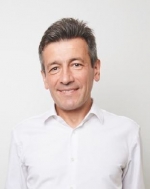
 Abstract Biography |
Challenges of Moores Law |
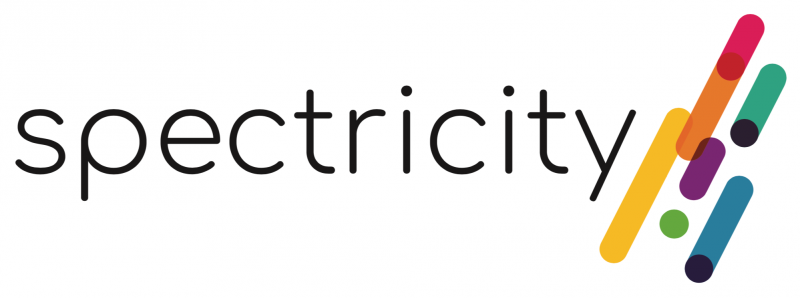 |
Spectricity |
Smets, Carl
How Hyperspectral Sensing Technologies can Help Enabling Wearables for Health Diagnostics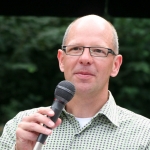
 Abstract Biography |
SMART MedTech |
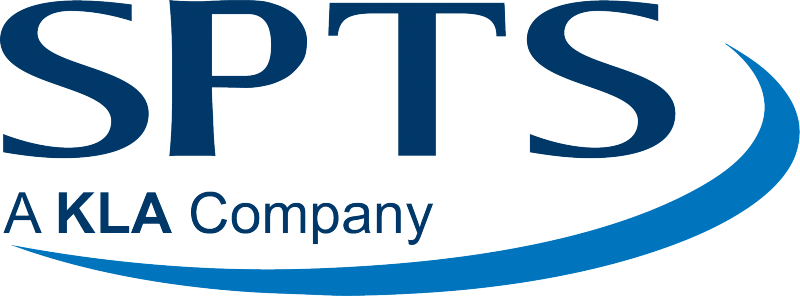 |
SPTS Technologies Ltd |
Ashraf, Huma
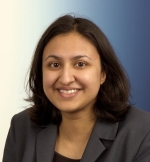
 Biography |
SMART Workforce |
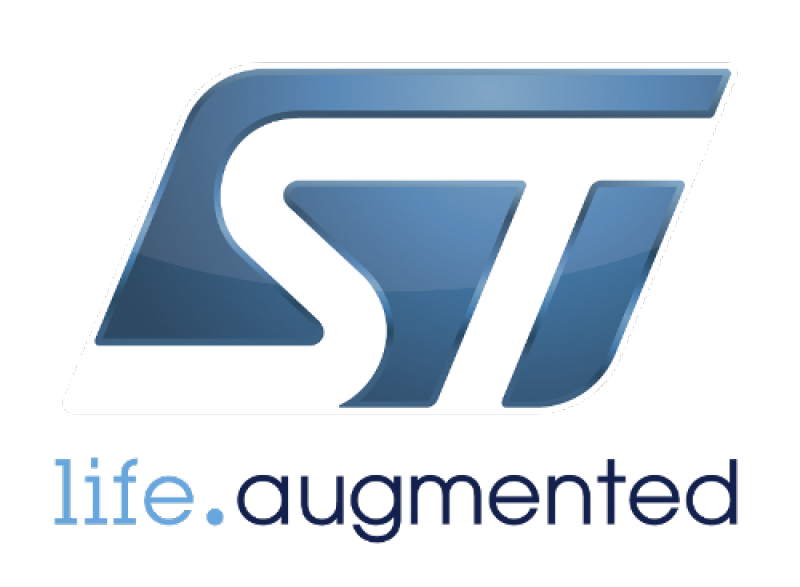 |
ST Microelectronics |
Nicoleau, Serge
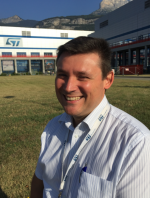
 Biography |
Fab Management Forum |
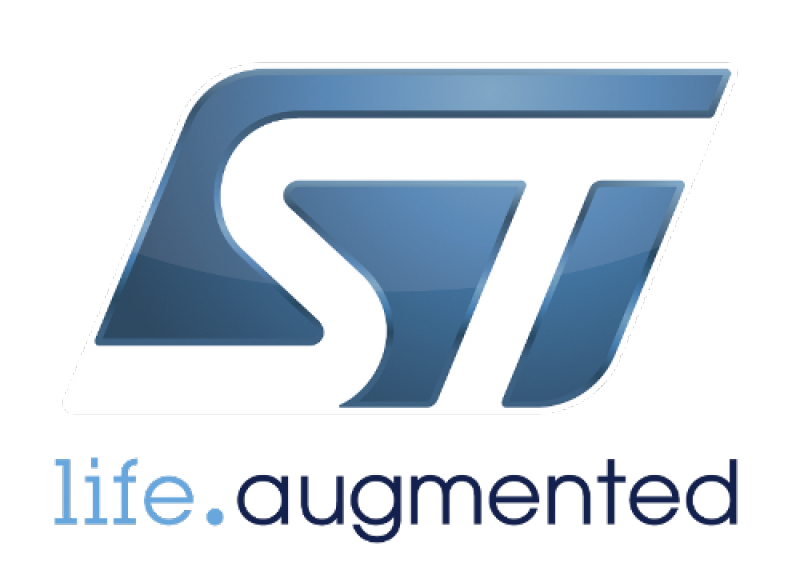 |
ST Microelectronics |
Demeure, Olivier
Manufacturing Data & Analytics for Future Fabs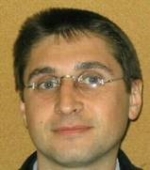
 Abstract Biography |
Fab Management Forum |
 |
Stiftung Neue Verantwortung |
Kleinhans, Jan-Peter
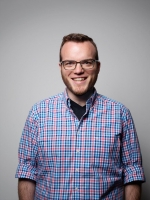
 Biography |
Global Trade Disputes: a zero-sum game for all ― is there a way out? |
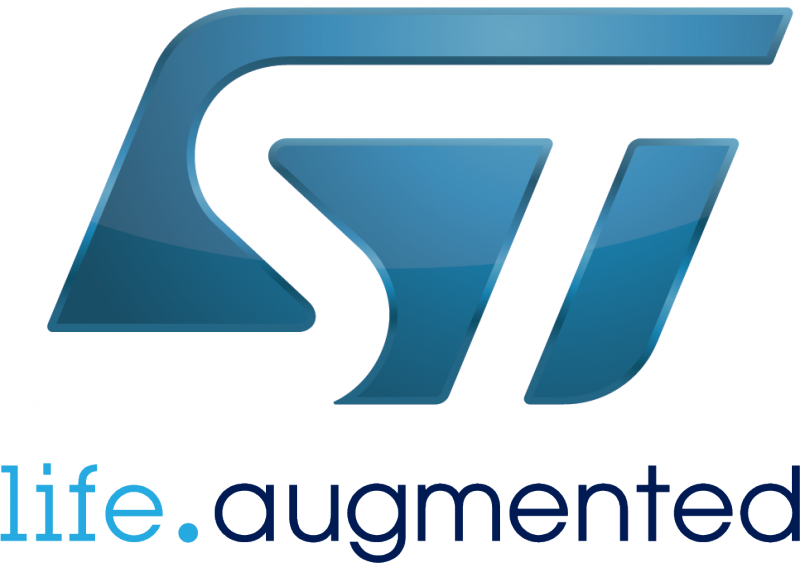 |
STMicroelectronics |
Bidault, Laurent
Automatic Defect Classification of images of defect or Wafermap using Deep Learning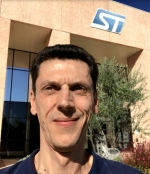
 Abstract Biography |
Fab Management Forum |
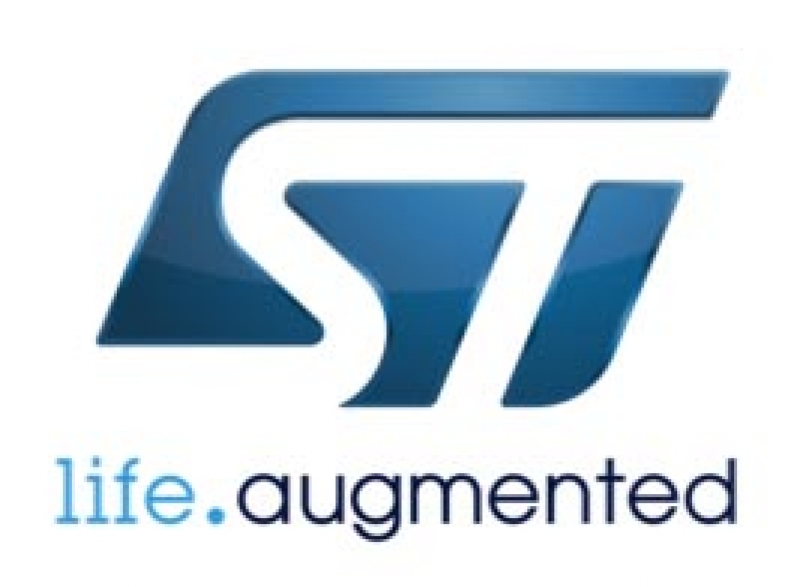 |
STMicroelectronics |
Watroba, Radoslaw
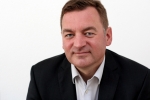
 Biography |
SMART Transportation Forum |
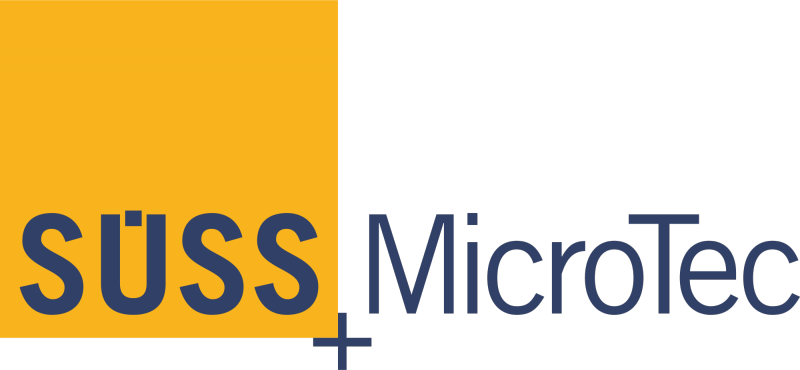 |
SUSS MicroTec |
Schmidt, Thomas
Advanced Plasma Surface Activation for Hybrid Fusion Bonding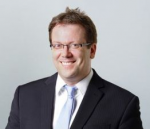
 Abstract Biography |
Advanced Packaging Conference |
| T | To top | ||
 |
Technische Universität Dresden |
Meier, Karsten
Development of a Modular Test Setup for Reliability Testing under Harsh Environment Conditions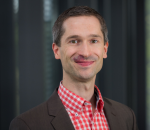
 Abstract Biography |
Advanced Packaging Conference |
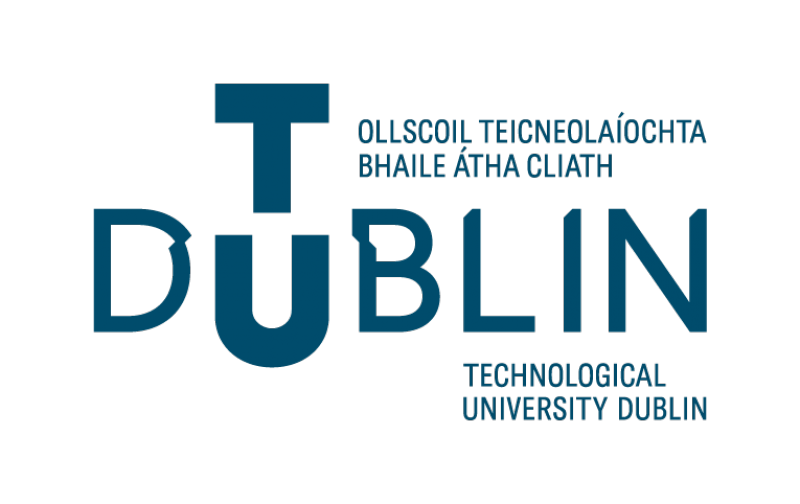 |
Technological University Dublin |
Walsh, John
From Products to Prostates: Experiments in 3D Printing Design and Creative Arts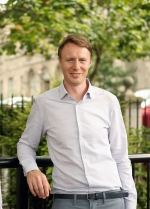
 Abstract Biography |
3D Printing |
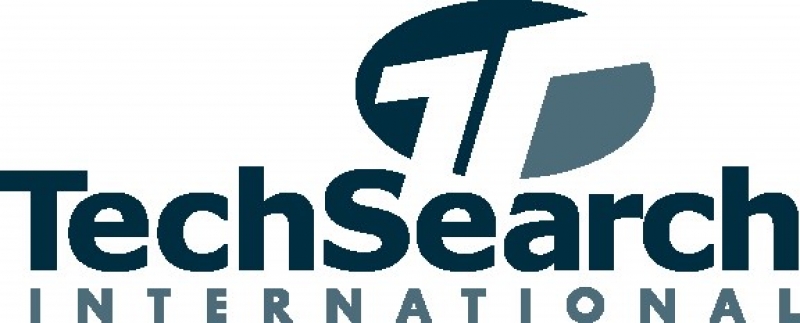 |
TechSearch International, Inc. |
Vardaman, Jan
Packaging Trends for AI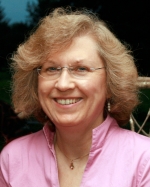
 Abstract Biography |
Advanced Packaging Conference |
 |
Techworks |
Banks, Alan
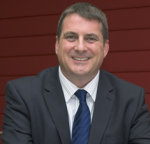
 Biography |
SMART Transportation Forum |
 |
Texas Instruments |
Enzelberger-Heim, Michael
Automated Hardware Diagnosis and Qualification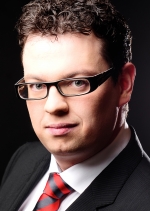
 Abstract Biography |
Fab Management Forum |
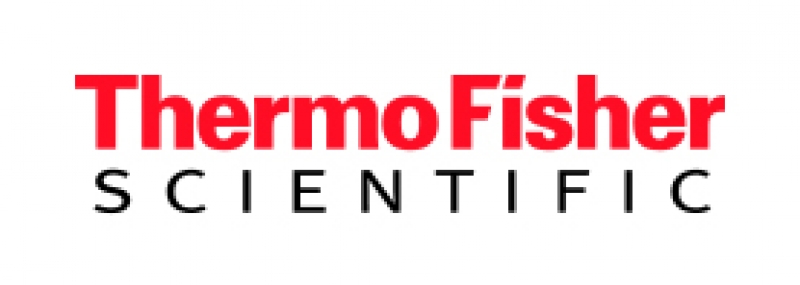 |
ThermoFisher Scientific |
de Jong, A. Frank
Metrology platforms developments for enhanced productivity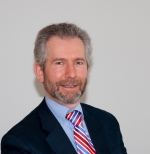
 Abstract Biography |
MADEin4 Session |
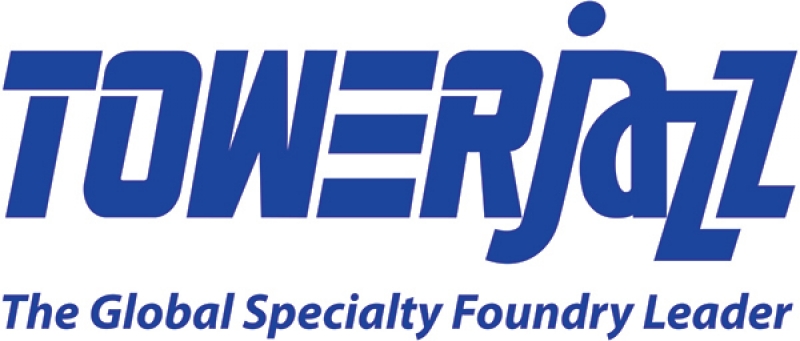 |
TowerJazz |
Hirsch, Yoav
Industry 4.0 Digitization of Manufacturing for Enhanced Productivity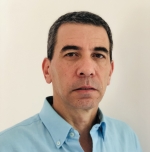
 Abstract Biography |
MADEin4 Session |
 |
Trymax-semiconductor |
Schaefer, Christian
UV Cure – an Enabling Process Technology for Efficient Thick Photoresist Drying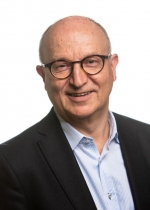
 Abstract Biography |
Exhibitor Presentations |
 |
TU Dresden IAVT |
Tiedje, Tobias
3D electronic packaging for IoT devices – from prototype to series production
 Abstract Biography |
3D Printing Young Disruptors |
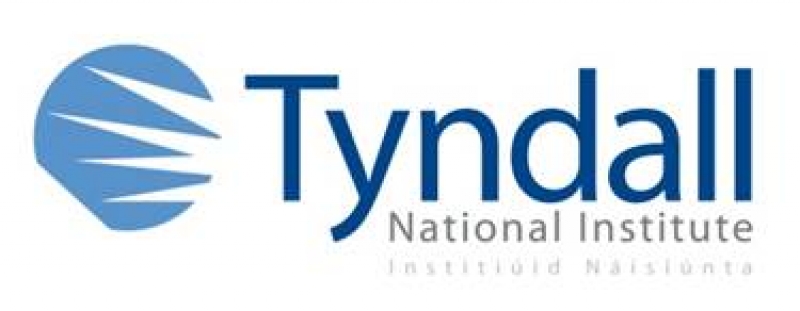 |
Tyndall National Institute |
Gunning, Fatima
Coherent photonic transmitters: what, how and when?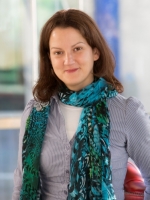
 Abstract Biography |
Smart Photonics |
| U | To top | ||
 |
ULVAC |
Yamazaki, Yoshifumi
ULVAC solutions for new MEMS devicesULVAC solutions for new MEMS devices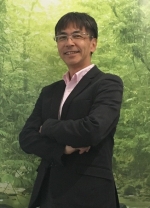
 Abstract Biography |
Exhibitor Presentations |
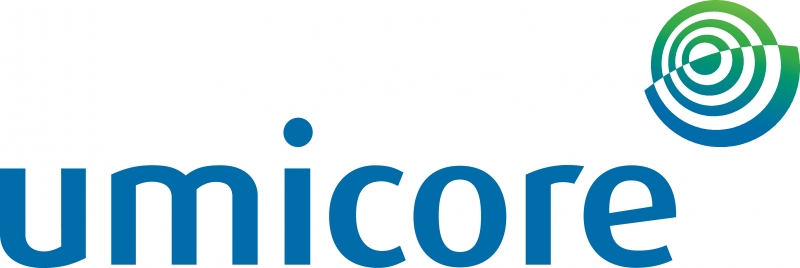 |
Umicore |
Steegen, An
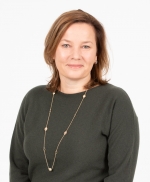
 Biography |
SMART Workforce |
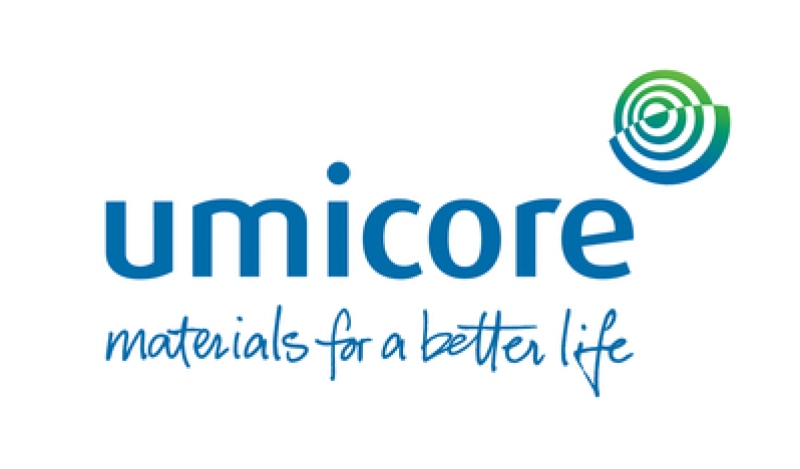 |
Umicore |
Carl Quaeyhaegens, Carl Quaeyhaegens
Building a circular economy in the electronic manufacturing industry: the perspective of a material solution supplier.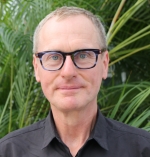
 Abstract Biography |
Building a Circular Economy in the Electronics Manufacturing Industry |
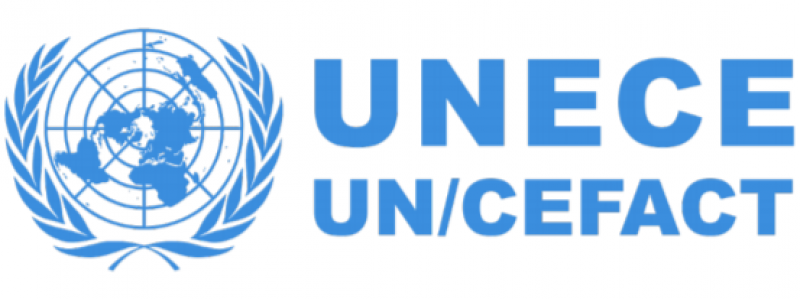 |
United Nations Centre for Trade Facilitation and Electronic Business (UN/CEFACT) |
Patchava, Anushka
Embracing Connectivity: Technologies Transforming the Digital Healthcare
 Abstract Biography |
Opening Ceremony & Keynote |
 |
Univ. grenoble Alpes, CNRS, LTM |
Pargon, Erwine
Si and SiN High-Q microresonators for quantum and nonlinear optics applications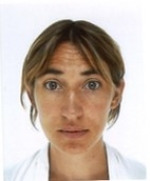
 Abstract Biography |
Smart Photonics |
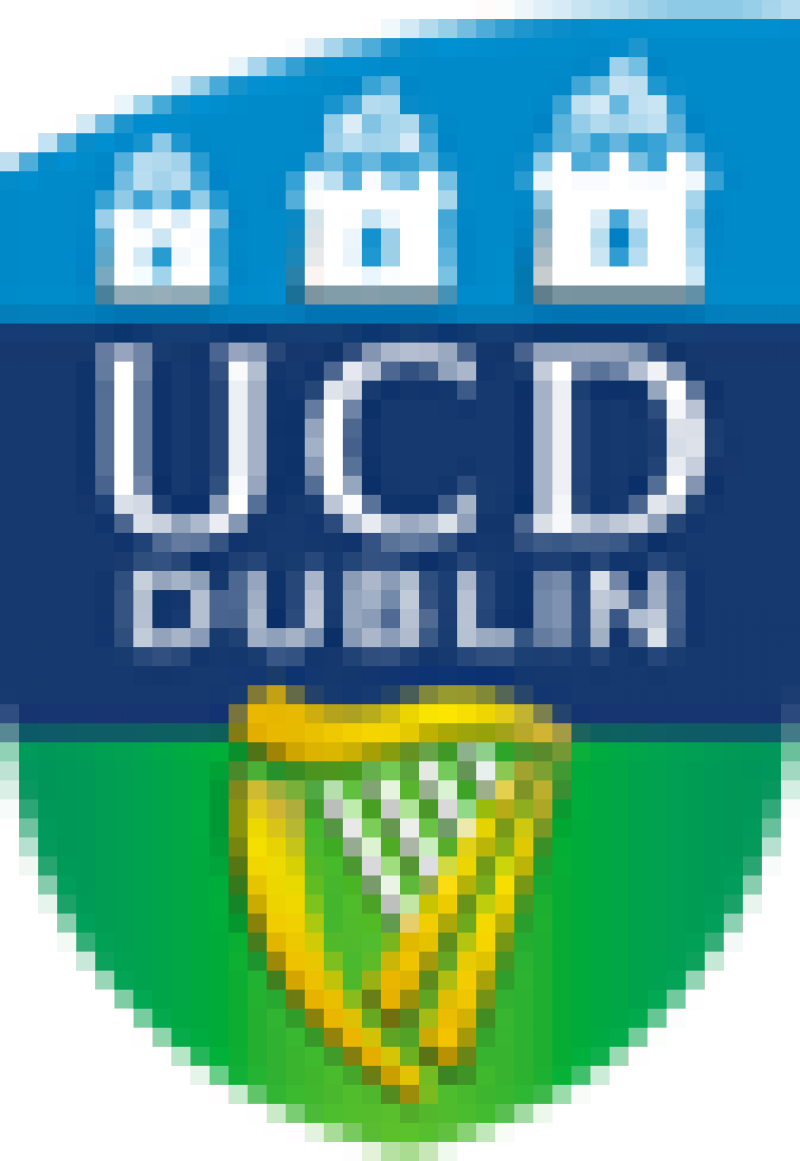 |
University College Dublin |
Russo, Giovanni
Cyber-Physical Human-in-the-Loop Systems for manufacturing: exploring the border between learning and control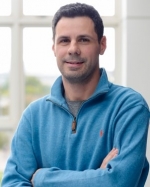
 Abstract Biography |
Smart Manufacturing I (software-centric) |
 |
University of Bristol |
Michalopoulou, Eleni
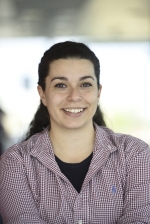
 Biography |
SMART Workforce |
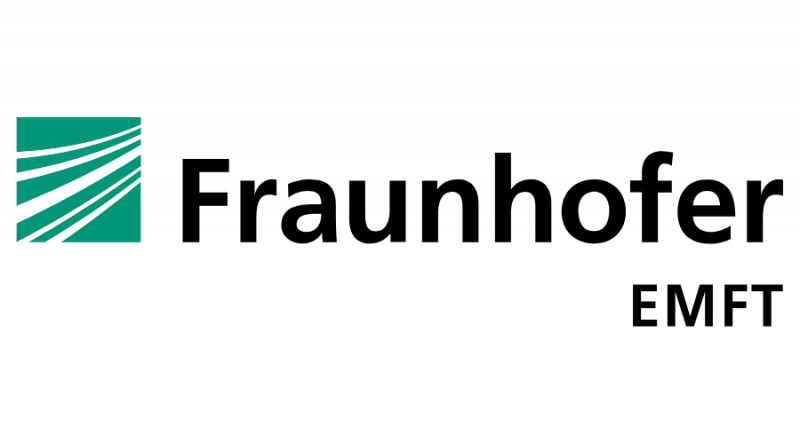 |
University of Regensburg |
Wegener, Joachim
Analytical Microtechniques to Monitor Cell and Tissue Phenotypes
 Abstract Biography |
SMART MedTech |
 |
University of Stuttgart, Institute of Semiconductor Engineering (IHT) |
Schulze, Jörg
SiGeSn – A new (old) building block for nano- and optoelectronic devices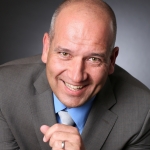
 Abstract Biography |
Strategic Materials Conference |
 |
University of Twente |
Zwanenburg, Floris
Ambipolar quantum dots in planar silicon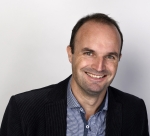
 Abstract Biography |
Disruptive Computing |
| V | To top | ||
 |
VAT Group |
Gahler, Desiree

 Biography |
SMART Workforce |
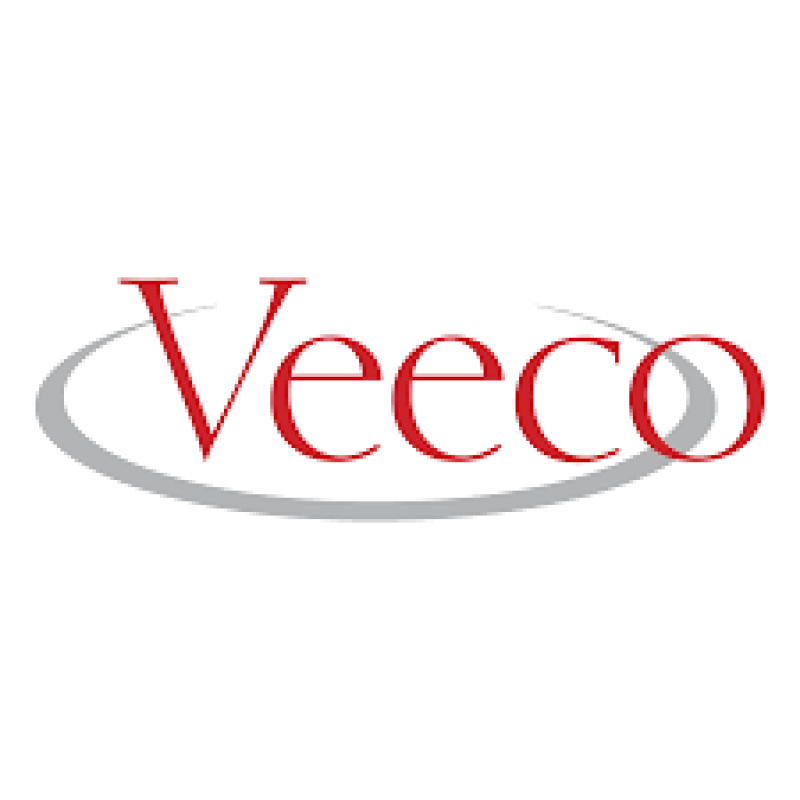 |
Veeco |
Sundin, Phillip
Addressing Impact of Shrinking Line/Space Dimensions on PR Strip, UBM/RDL Etch and Wafer Thinning Processes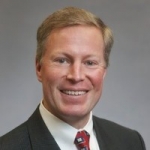
 Abstract Biography |
Advanced Packaging Conference |
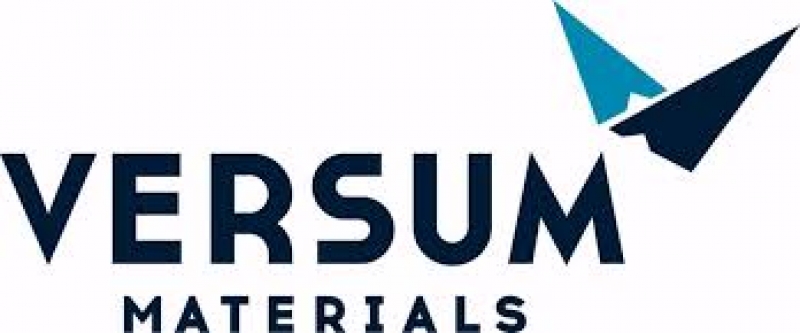 |
Versum Materials |
Buchanan, Iain
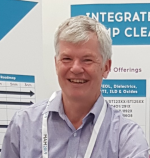
 Biography |
Strategic Materials Conference |
 |
Vista Ventures, LLC |
Hogan, Jim
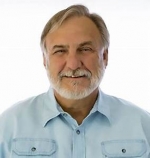
 Biography |
SMART Design |
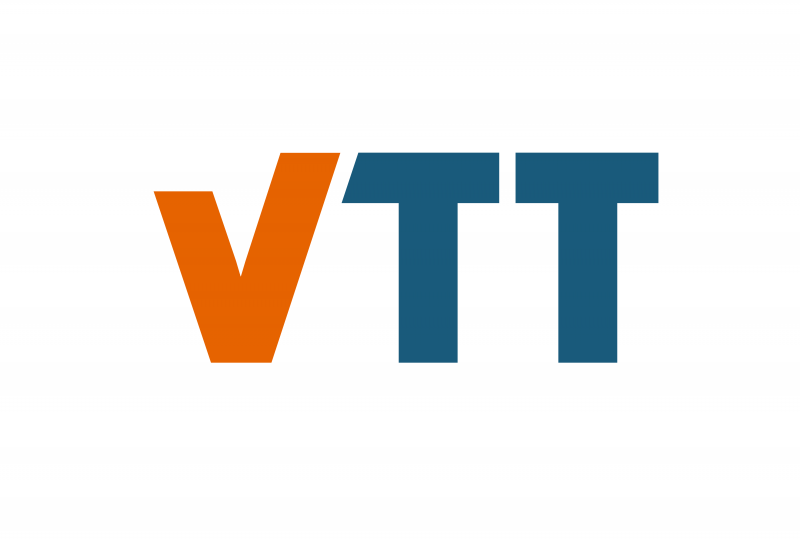 |
VTT |
Aalto, Timo
Micron-scale low-loss silicon photonics for communication and sensing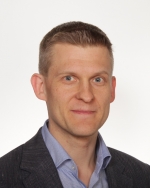
 Abstract Biography |
Smart Photonics |
| W | To top | ||
 |
World Economic Forum |
Schwab, Olivier
Leadership in the Fourth Industrial Revolution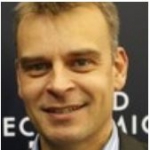
 Abstract Biography |
Opening Ceremony & Keynote |
| X | To top | ||
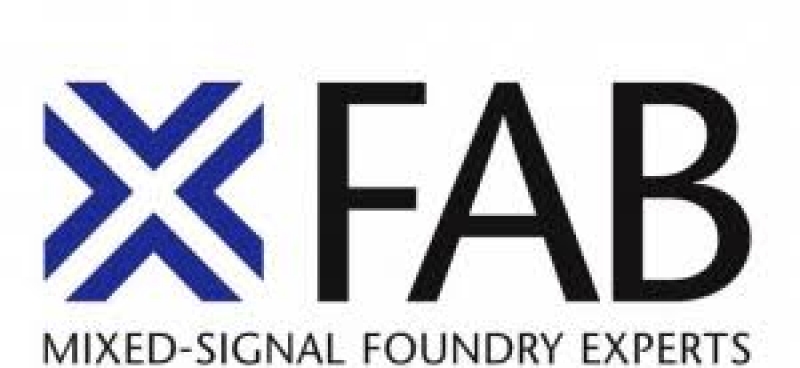 |
X-FAB |
Podewils, Mario
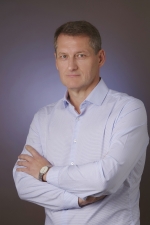
 Biography |
Fab Management Forum |
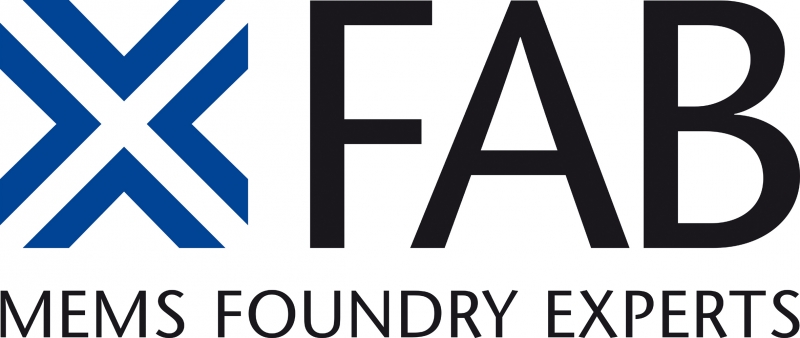 |
X-FAB MEMS Foundry |
Ernst, Stefan
Medical is the next Automotive – the Advance of Silicon-based Microfluidics Technologies and Applications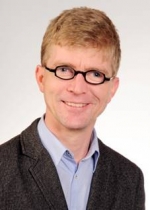
 Abstract Biography |
SMART MedTech |
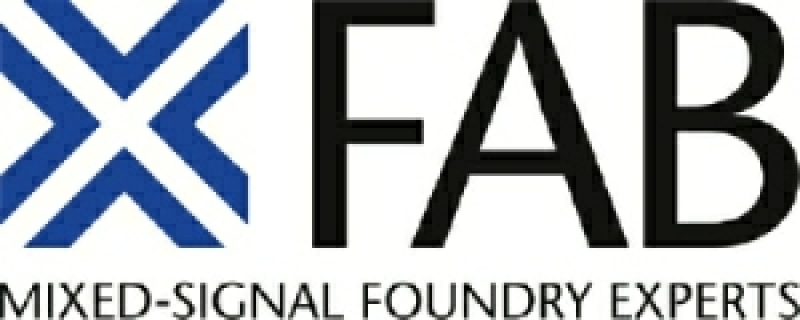 |
X-FAB MEMS Foundry GmbH |
Leopold, Steffen
Clash of Generations? – Changing Motivations, Requirements and Communication Styles as Seen by Young Professionals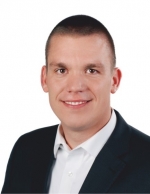
 Abstract Biography |
Fab Management Forum |
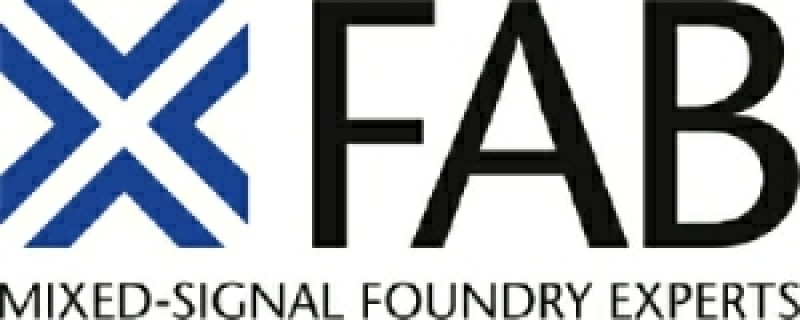 |
X-FAB MEMS Foundry GmbH |
Berthold, Theresa
Clash of Generations? – Changing Motivations, Requirements and Communication Styles as Seen by Young Professionals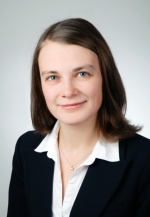
 Abstract Biography |
Fab Management Forum |
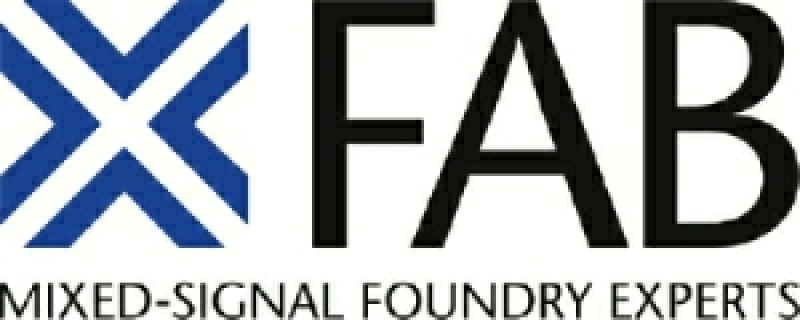 |
X-FAB Semiconductor Foundries GmbH |
Liebau, Matthias
Development of an Efficient Software-Backup-Management-System for Semiconductor Equipment Controllers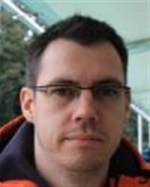
 Abstract Biography |
Fab Management Forum |
| Y | To top | ||
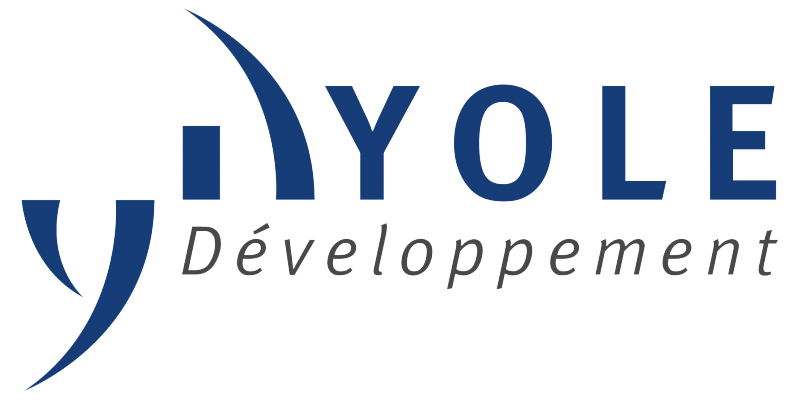 |
Yole Développement |
Jolivet, Emilie
5G enabler : Advanced Packaging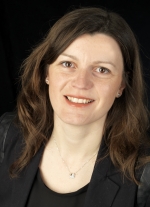
 Abstract Biography |
Advanced Packaging Conference |
 |
Yole Développement |
Pizzagalli, Amandine
Equipment Manufacturing Trends: What to expect for More than Moore devices?
 Abstract Biography |
Strategic Materials Conference Market Briefing |
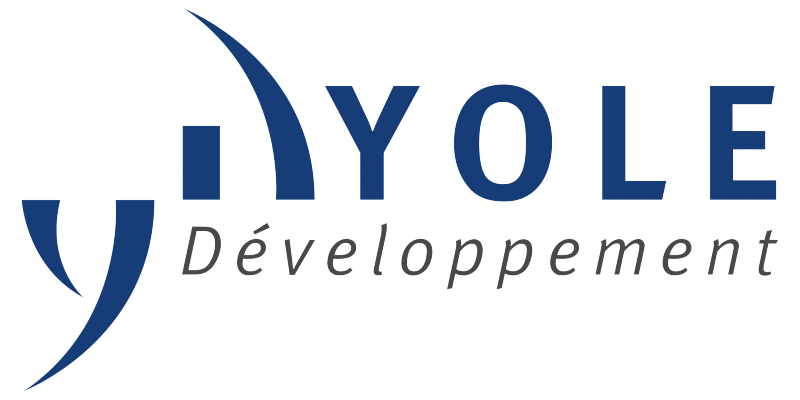 |
Yole Développement |
Boulay, Pierrick
How next generation cars will impact the automotive industry?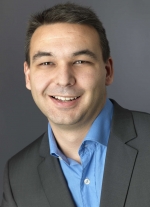
 Abstract Biography |
SMART Transportation Forum |
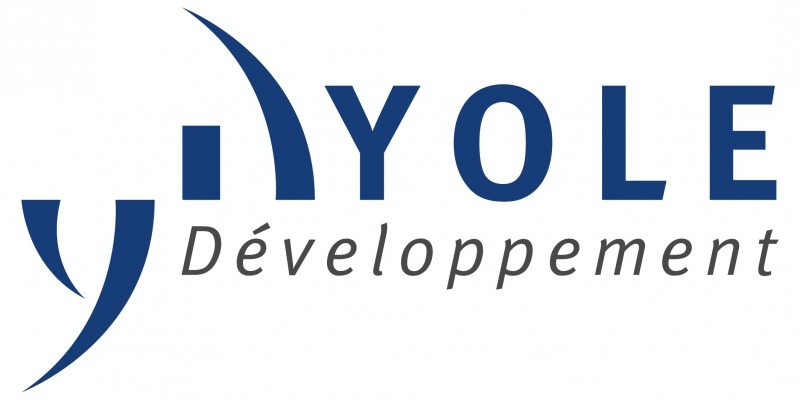 |
Yole Développement |
Mouly, Jerome
Personalized Medicine: Toward Innovative Solutions to Meet Healthcare Challenges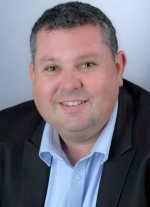
 Abstract Biography |
SMART MedTech |
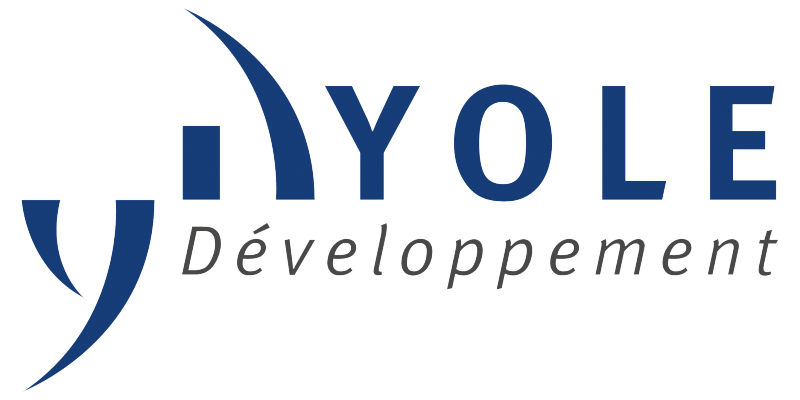 |
Yole Développement |
Troadec, Claire
5G's impact on RF Front-End: from Telecom Infrastructure to Hand sets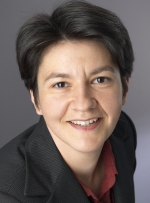
 Abstract Biography |
Technology for Communication |
| Z | To top | ||
 |
Zelenograd NanoTechnology Center |
Shaimardanova, Oksana
MEMS for IoT: transfer ideas into solutions. From local market to global industry.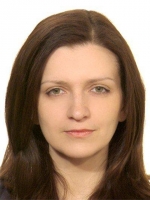
 Abstract Biography |
Russia on the Edge of Digital Transformation |
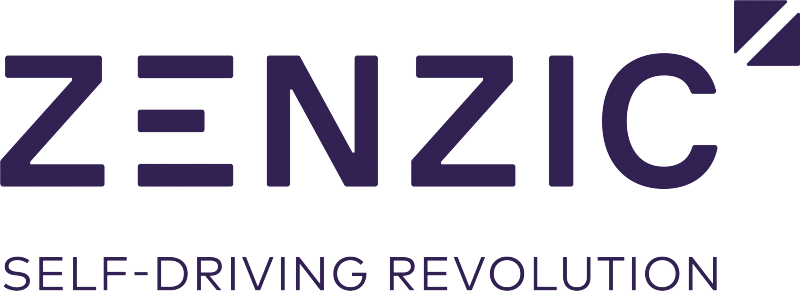 |
Zenzic |
Porter, Richard
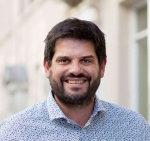
 Biography |
SMART Transportation Forum |
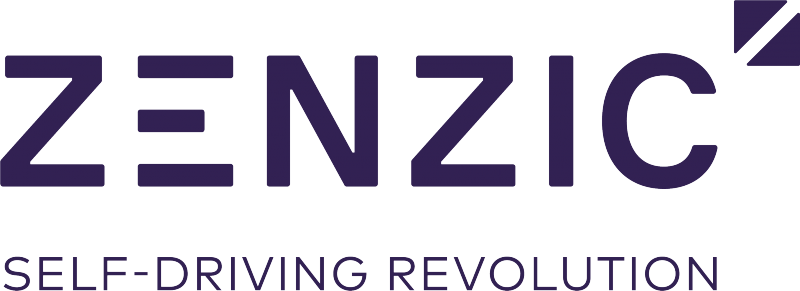 |
Zenzic |
Cracknell, Mark
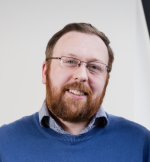
 Biography |
SMART Transportation Forum |
 |
Zollner Elektronik AG |
Hoffmann, Markus M.
Smart Manufacturing setups to achieve an AI based Digital Transmission within the EMS-industry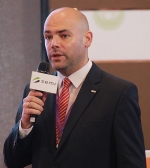
 Abstract Biography |
Smart Manufacturing II (hardware-centric) |